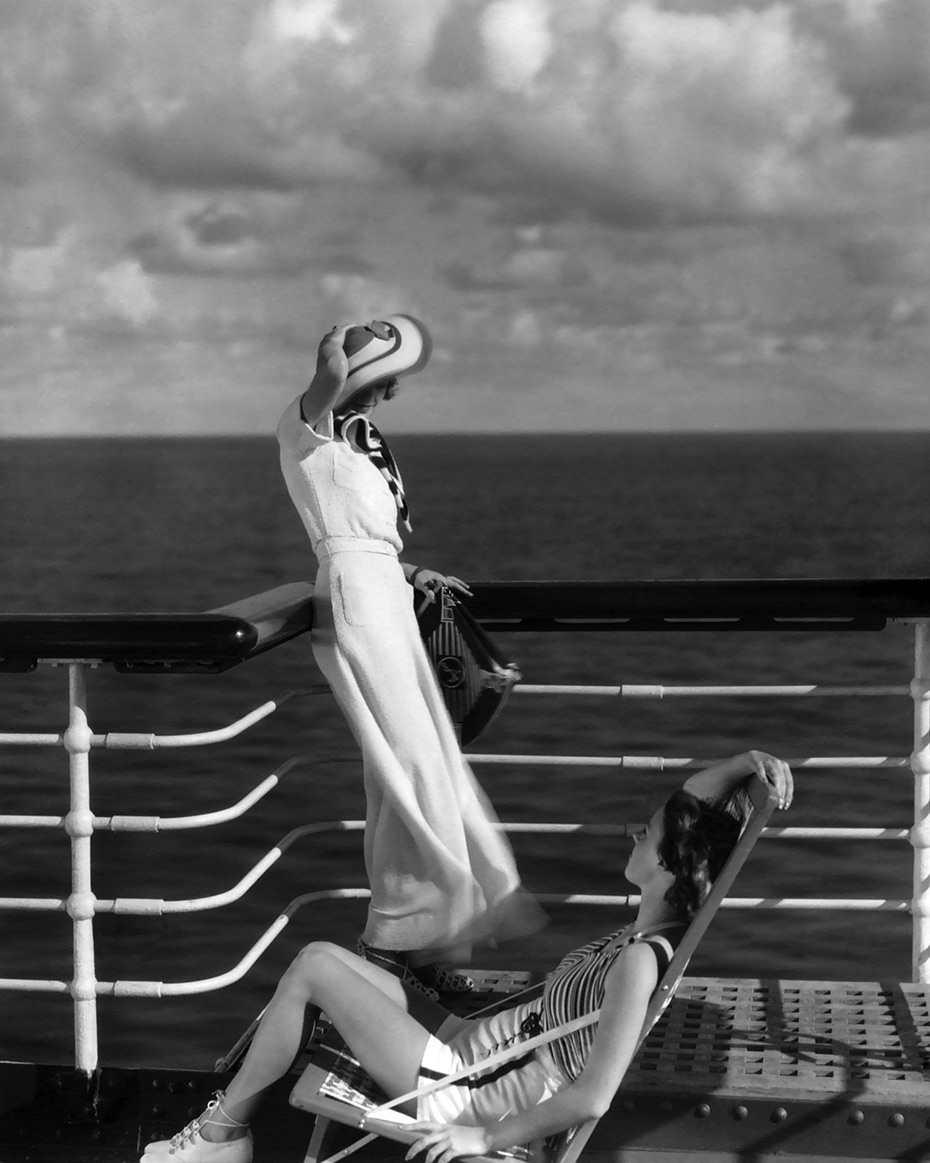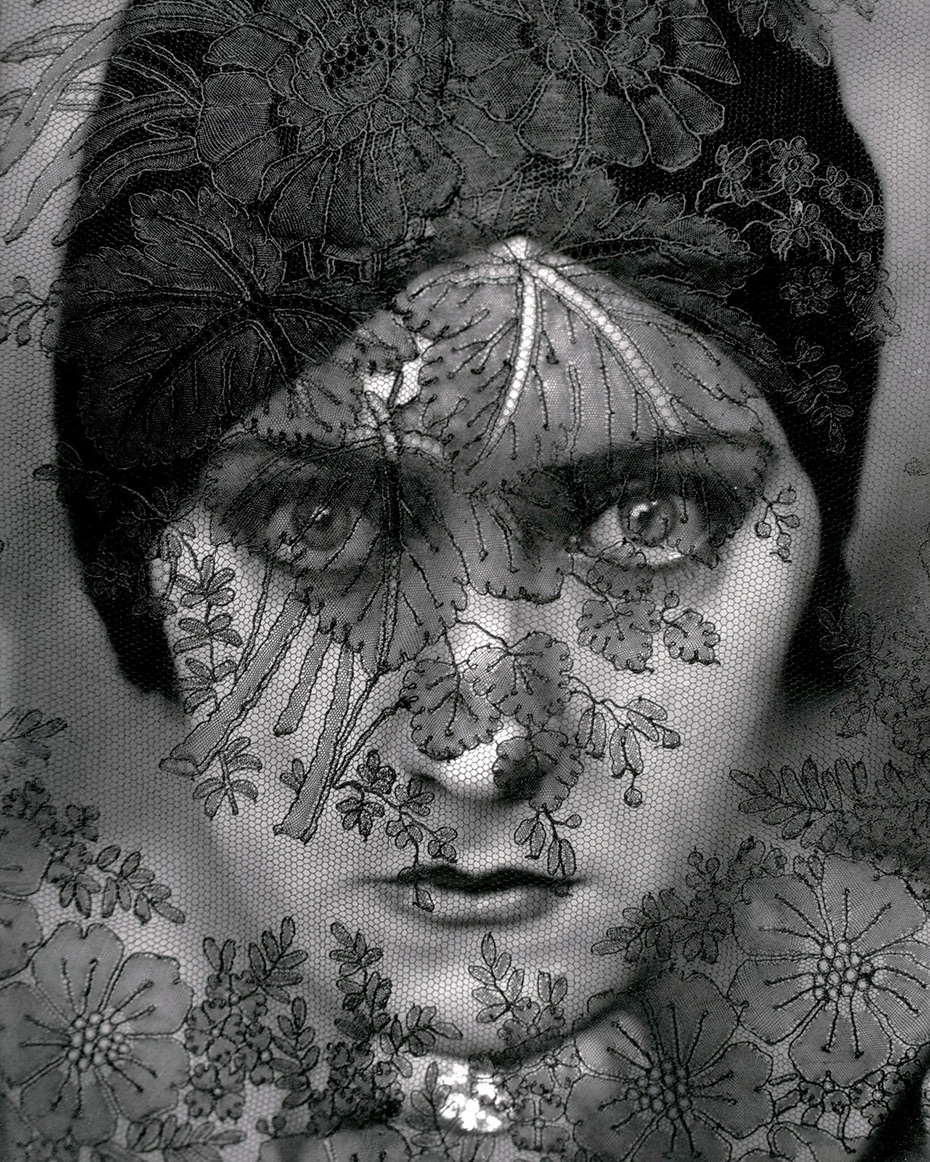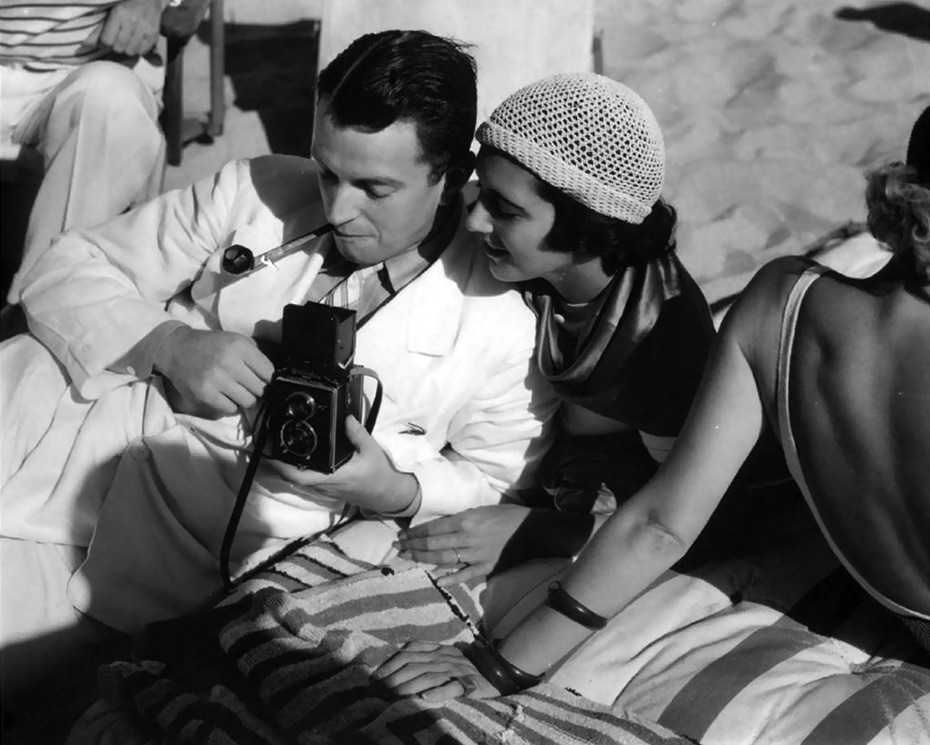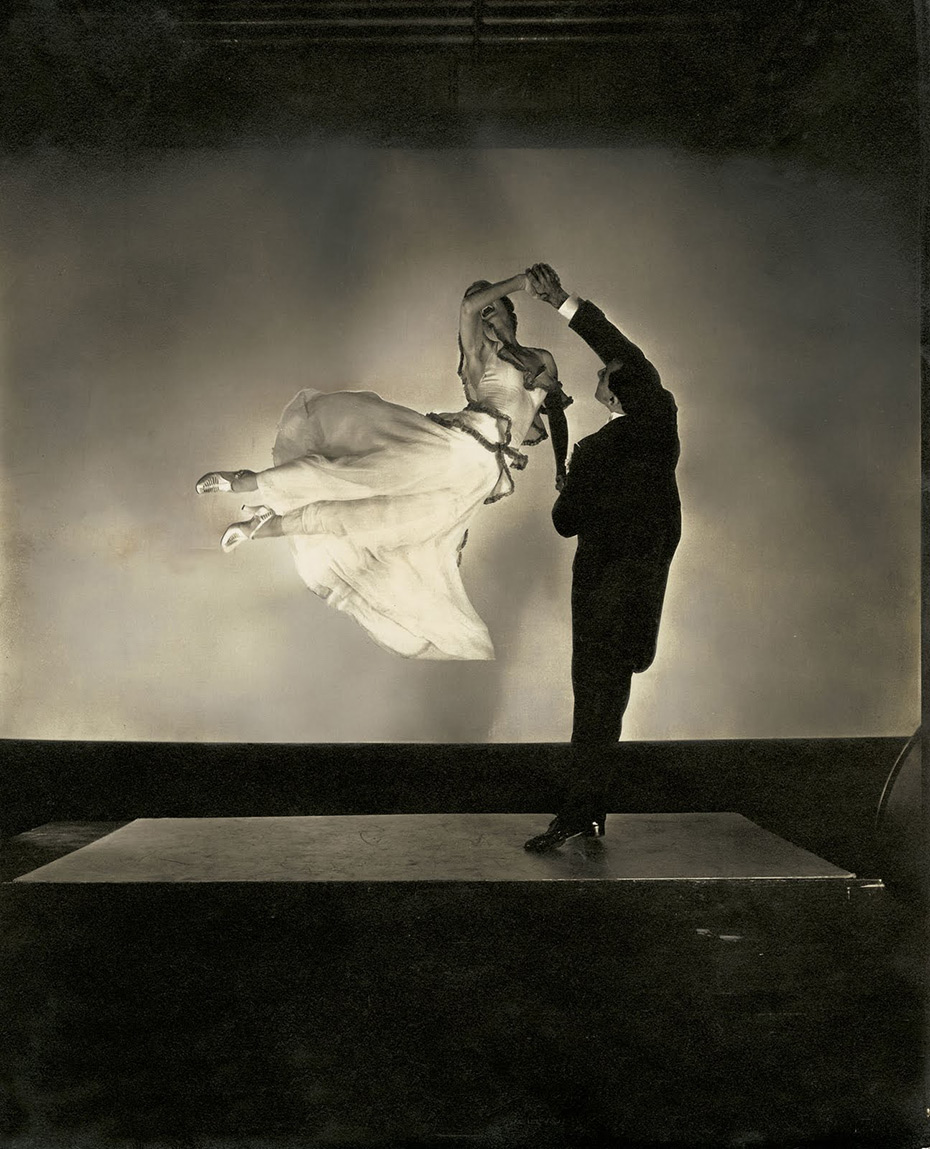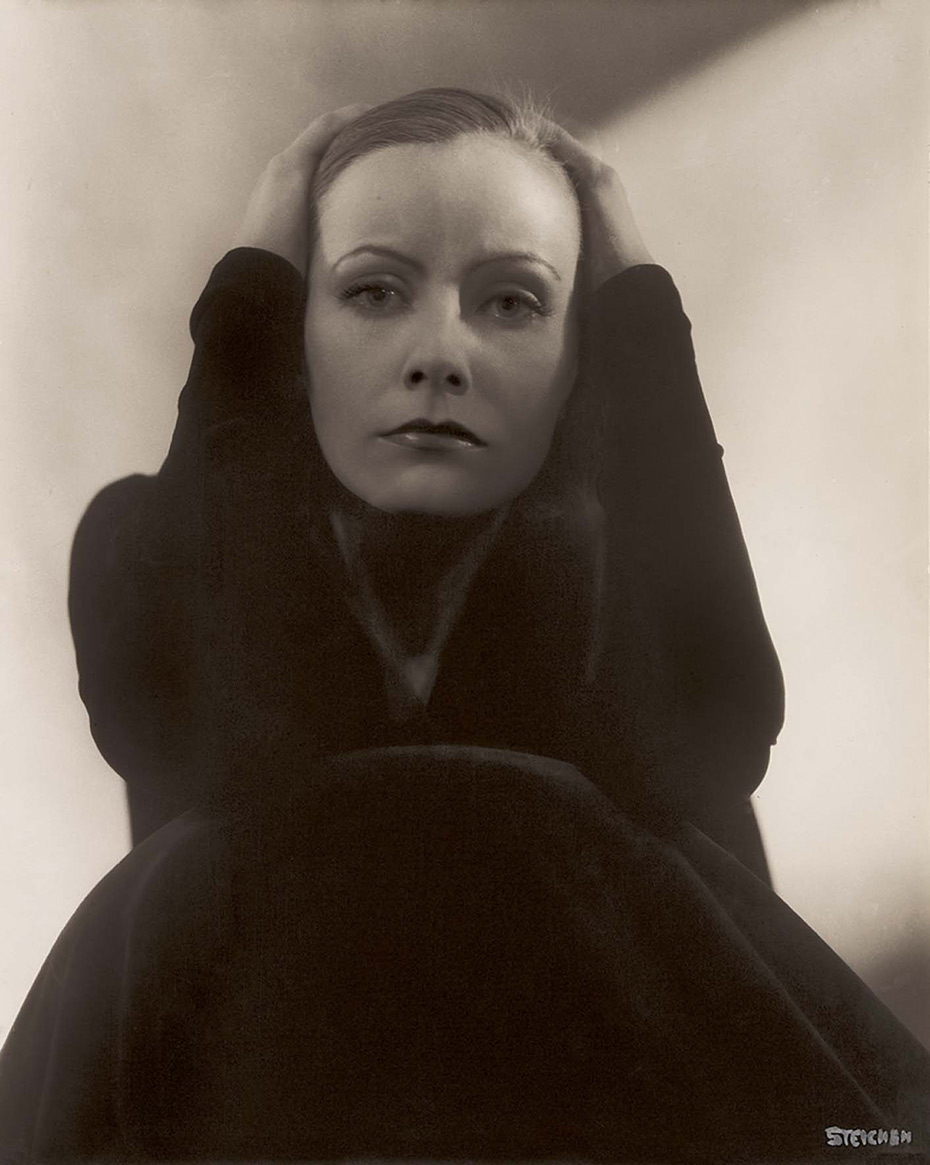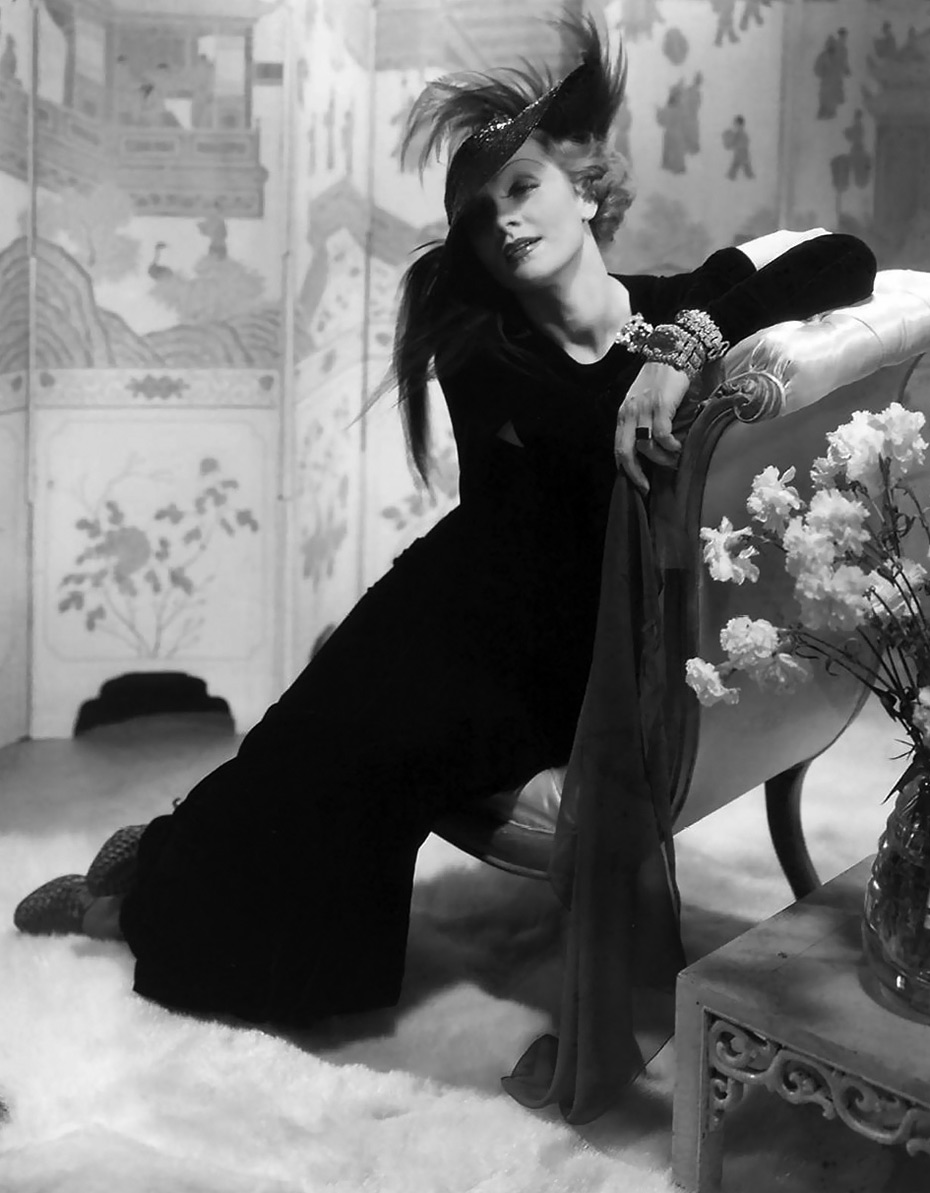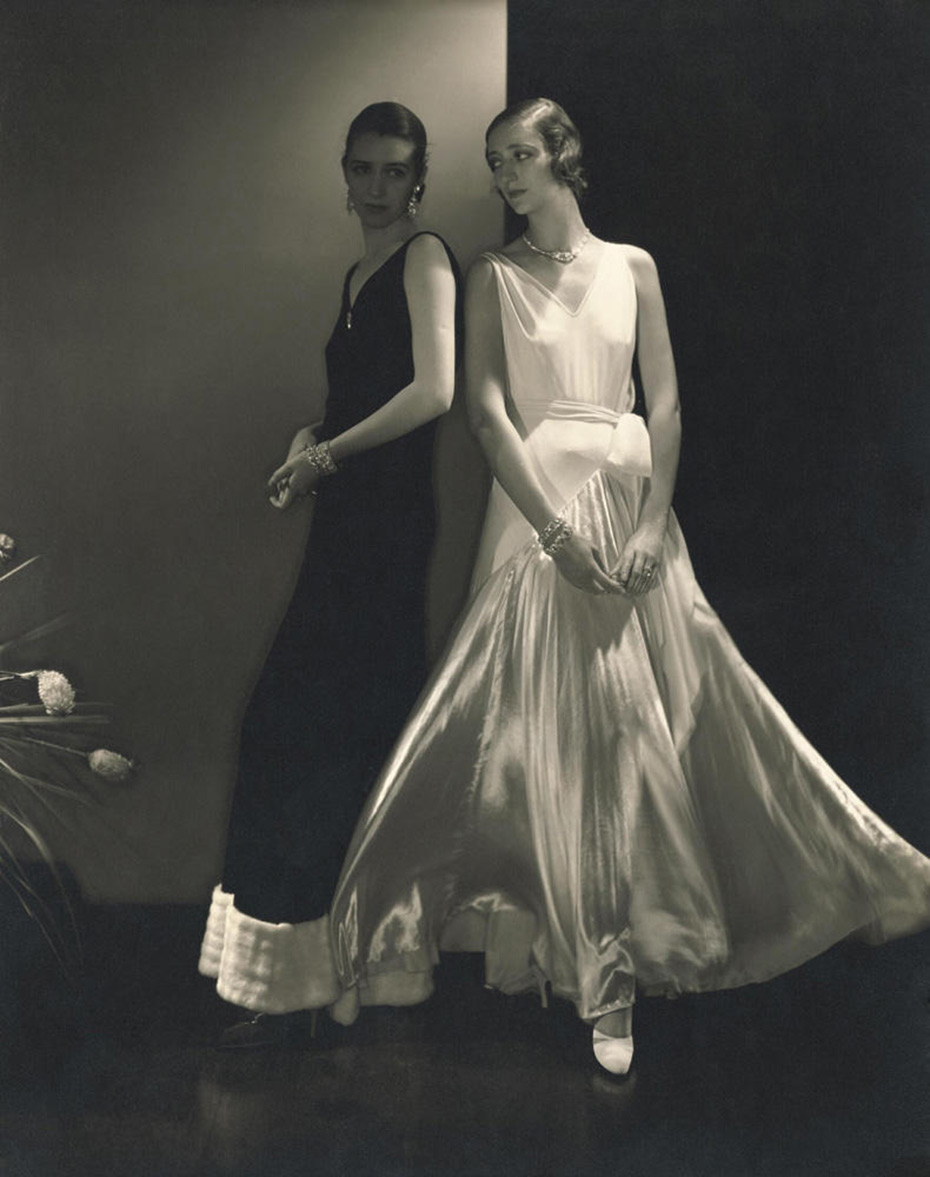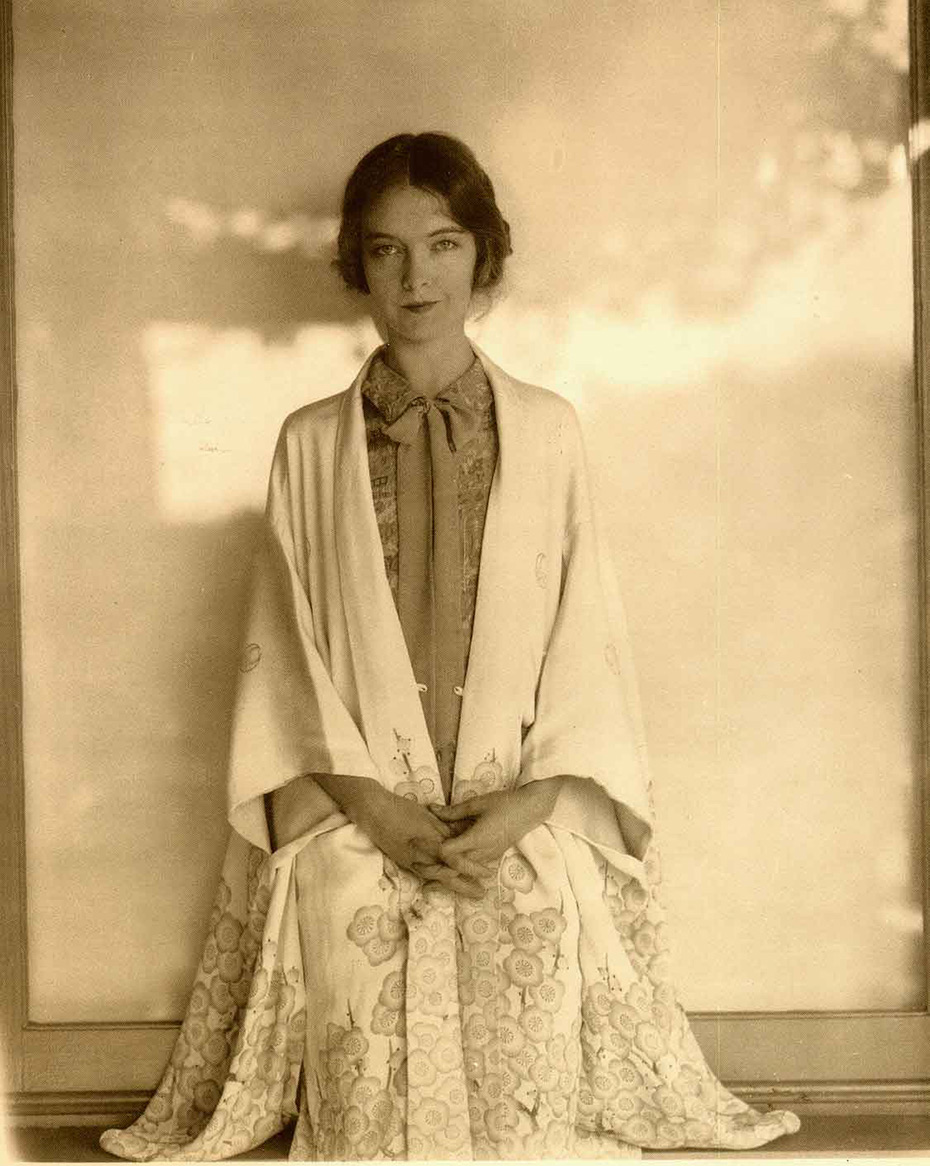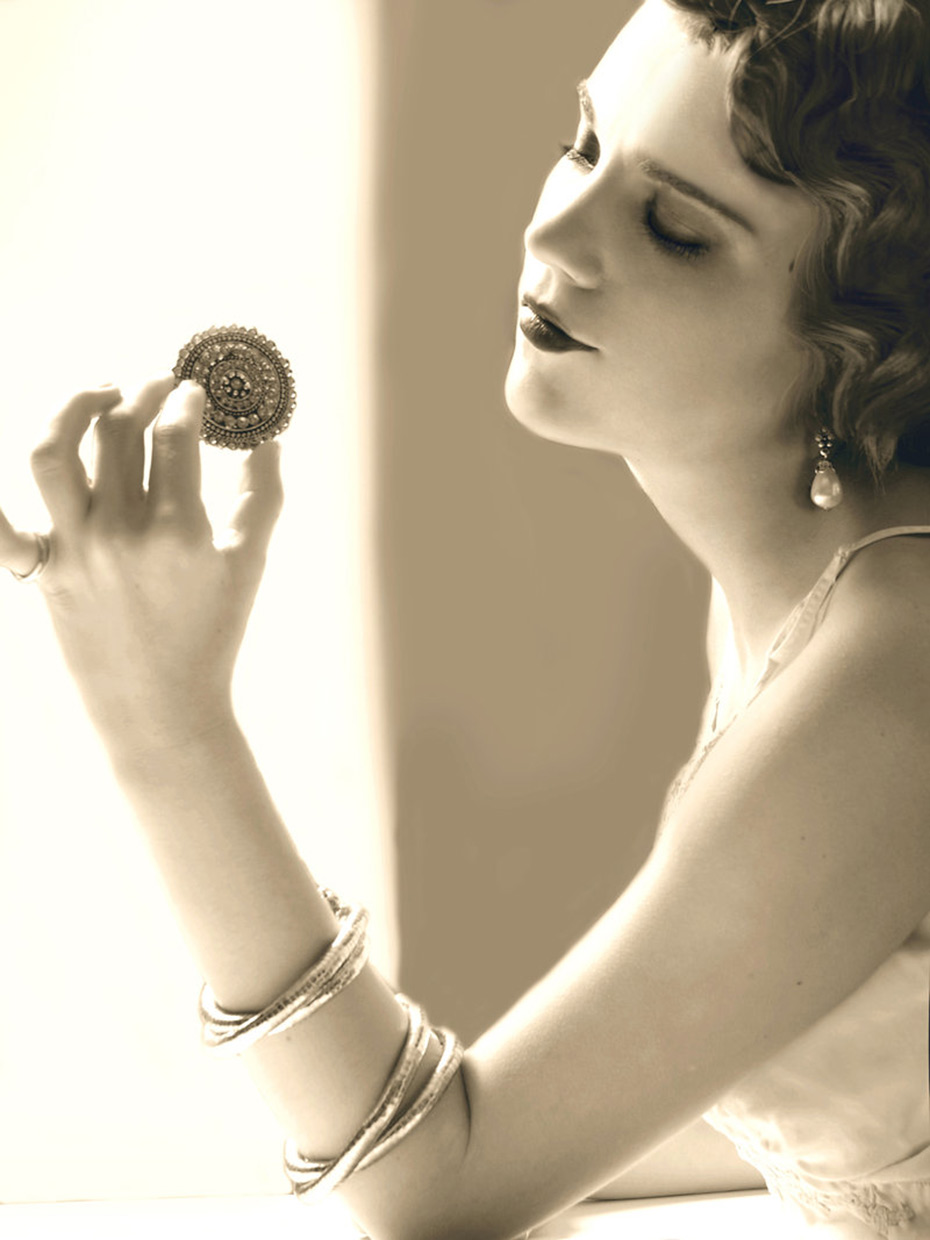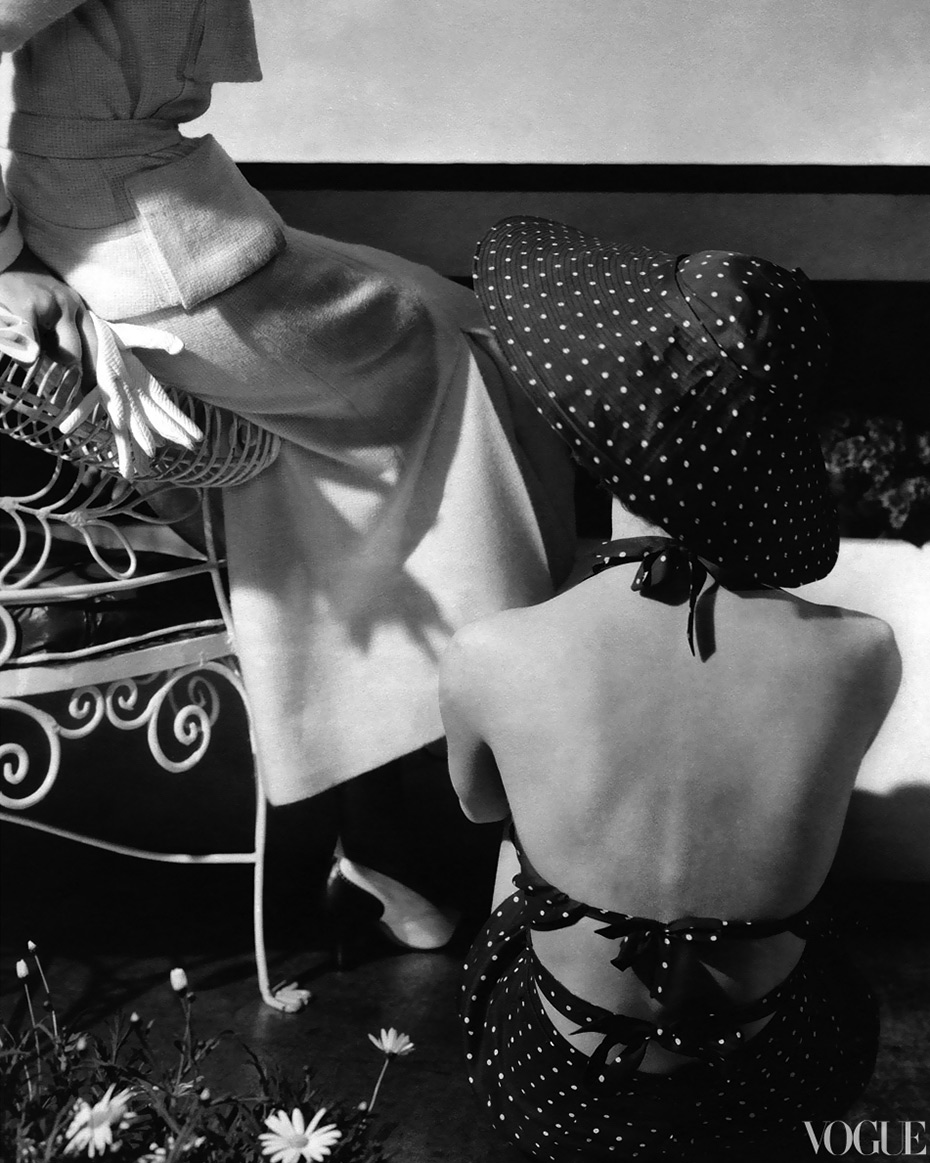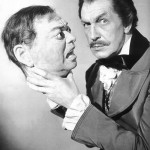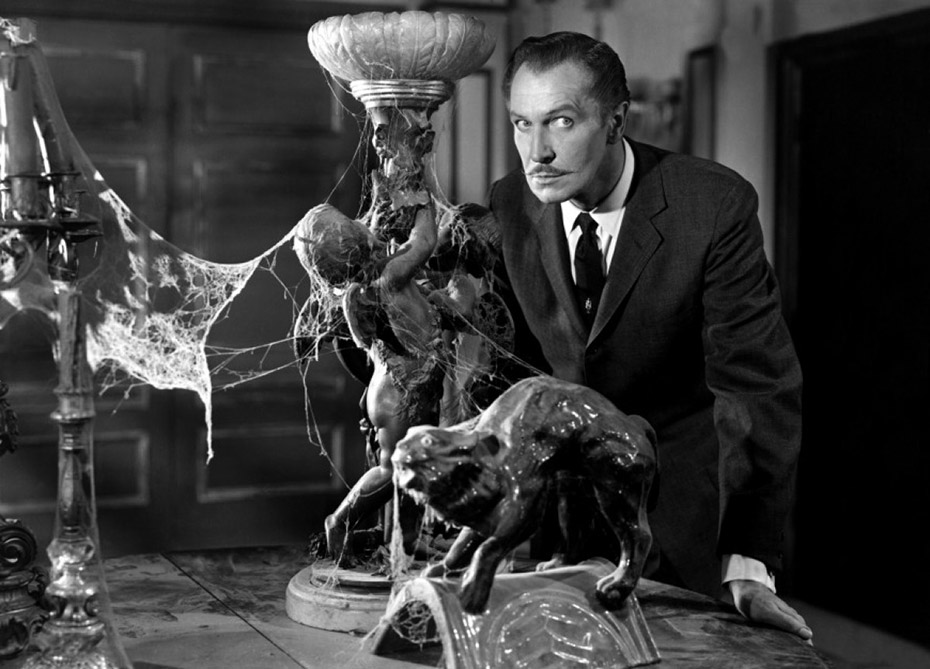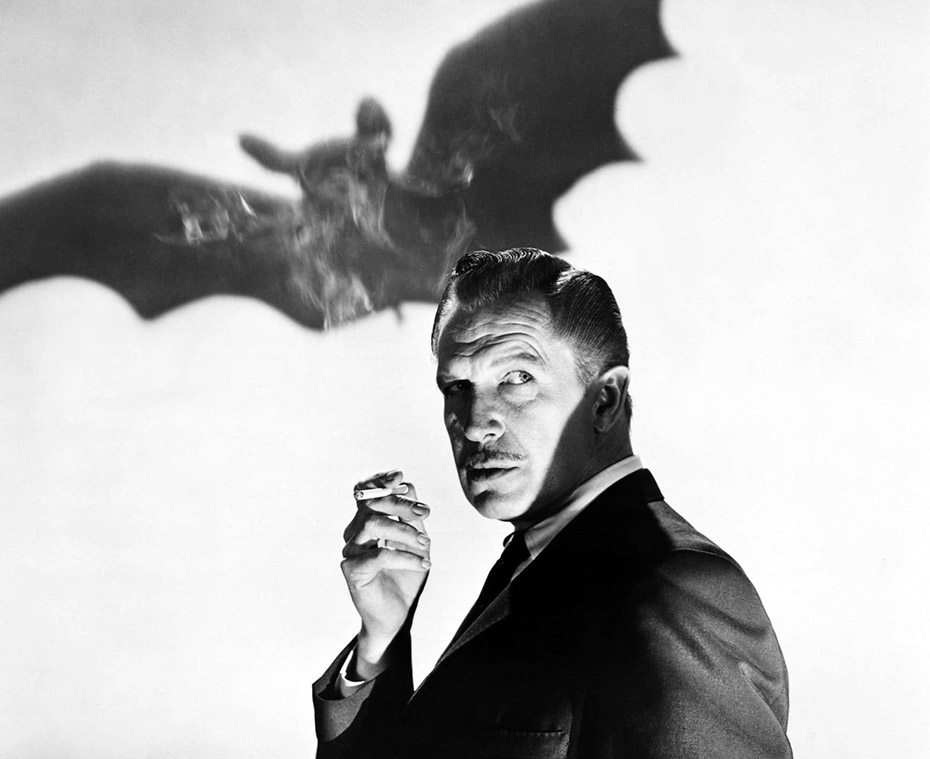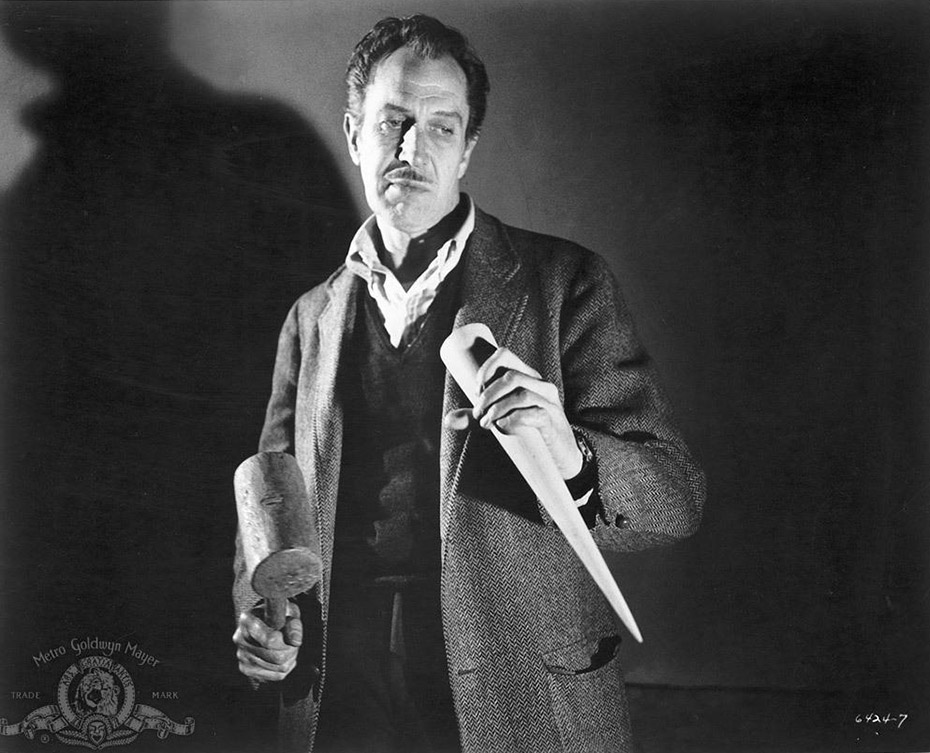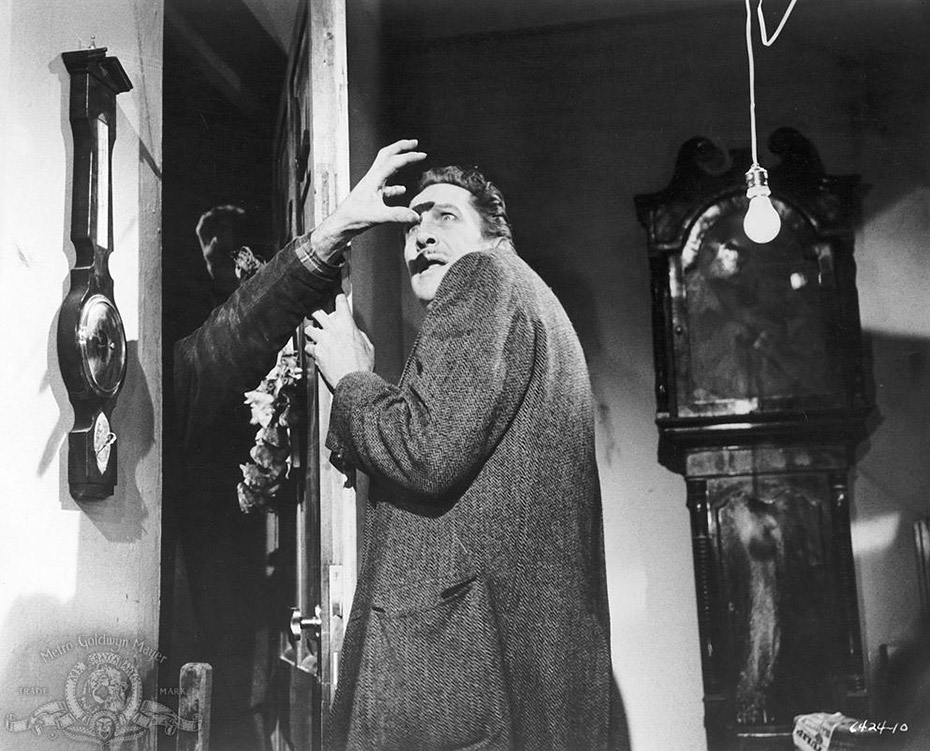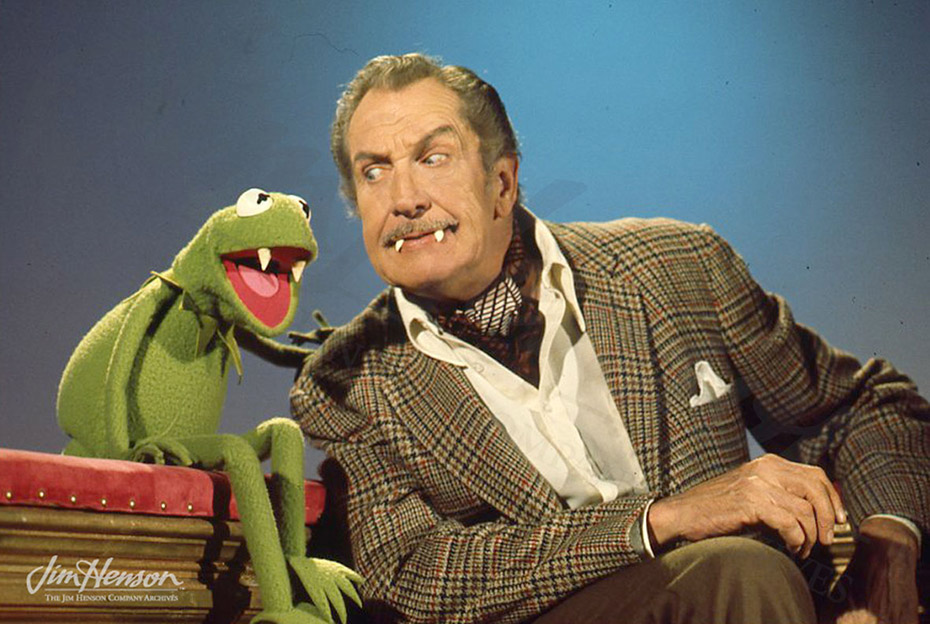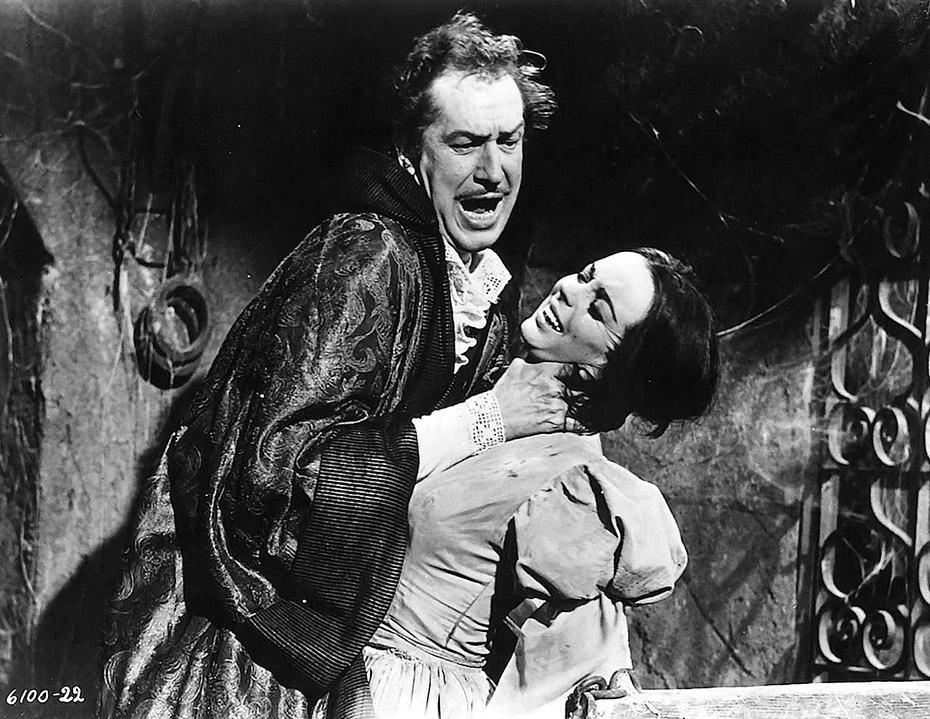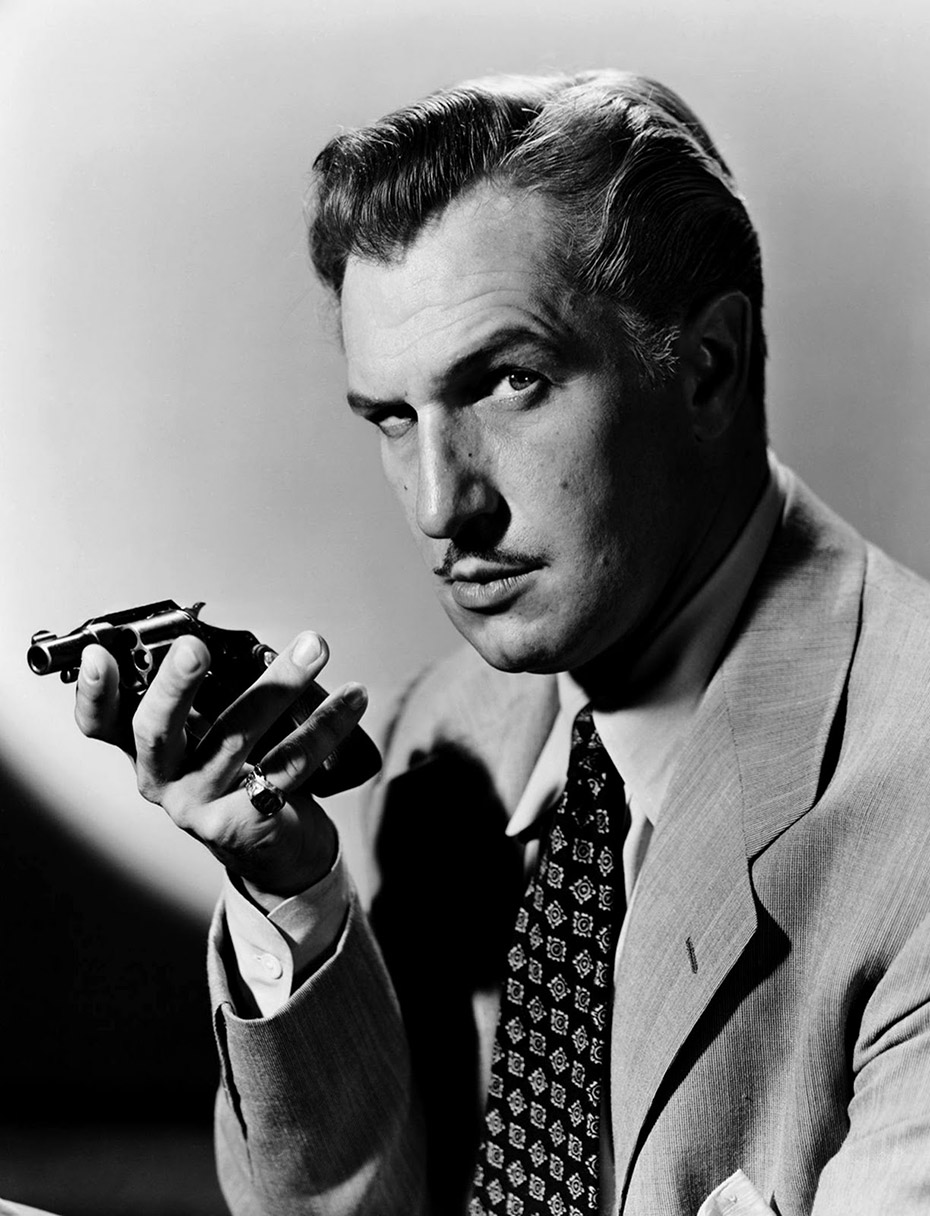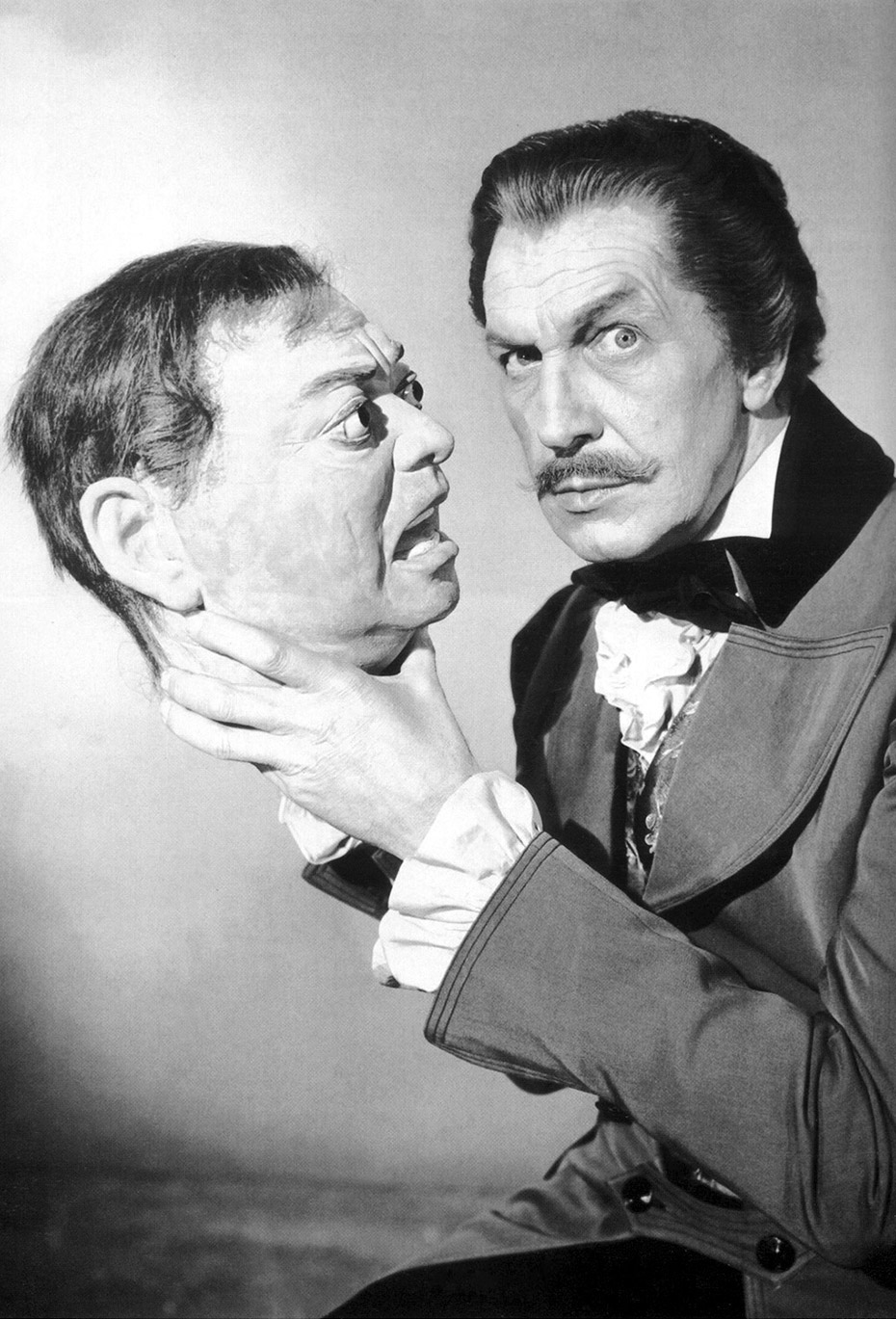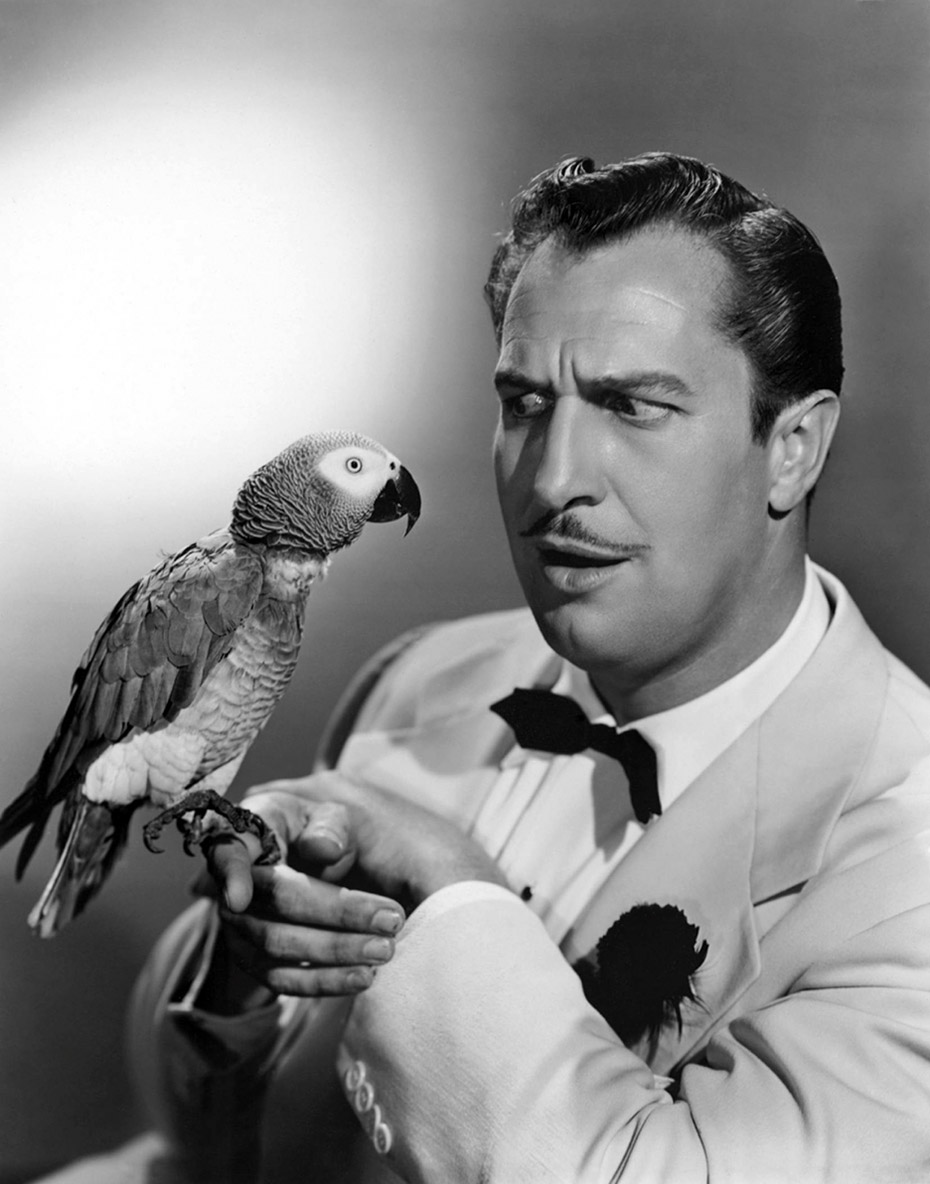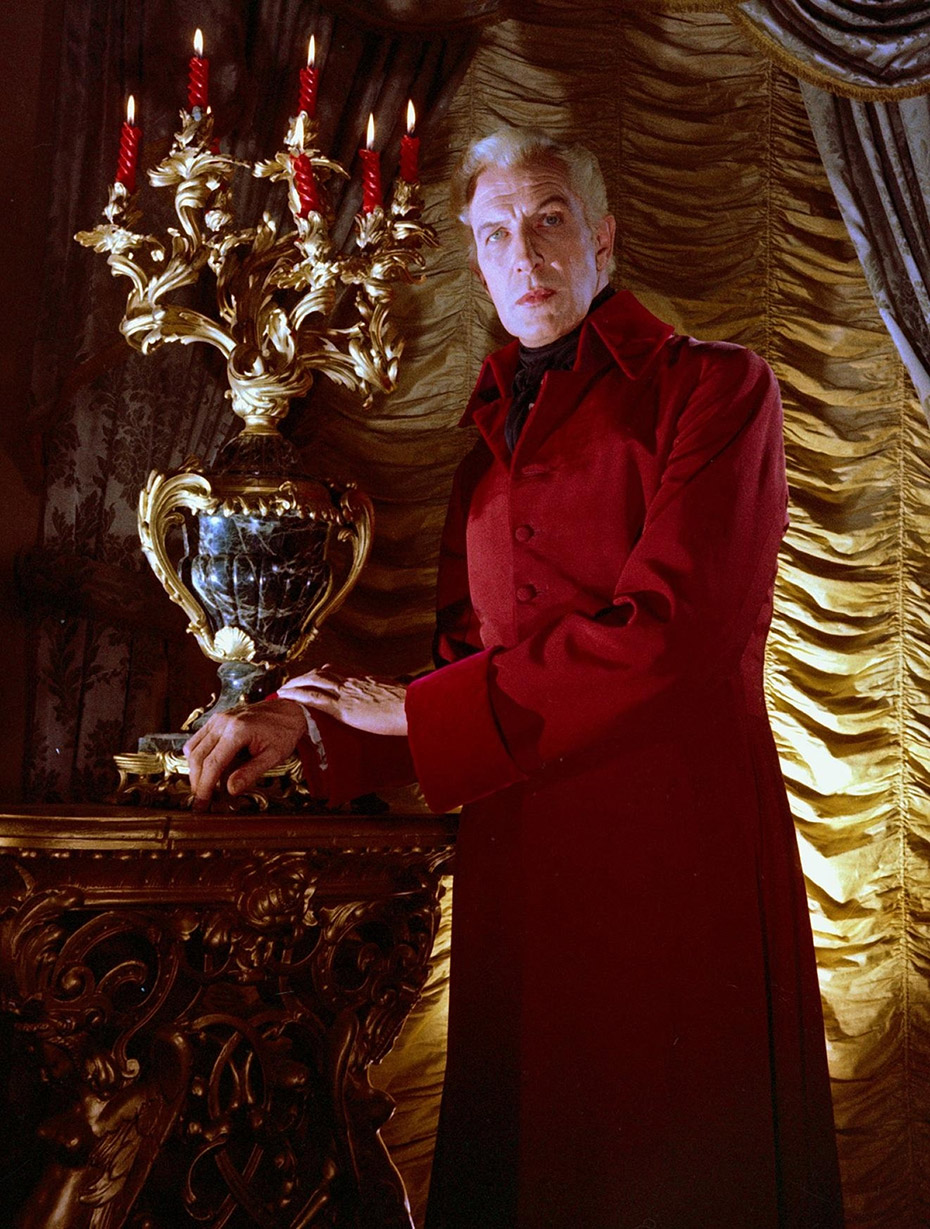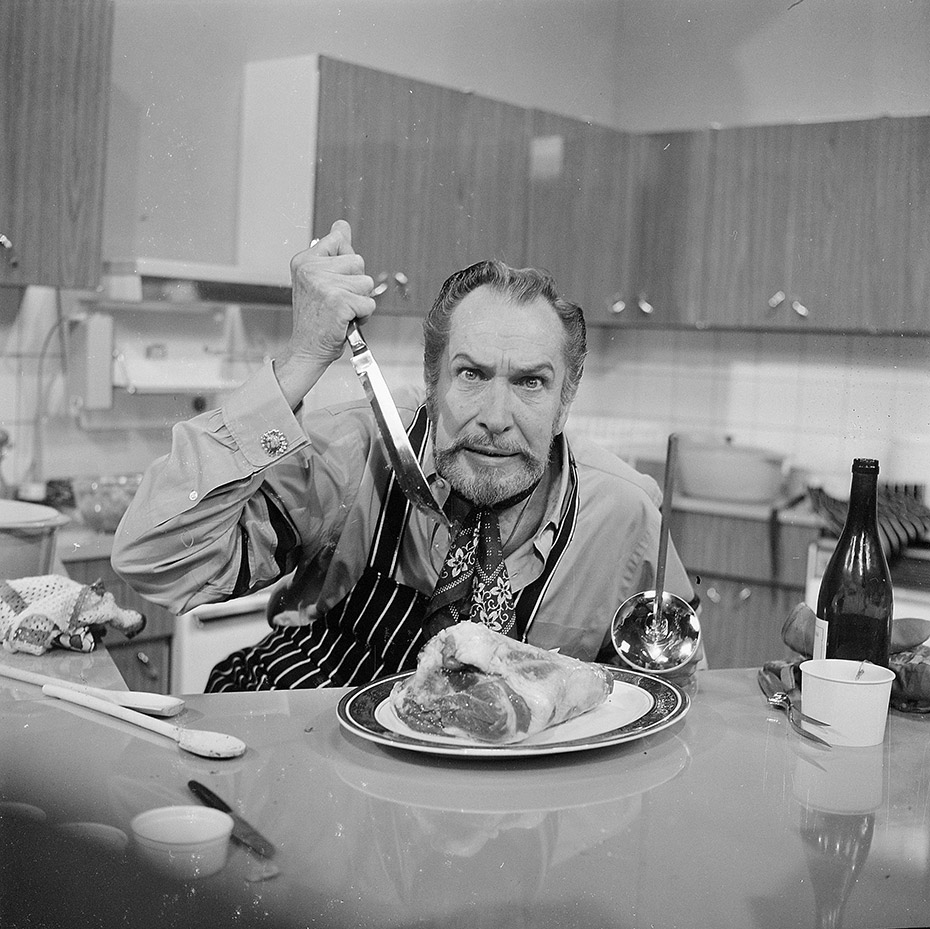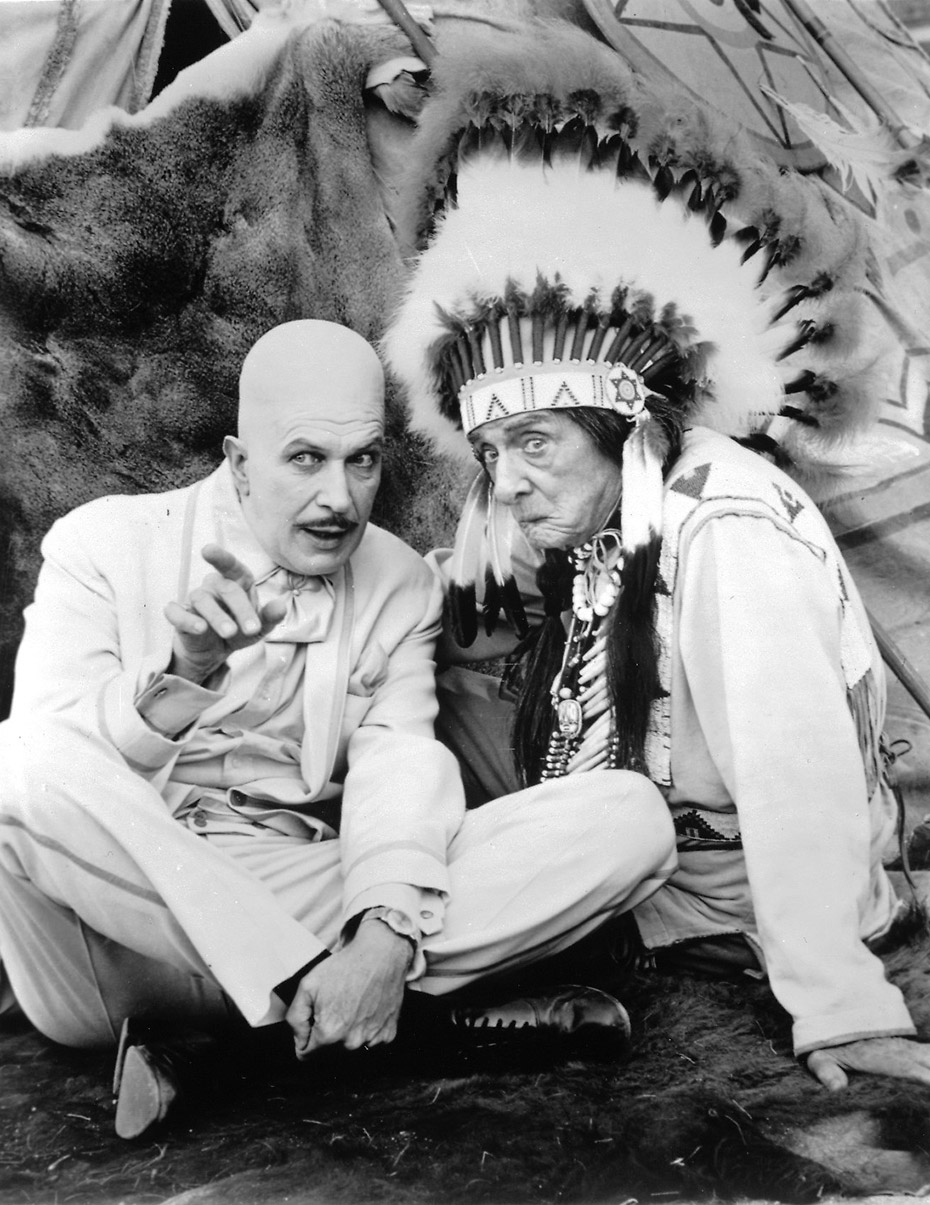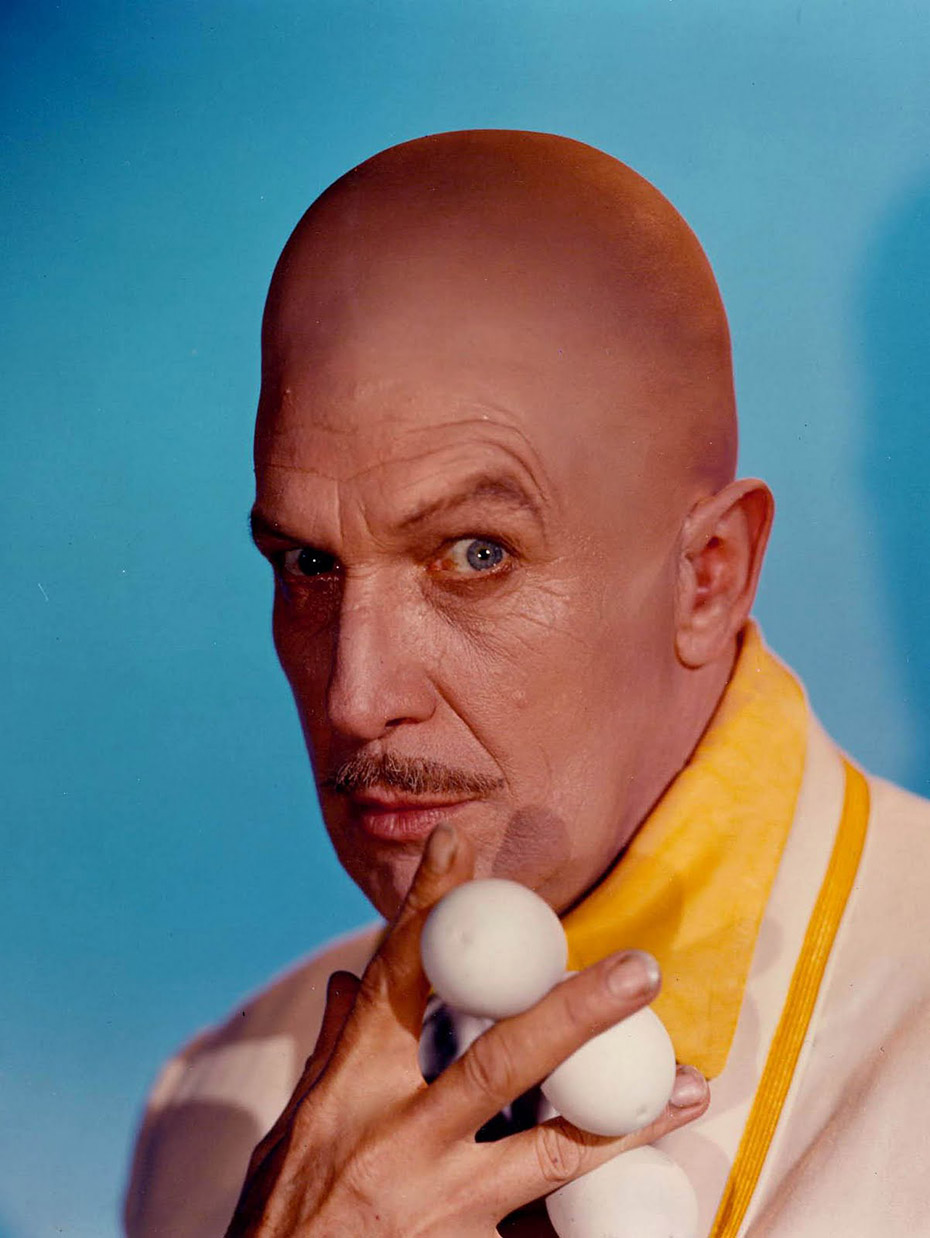Born in Philadelphia in 1919, Phil Stern quickly found the American dream and his calling at the young age of 12 when he received a promotional Kodak box brownie camera, which changed his life forever.
Immediately hooked on photography, Stern worked as an apprentice in a New York City photo studio lab where he learned the tools of the trade and was soon hired by “Friday” magazine and “The Police Gazette” to cover news features, before being sent to Hollywood where he secured freelance assignments to shoot images for “Life,” “Look,” “Colliers” and other popular magazines.
In 1942, during World War II, Stern enlisted in the U.S. Army and joined the ranks of “Darbyʼs Rangers,” a much- heralded fighting unit. Stern spent two years serving as a combat photographer, documenting the harsh and brutal battles in North Africa and then the invasion of Sicily. After being wounded at the Battle of El Guettar, he went on to be staff photographer for the Army newspaper, “Stars and Stripes.”
Stern returned to Hollywood with a Purple Heart, and quickly re-established himself in the photo world with assignments for “Life” and “Look” magazines, which were becoming more and more focused on Hollywood personalities. Stern became a trusted source and still cameraman on numerous feature films including “West Side Story,” “Judgment at Nuremburg,” “Guys And Dolls,” and more. At the same time, he worked for jazz label legend Norman Granz, photographing album covers for Verve, Pablo and Reprise record labels.
A golden-era industry insider, Sternʼs access to the greatest legends of the time allowed him to create indelible portraits of some of the most celebrated icons of the 20th century including James Dean, Marlon Brando, Marilyn Monroe, Bette Davis, Marlene Dietrich, JFK, Judy Garland, Joan Crawford, Lauren Bacall, Humphrey Bogart, John Wayne, Sammy Davis, Jr., Frank Sinatra, Dean Martin, Alfred Hitchcock, Orson Welles, Count Basie, Dizzy Gillespie, Billie holiday, Louis Armstrong, Ella Fitzgerald, Stan Getz, Lester Young, Sophia Loren, Elizabeth Taylor, Audrey Hepburn and Ray Charles, among many others. Frank Sinatra was comfortable with Stern and liked his work, and as such gave him access, which in Sternʼs words “is the motherʼs milk of a freelancer.”
I call him the Cartier-Bresson or Robert Frank of Hollywood. He wouldn’t allow the orchestrated P.R. photograph. He made authentically real photographs, and in the context of Hollywood, to make a real picture is odd.
– Los Angles photography gallery owner, David Fahey
In 1961, Stern was tapped by Sinatra to be his photographer at JFKʼs Presidential Inauguration, with the assignment of creating a unique commemorative photo book for the select group of Sinatraʼs hand picked performers. Stern documented this historic event, capturing the intimacy of the people, a street-side view of the Pennsylvania Motorcade, a front row center view of JFKʼs acceptance speech as the newest U.S. President, along with behind-the-scenes, backstage activities of stars and performers in attendance at the Gala celebration, as well as at the intimate “thank you” party given by JFK and Sinatra for the performers.
As one of Hollywoodʼs most celebrated photographers, Stern chronicled the fabric of American entertainment during his more than 60-year career, with iconic images of celebrities, musicians, politicians and historical events. Vanity Fair editor David Friend describes Stern as the “chronicler of cool.” His photo from Sam Goldwynʼs office window of Marilyn Monroe is the only image in existence where you can see evidence of her obvious pregnancy. His whimsical sweater series with James Dean were the result of a nearly fatal ʻmeetingʼ when Sternʼs car narrowly missed Deanʼs motorcycle as Dean ran a red light, after which the two became instant friends and shot a series of entertaining photos together.
In 1993, he released a hardcopy book entitled “Phil Sternʼs Hollywood,” featuring ninety black-and-white photographs showcasing his work from the 1940s through the 1970s. In 2003, he released “Phil Stern: A Lifeʼs Work,” which incorporated his entire body of work, including never-before-seen photographs of the greatest figures and times of the American twentieth century. He was awarded the “Outstanding Achievement in Still Photography for Motion Pictures” Lucie Award in 2003, the Sony World Photography Legacy Award in 2008 and the Beverly Hills Film Festival Living Legends Award, also in 2008. As well, he has received several certificates of appreciation from the city of Los Angeles.
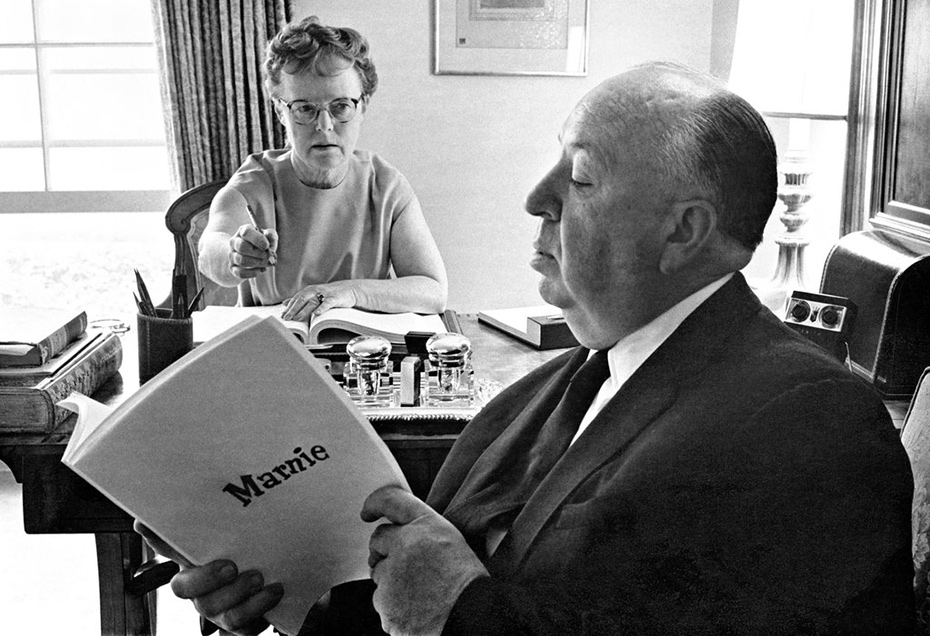
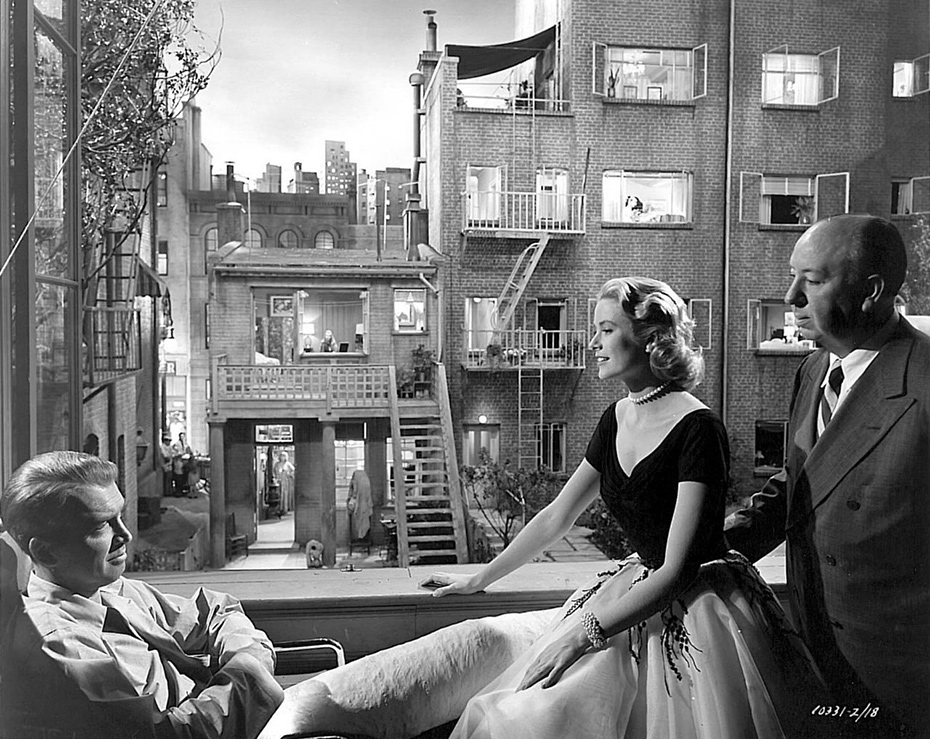


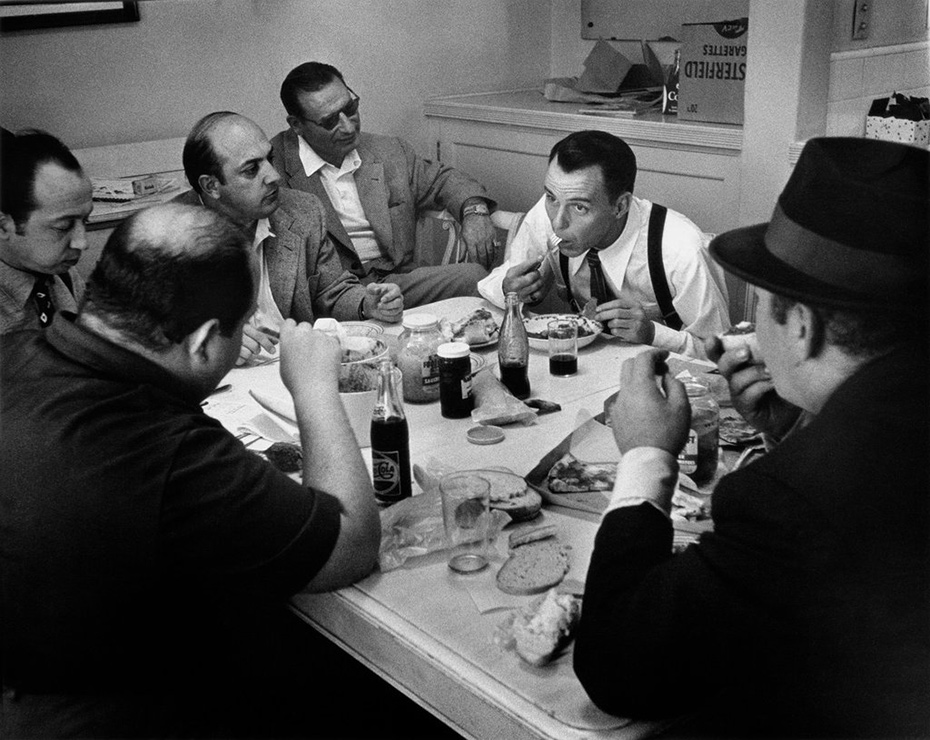
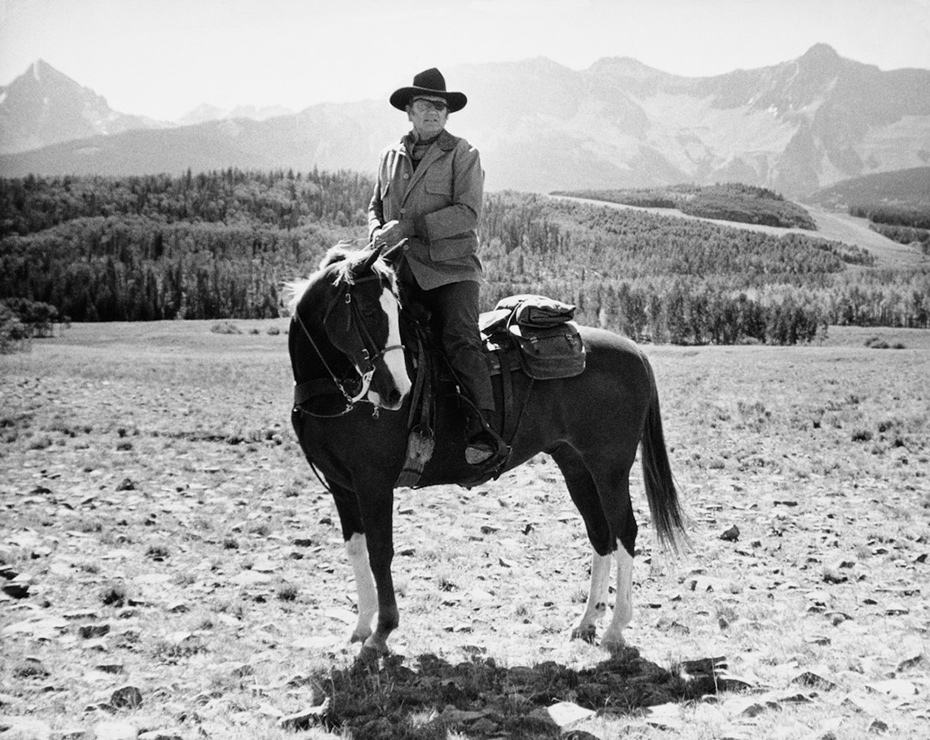
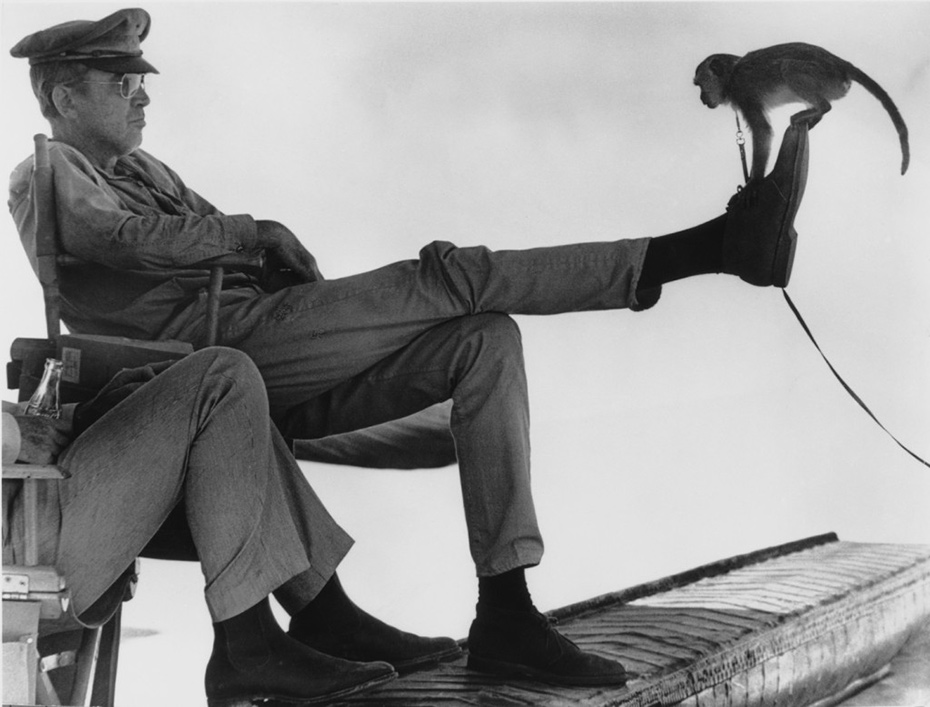
 Continue reading Phil Stern
Continue reading Phil Stern
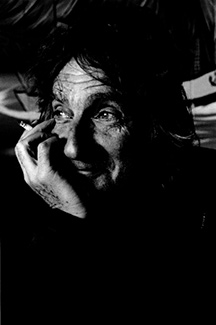 Born in Paris to Polish parents Jeanloup Sieff (1933 – 2000) began shooting fashion photography in 1956 and joined the Magnum Agency in 1958, which enabled him to travel extensively. Settling in New York for much of the sixties he worked for Esquire, Harper’s Bazaar, Vogue and Elle, photographing celebrities such as Jane Birkin, Yves Saint-Laurent, Rudolf Nureyev and Alfred Hitchcock amongst others. Sieff won numerous prizes including the Prix Niepce, the Chevalier des Arts et Lettres in Paris in 1981 and the Grand Prix National de la Photographie in 1992, and his work is housed in many private and international collections.
Born in Paris to Polish parents Jeanloup Sieff (1933 – 2000) began shooting fashion photography in 1956 and joined the Magnum Agency in 1958, which enabled him to travel extensively. Settling in New York for much of the sixties he worked for Esquire, Harper’s Bazaar, Vogue and Elle, photographing celebrities such as Jane Birkin, Yves Saint-Laurent, Rudolf Nureyev and Alfred Hitchcock amongst others. Sieff won numerous prizes including the Prix Niepce, the Chevalier des Arts et Lettres in Paris in 1981 and the Grand Prix National de la Photographie in 1992, and his work is housed in many private and international collections.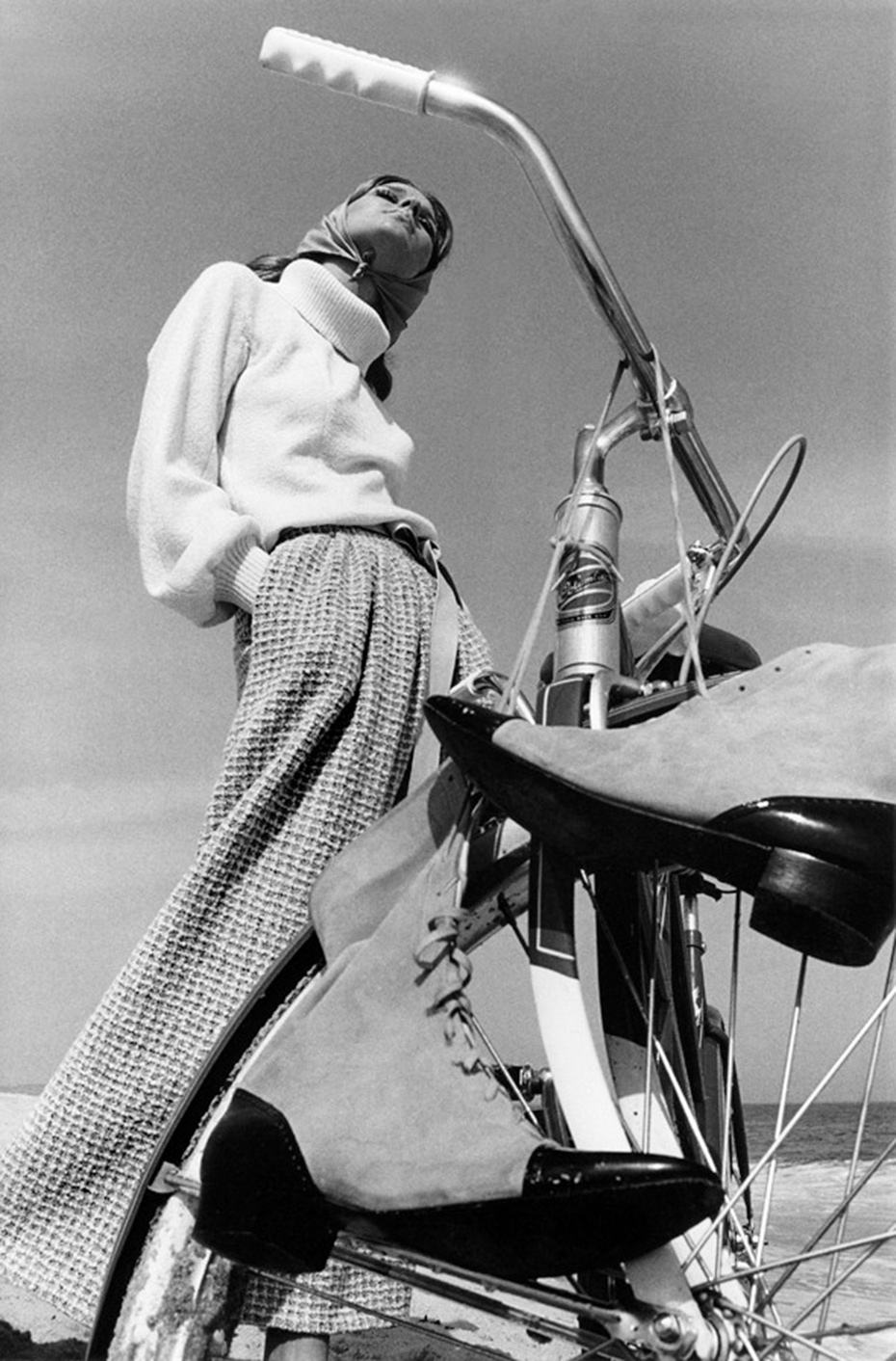
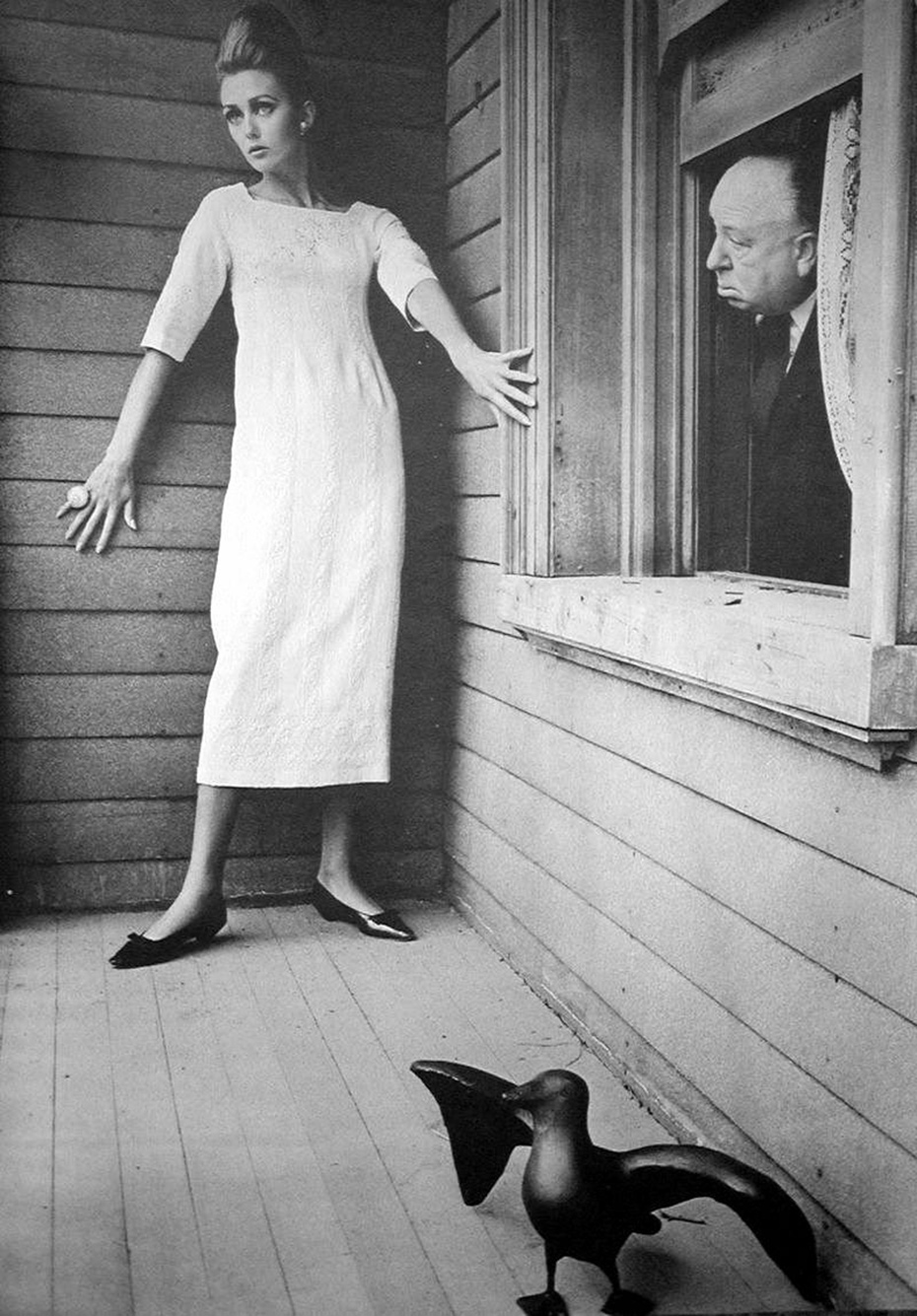

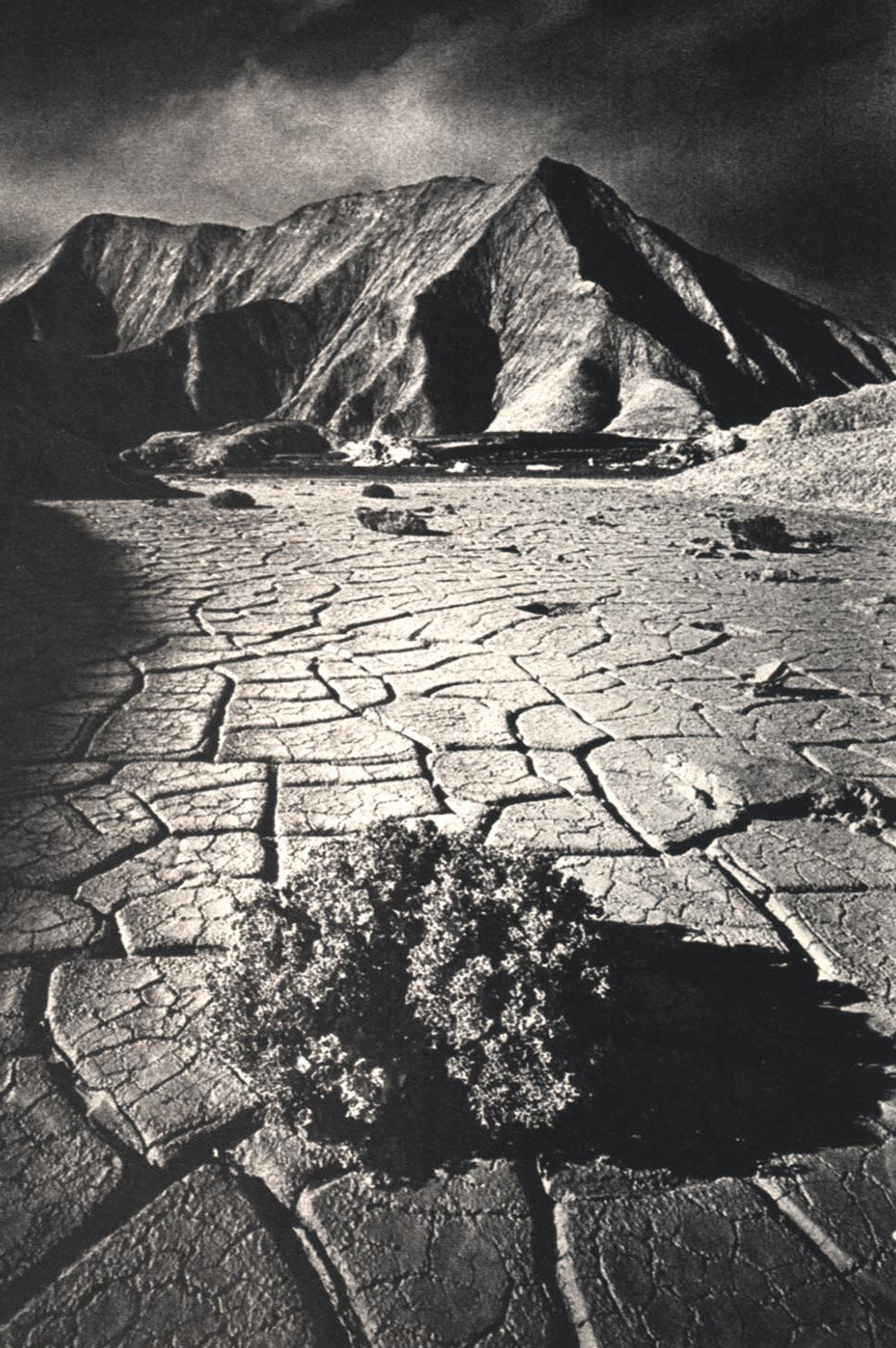
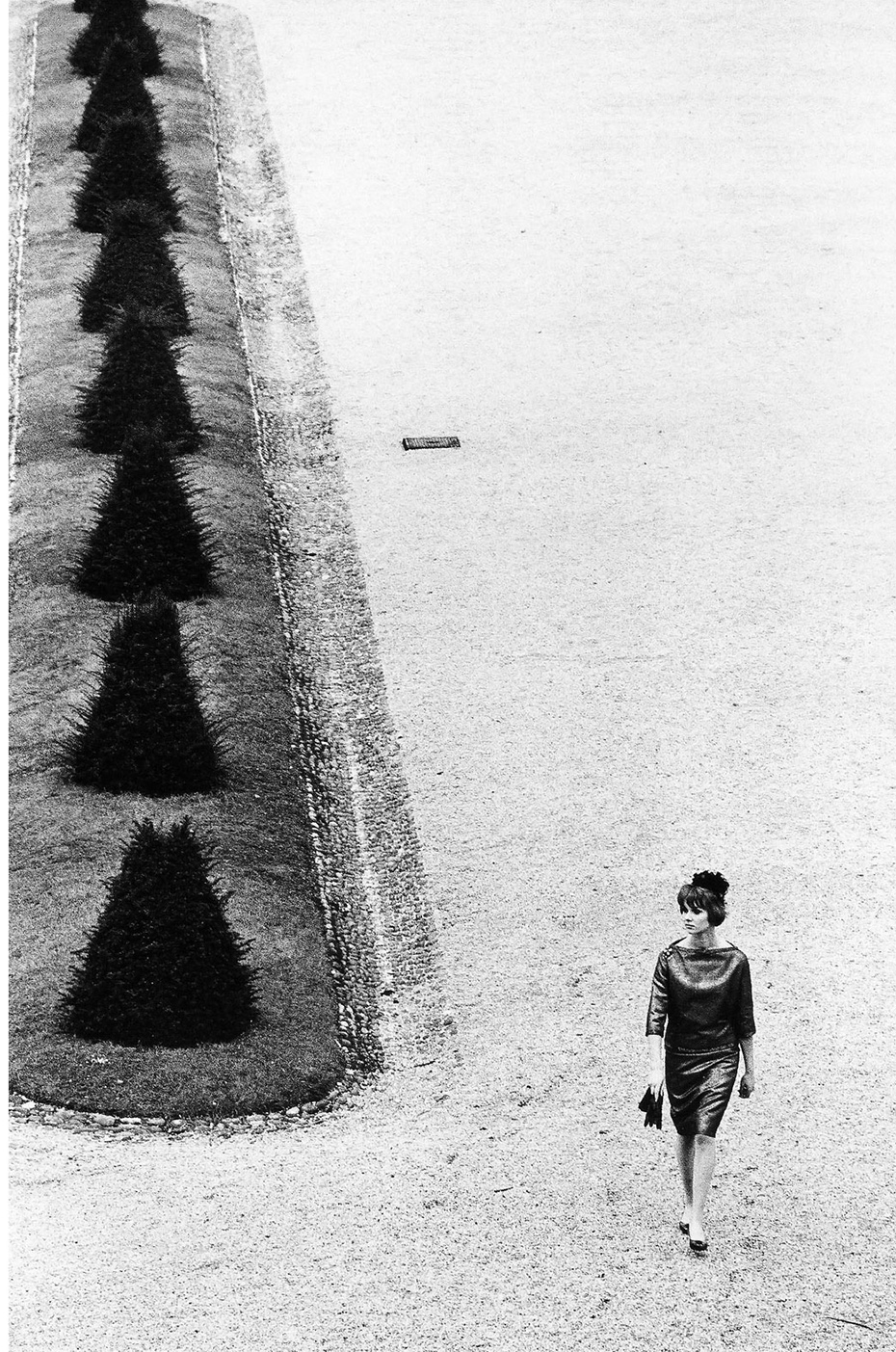
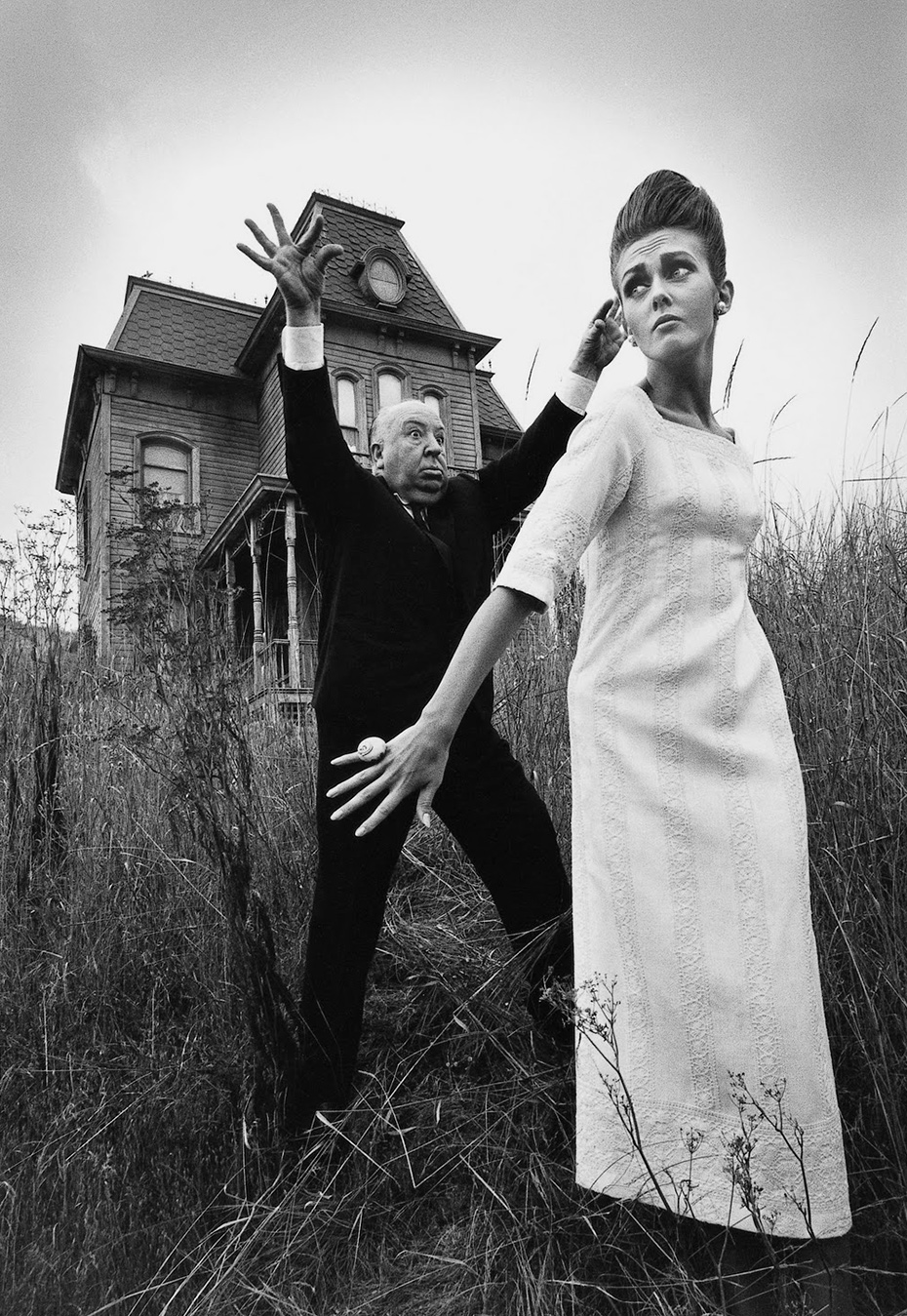
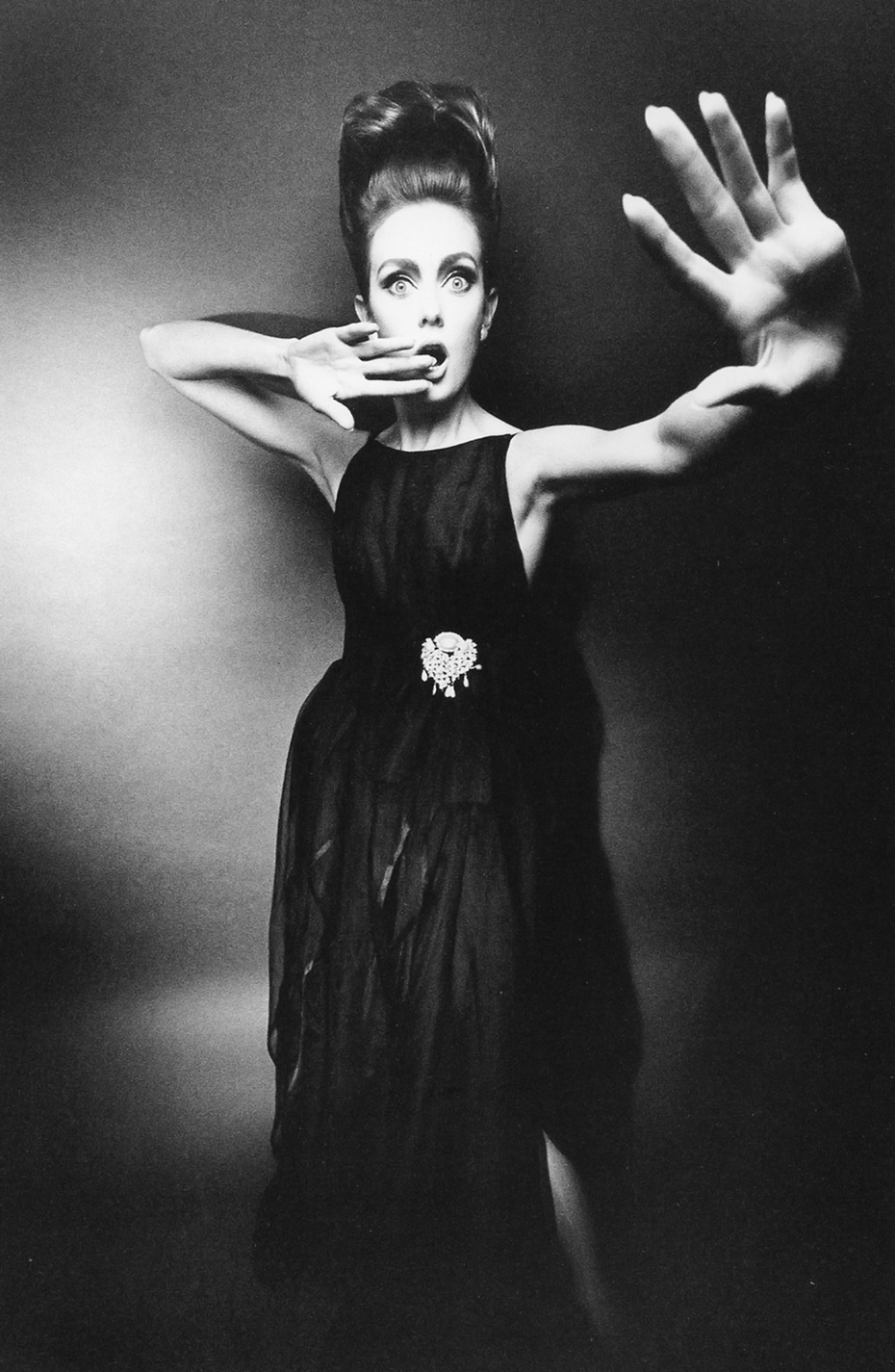

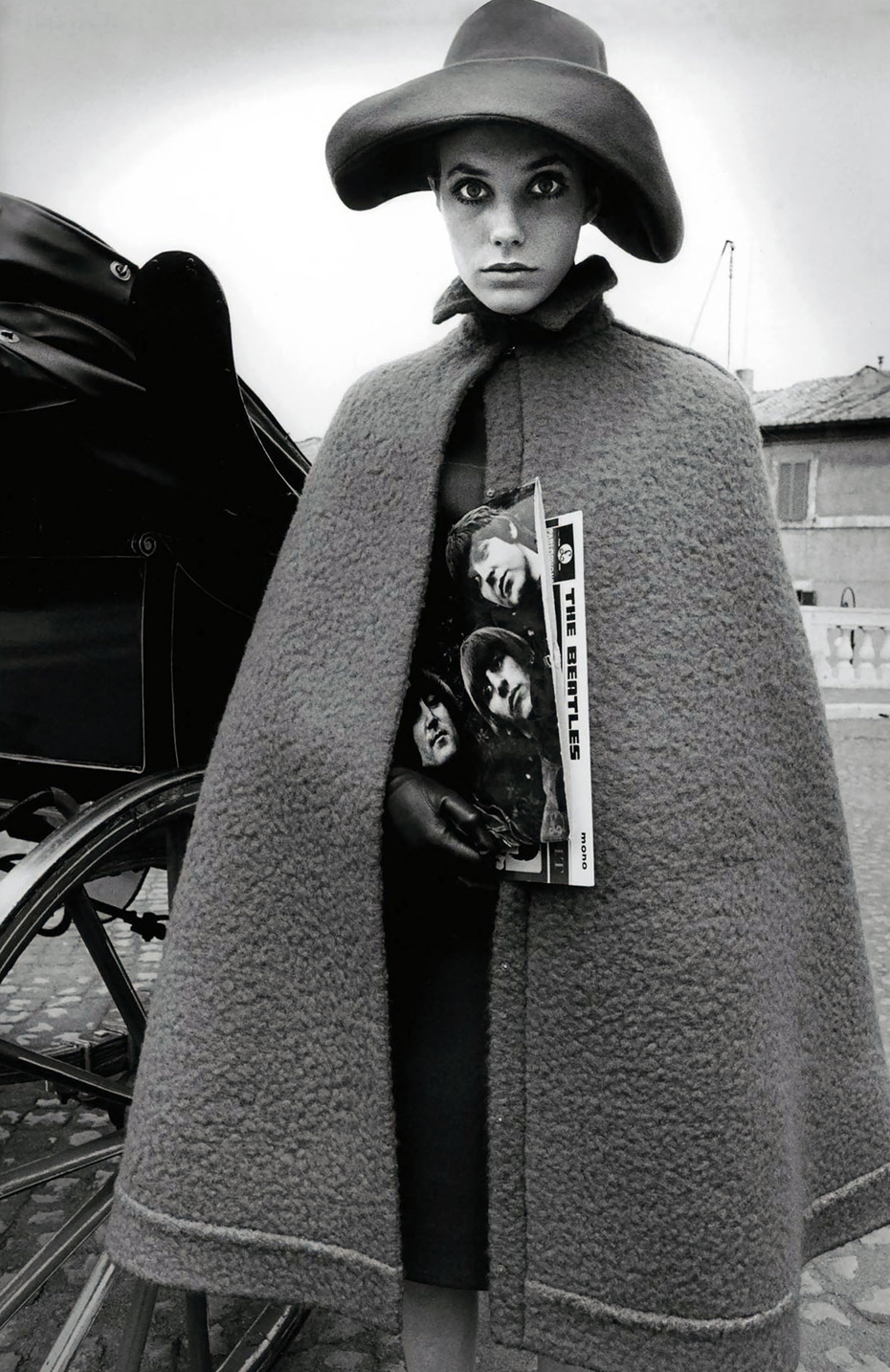

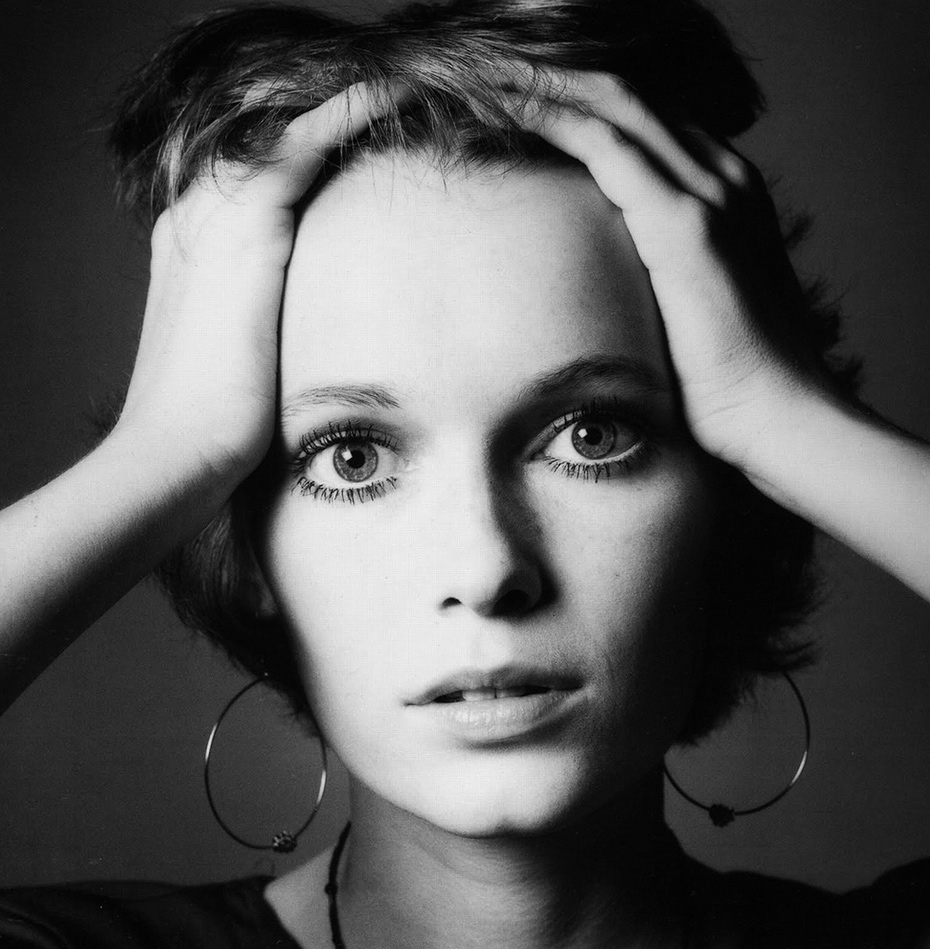
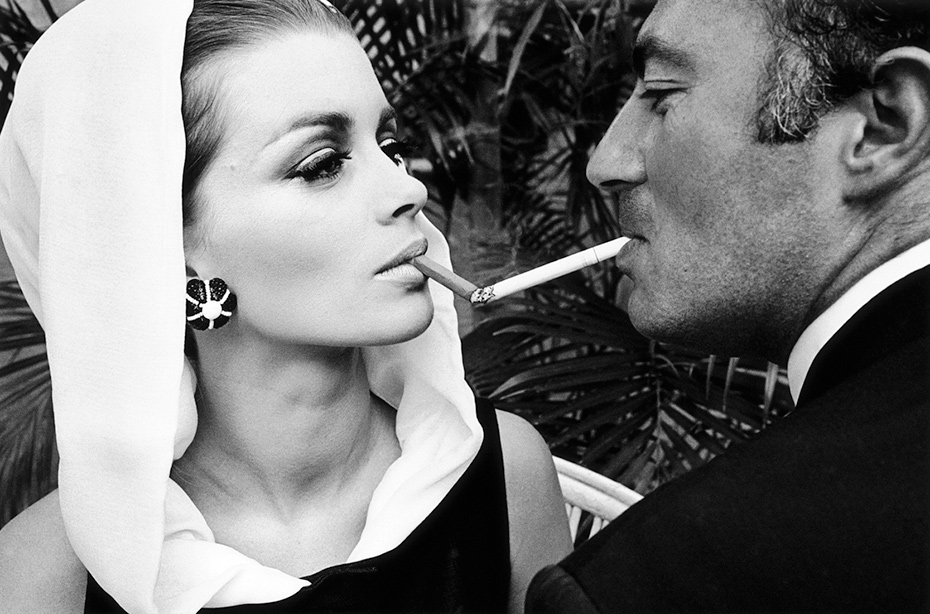
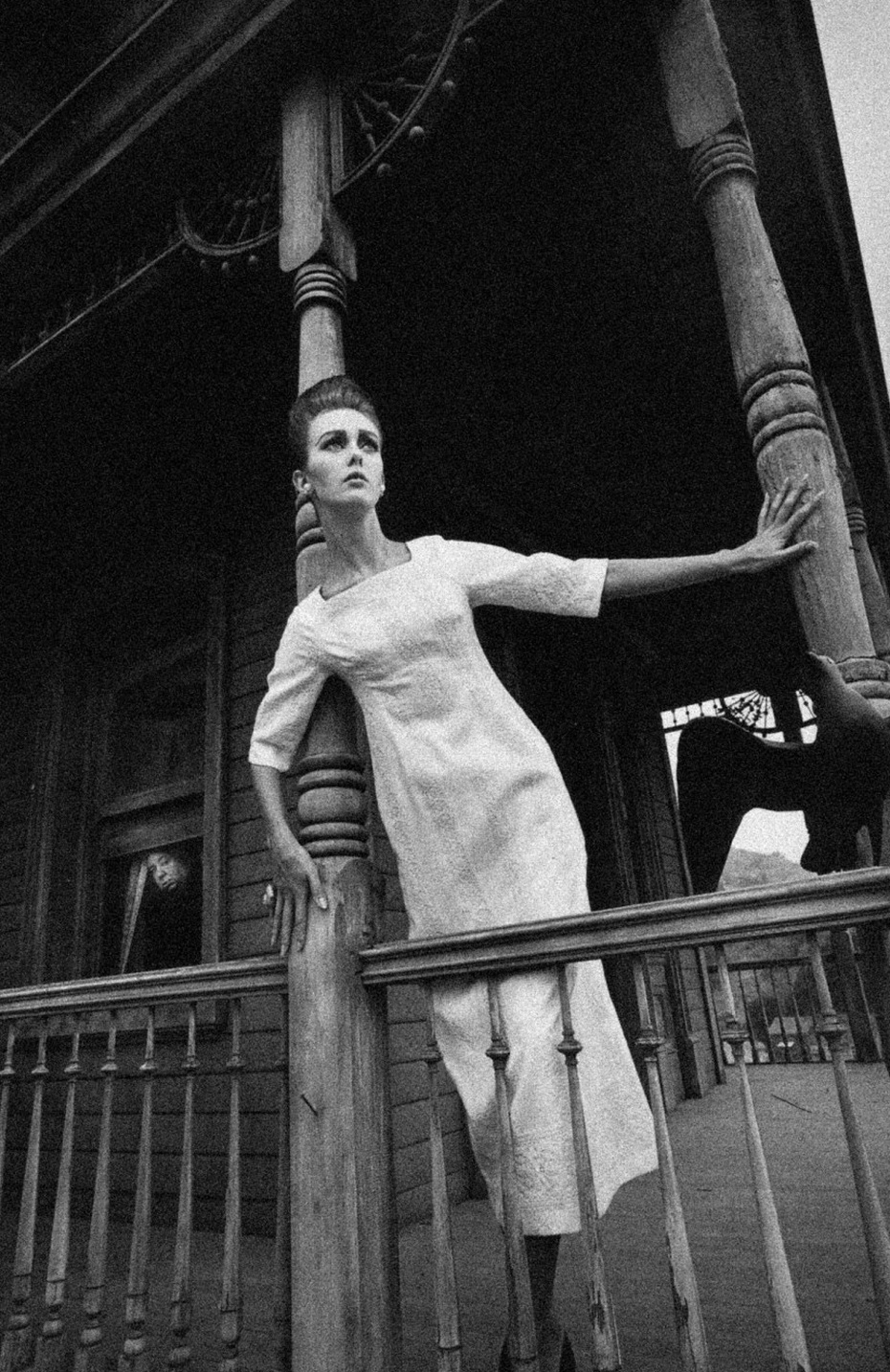
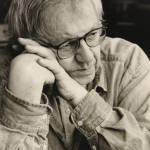
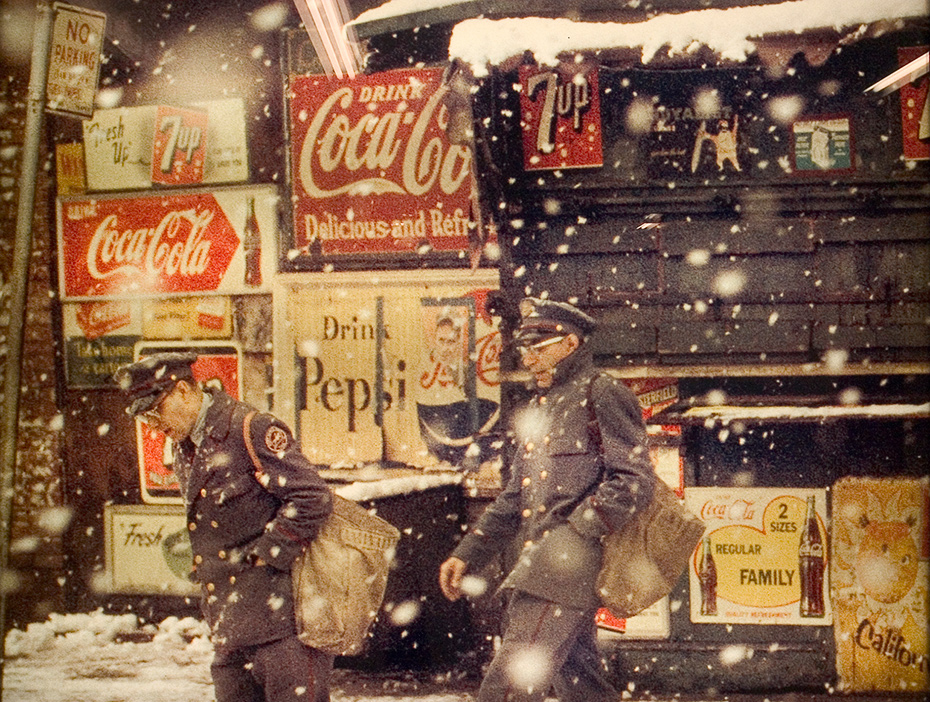

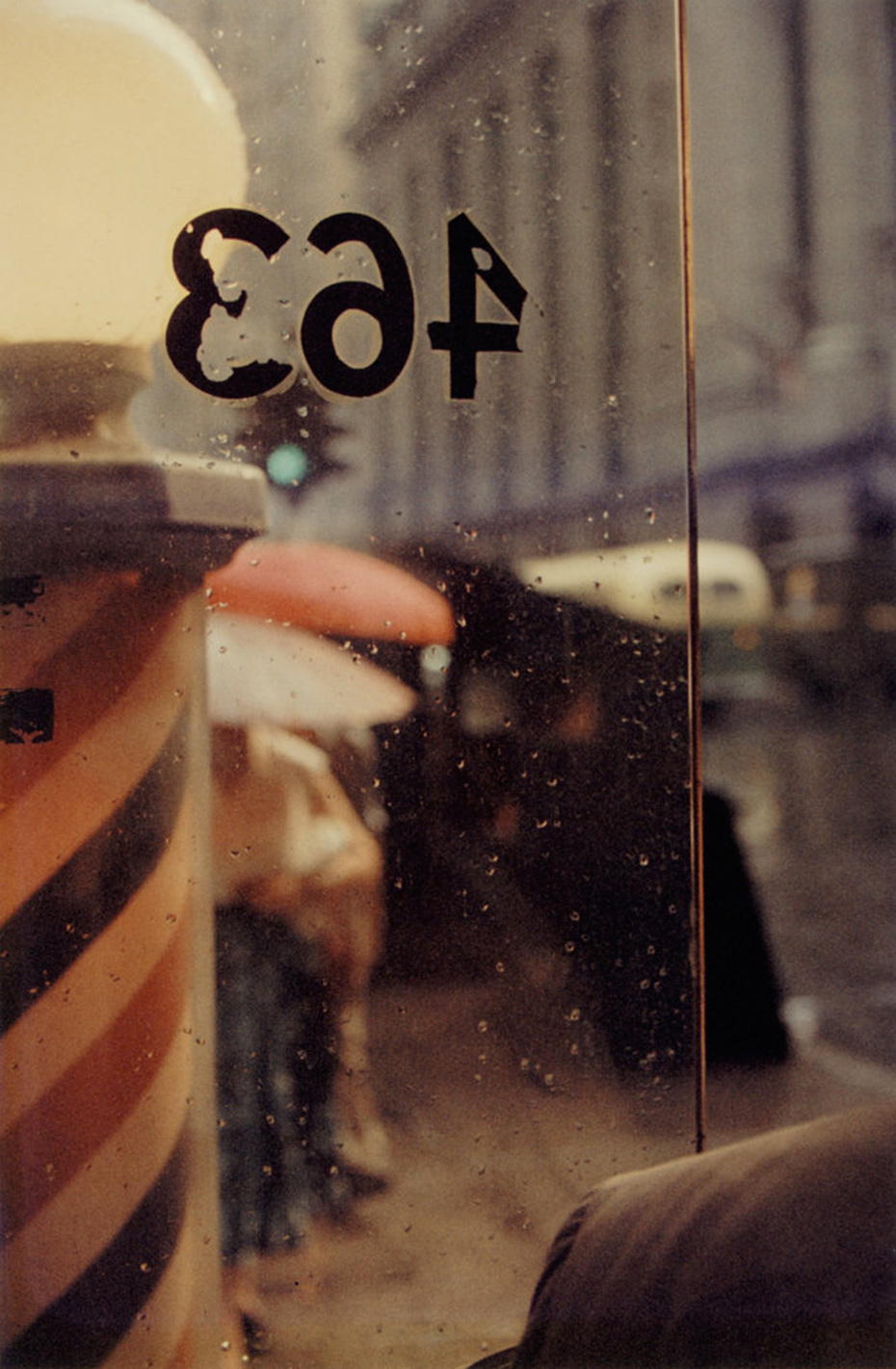
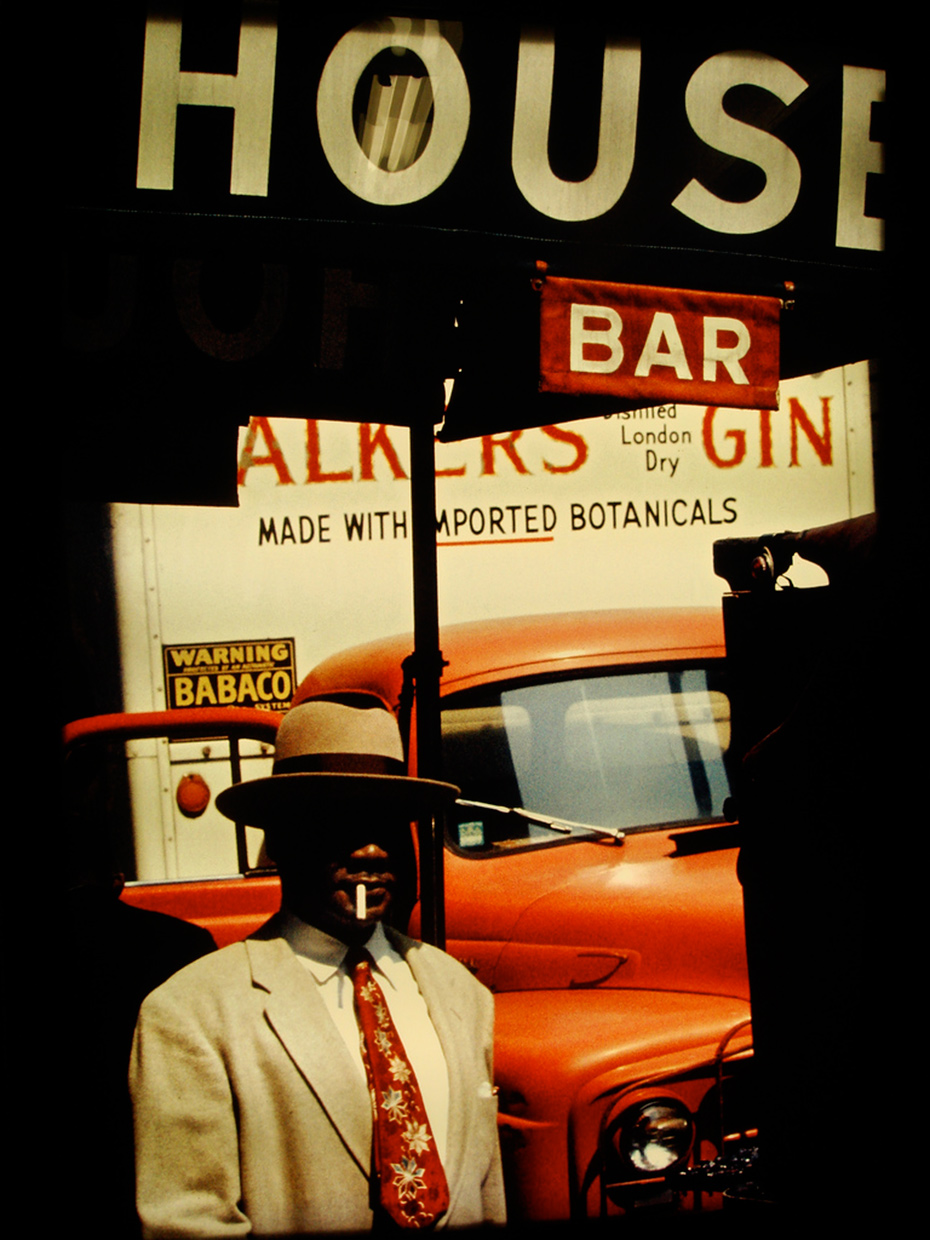

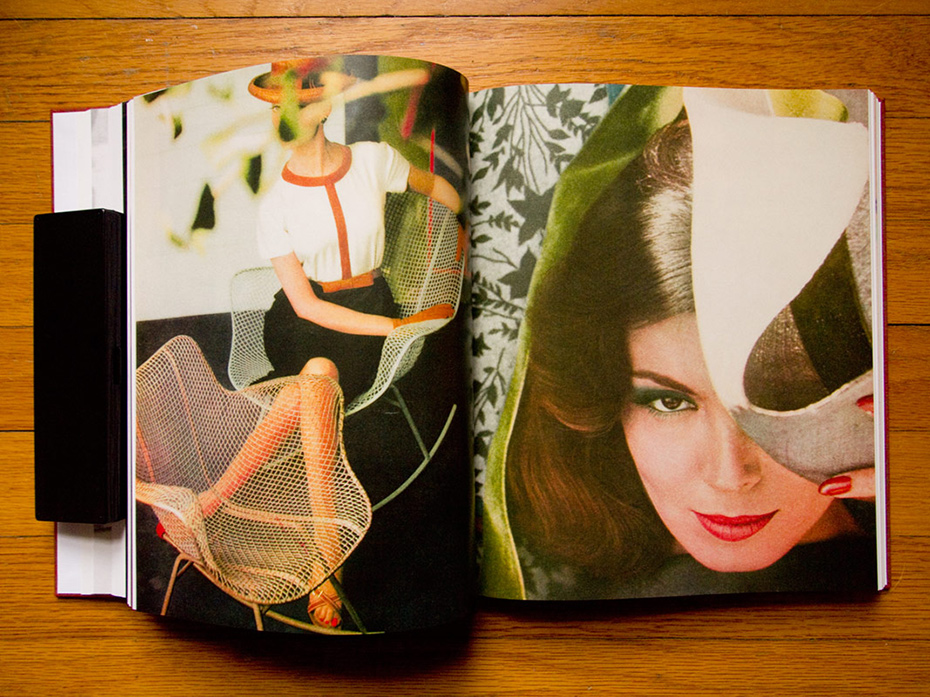

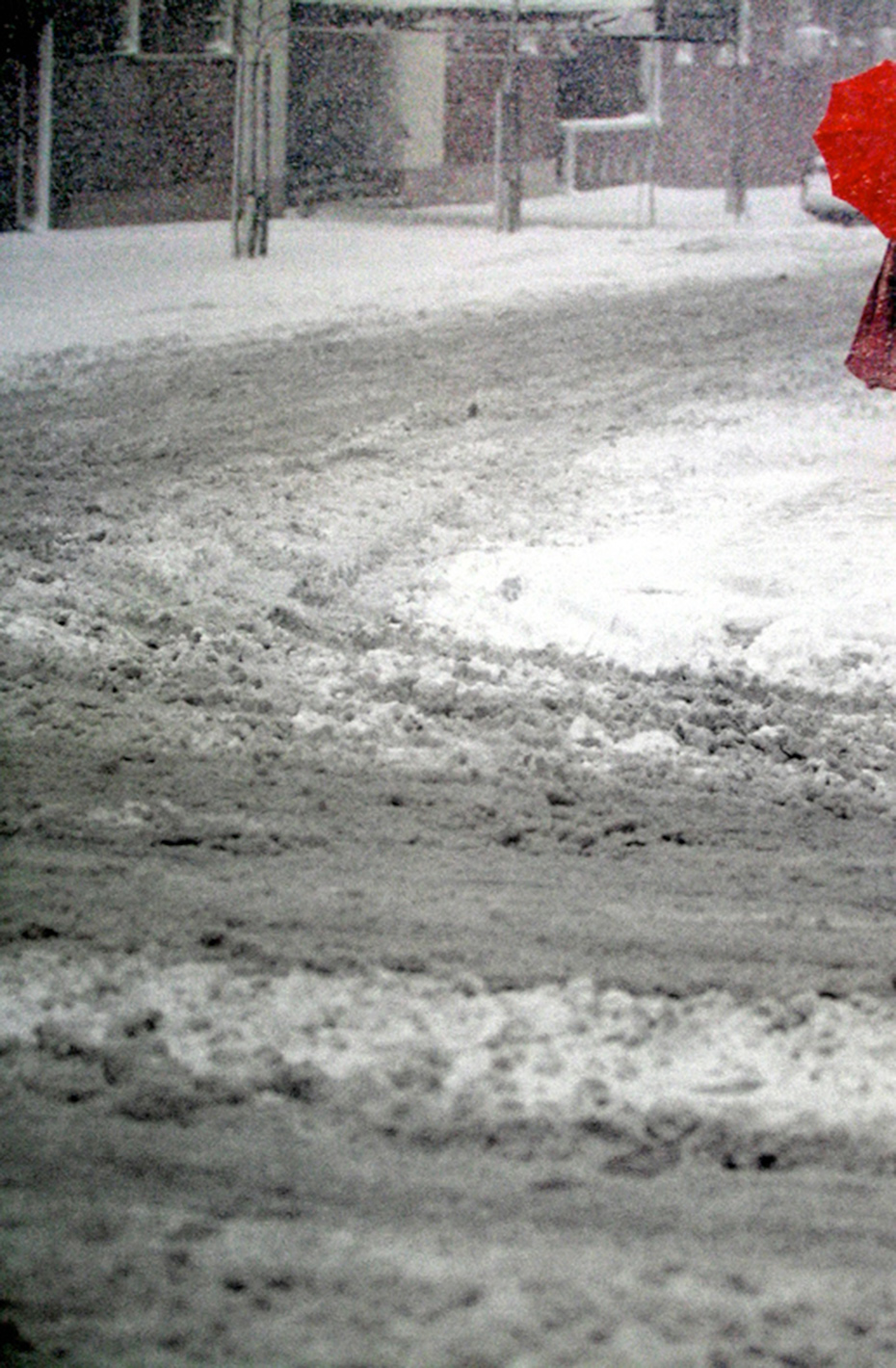

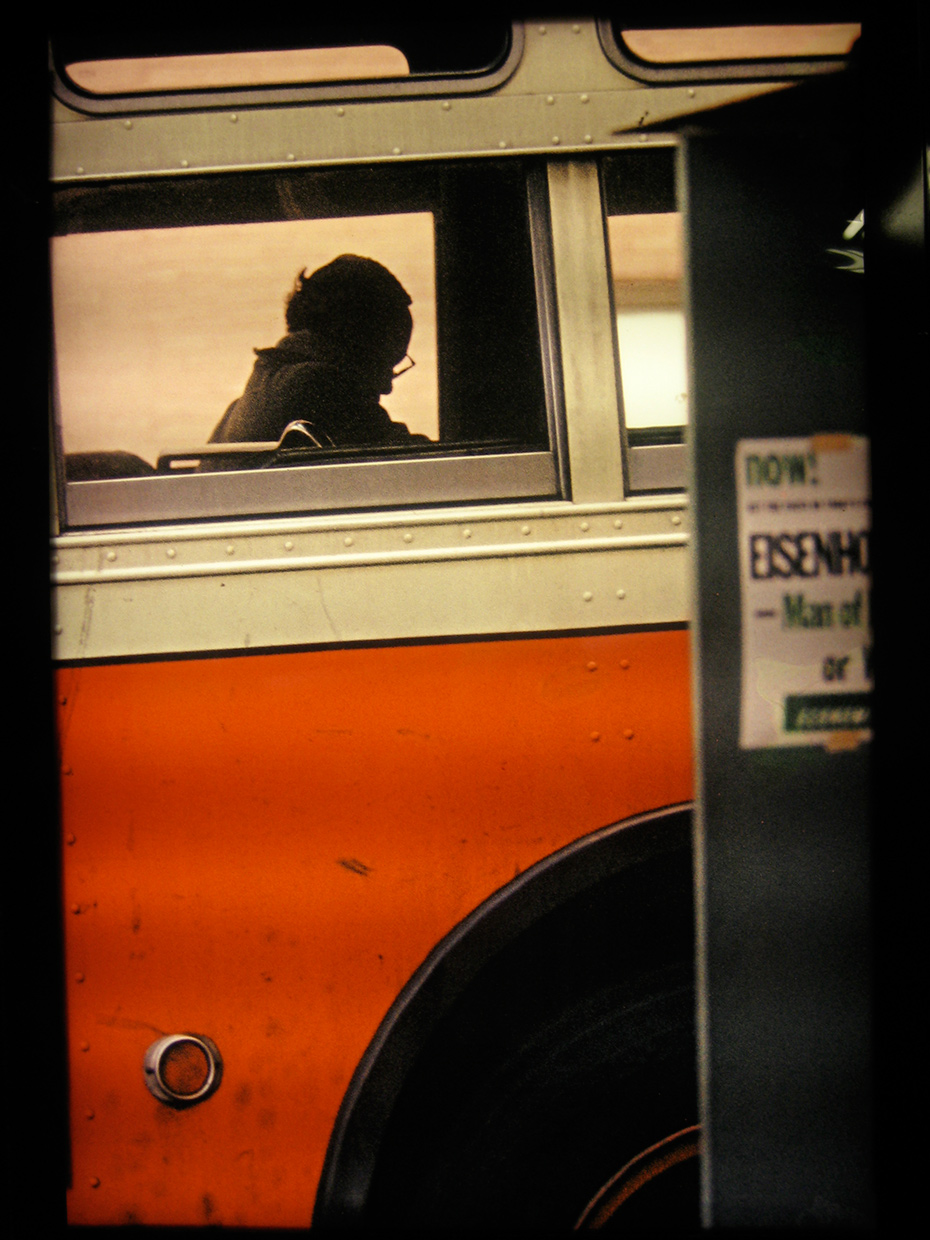

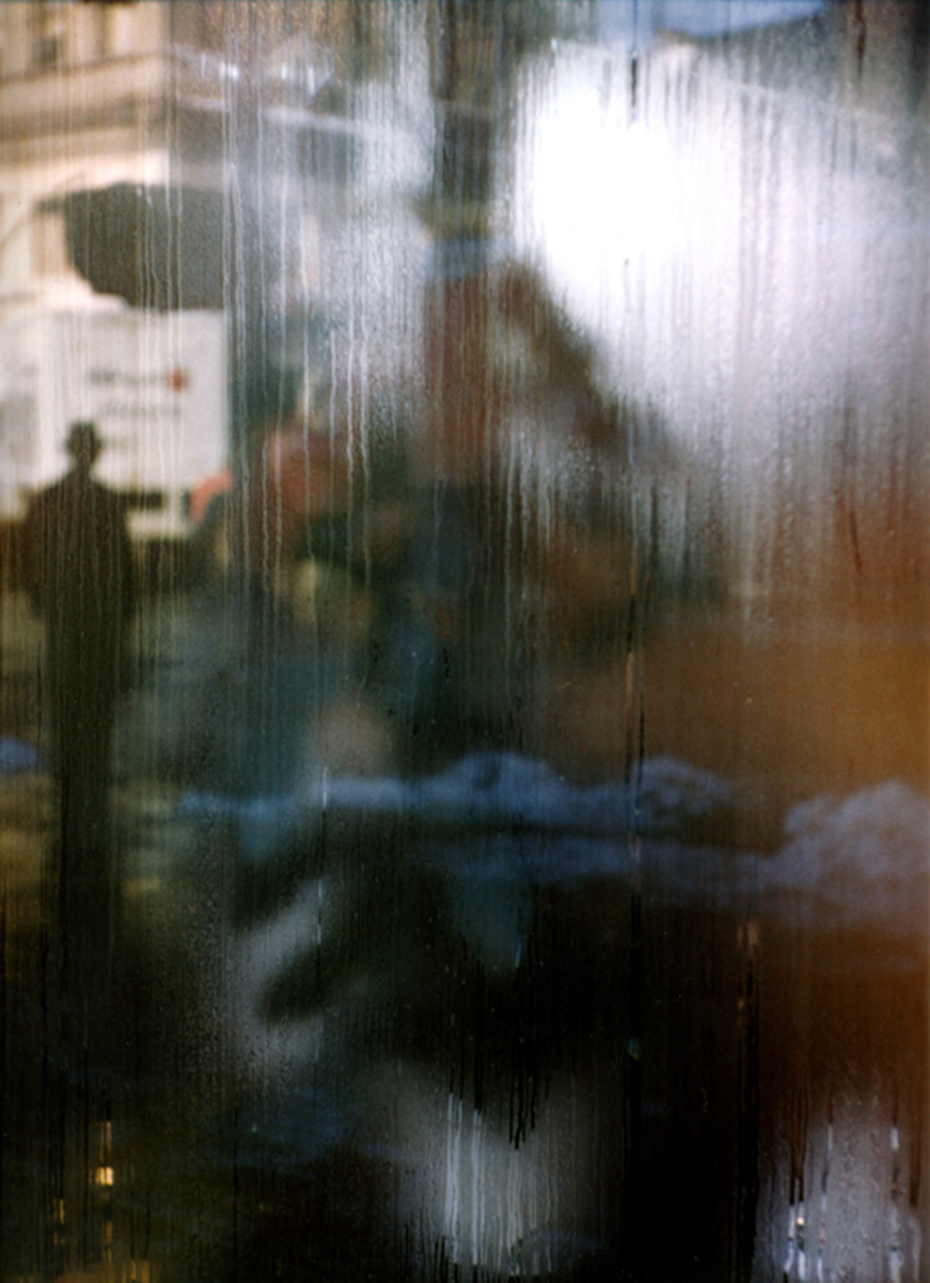
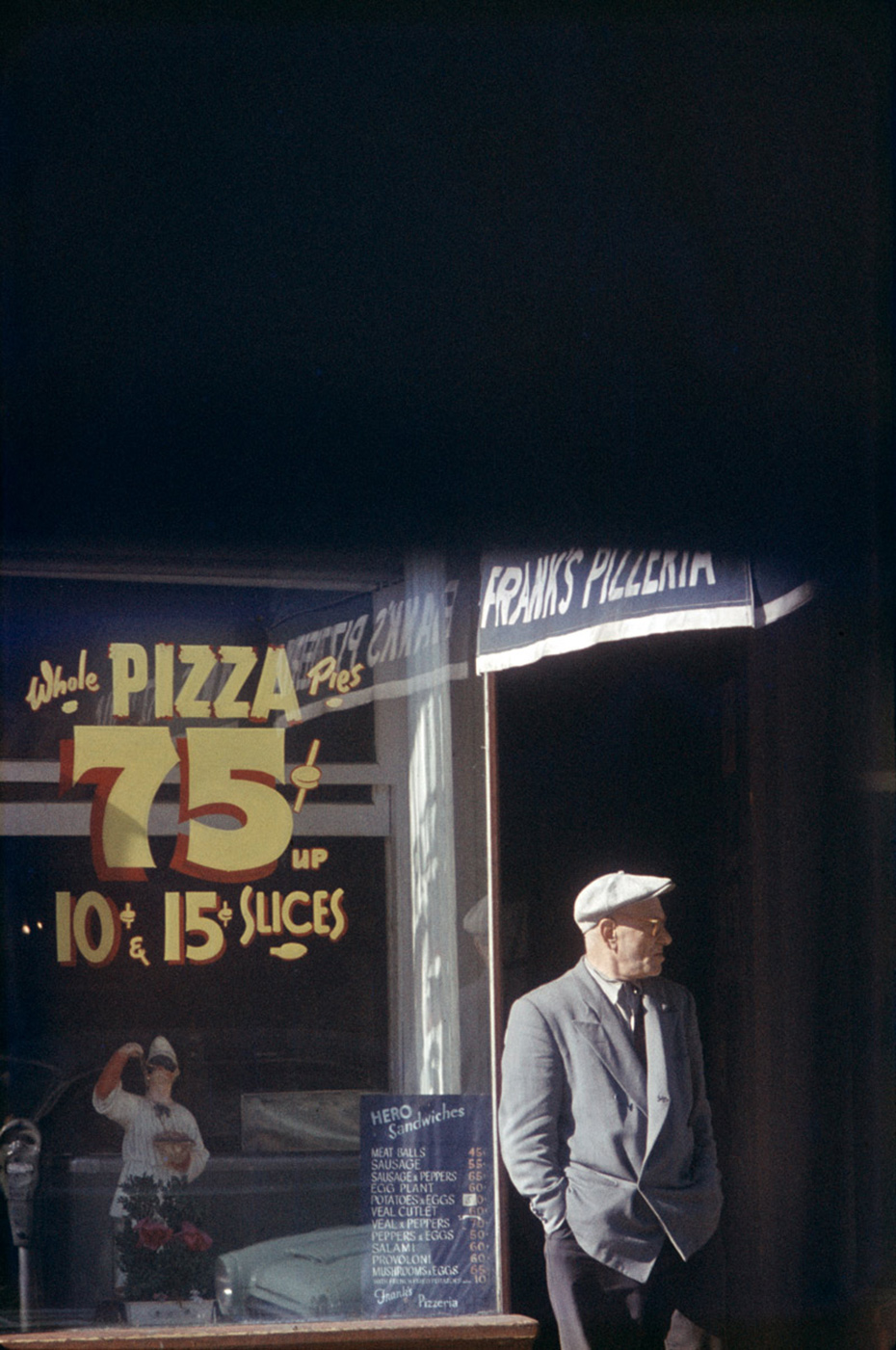

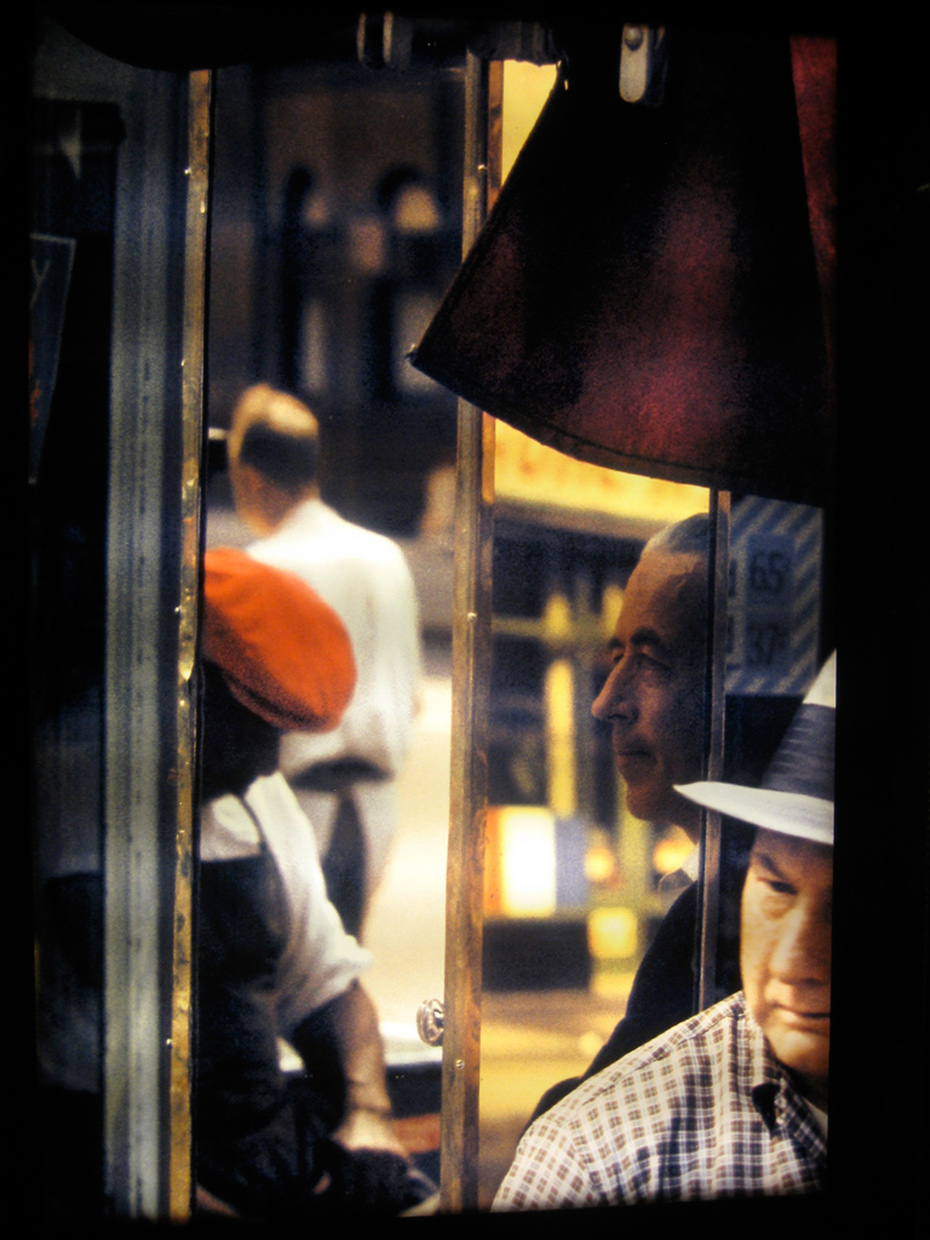
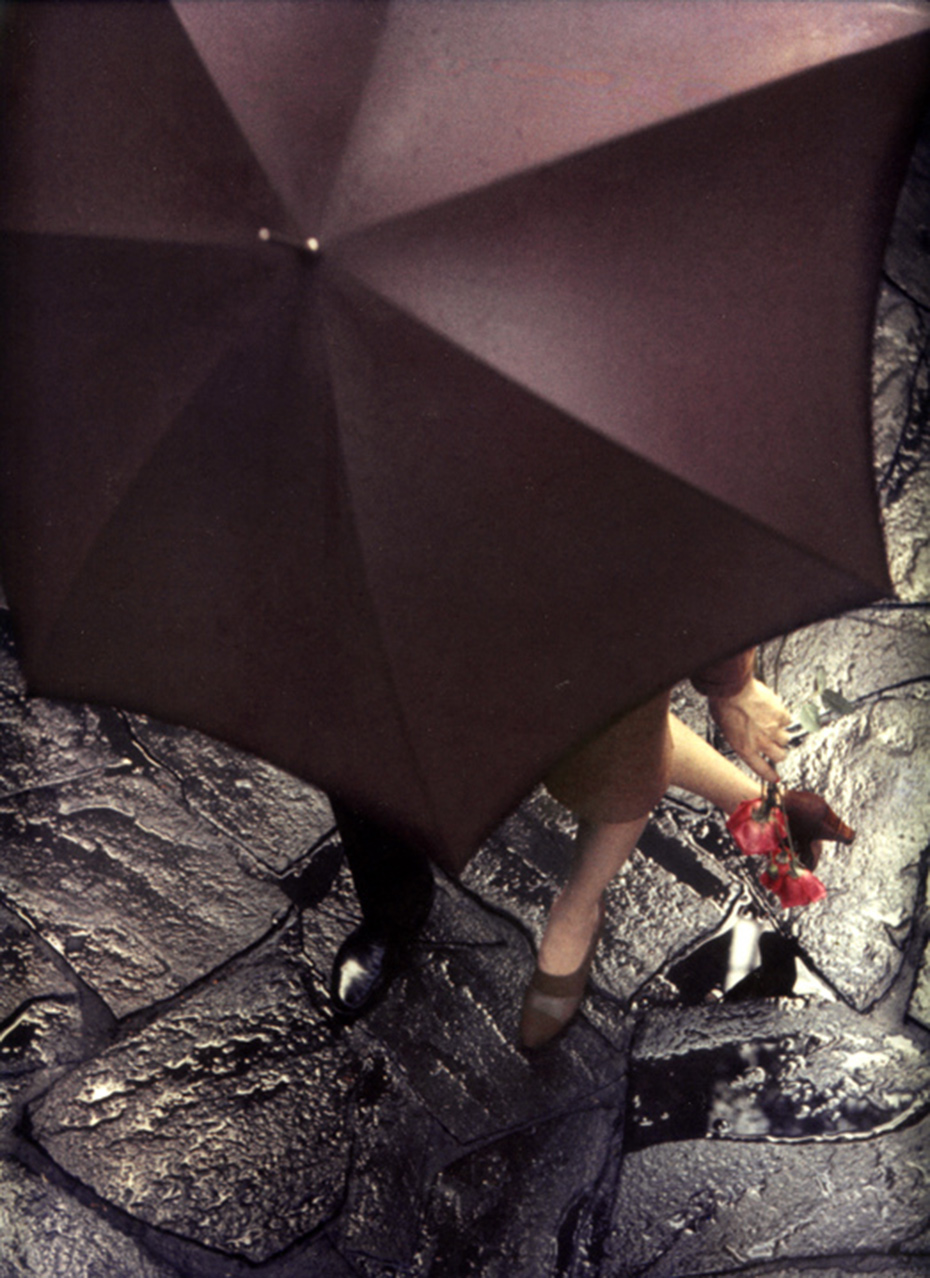
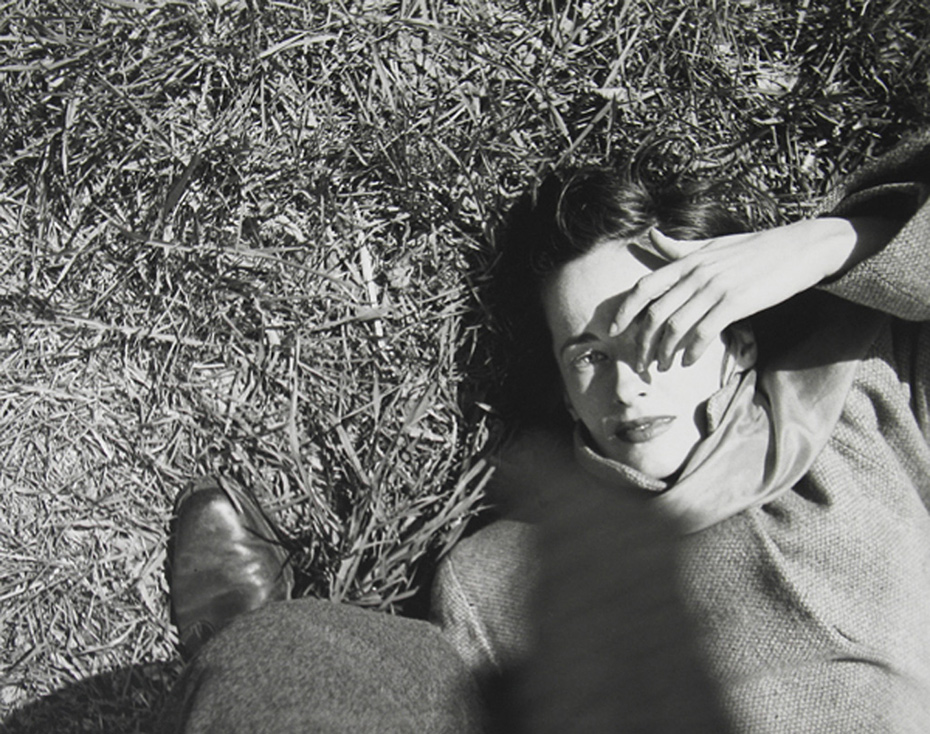

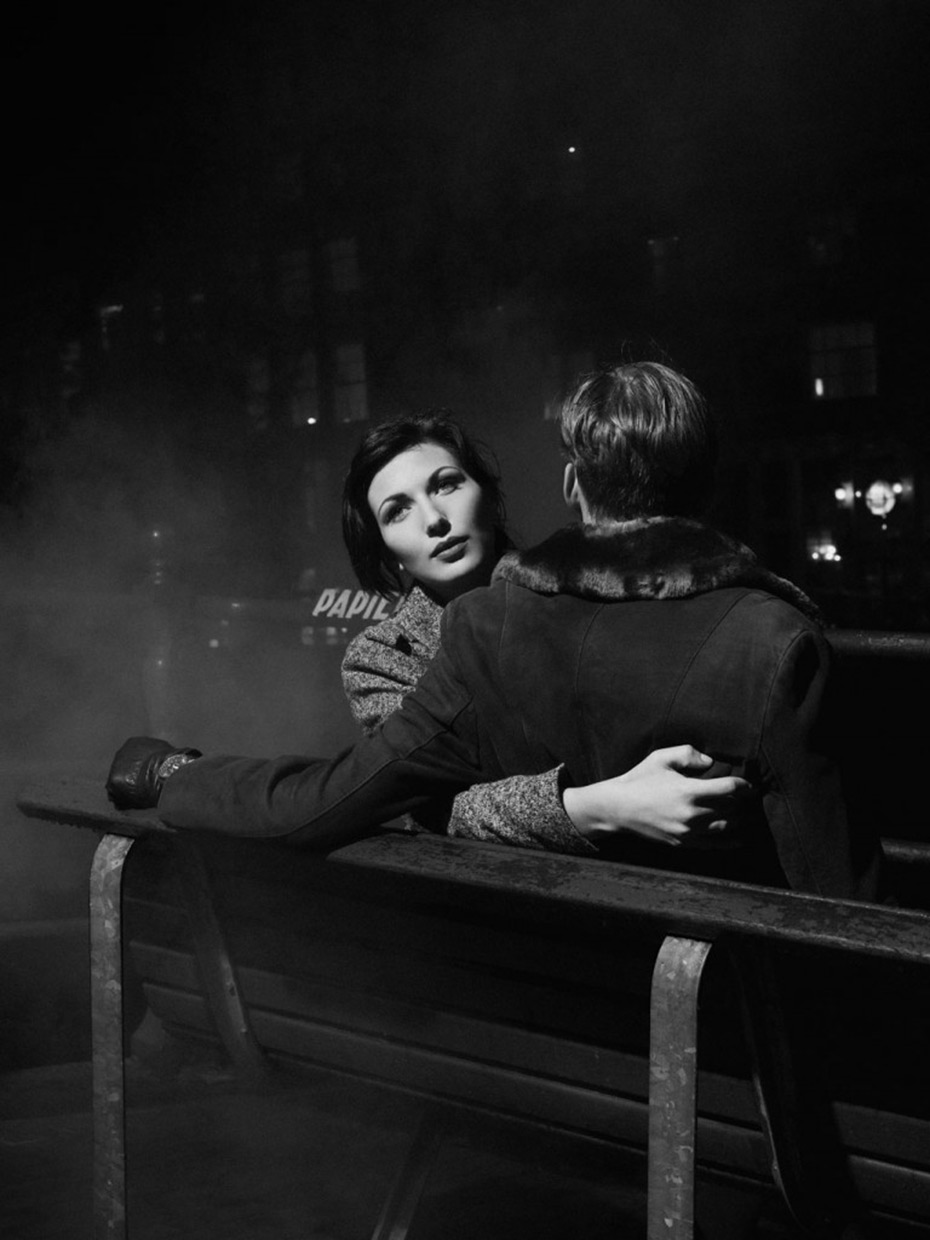
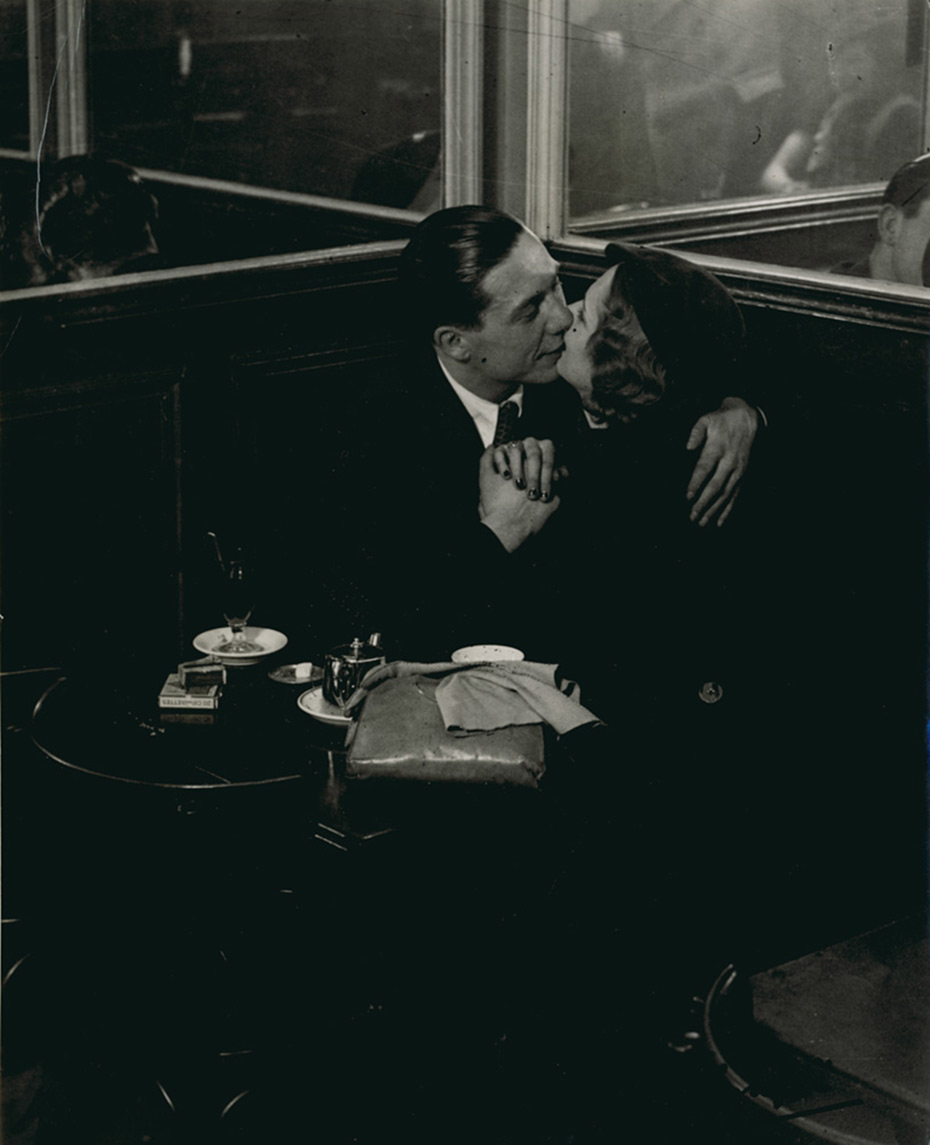
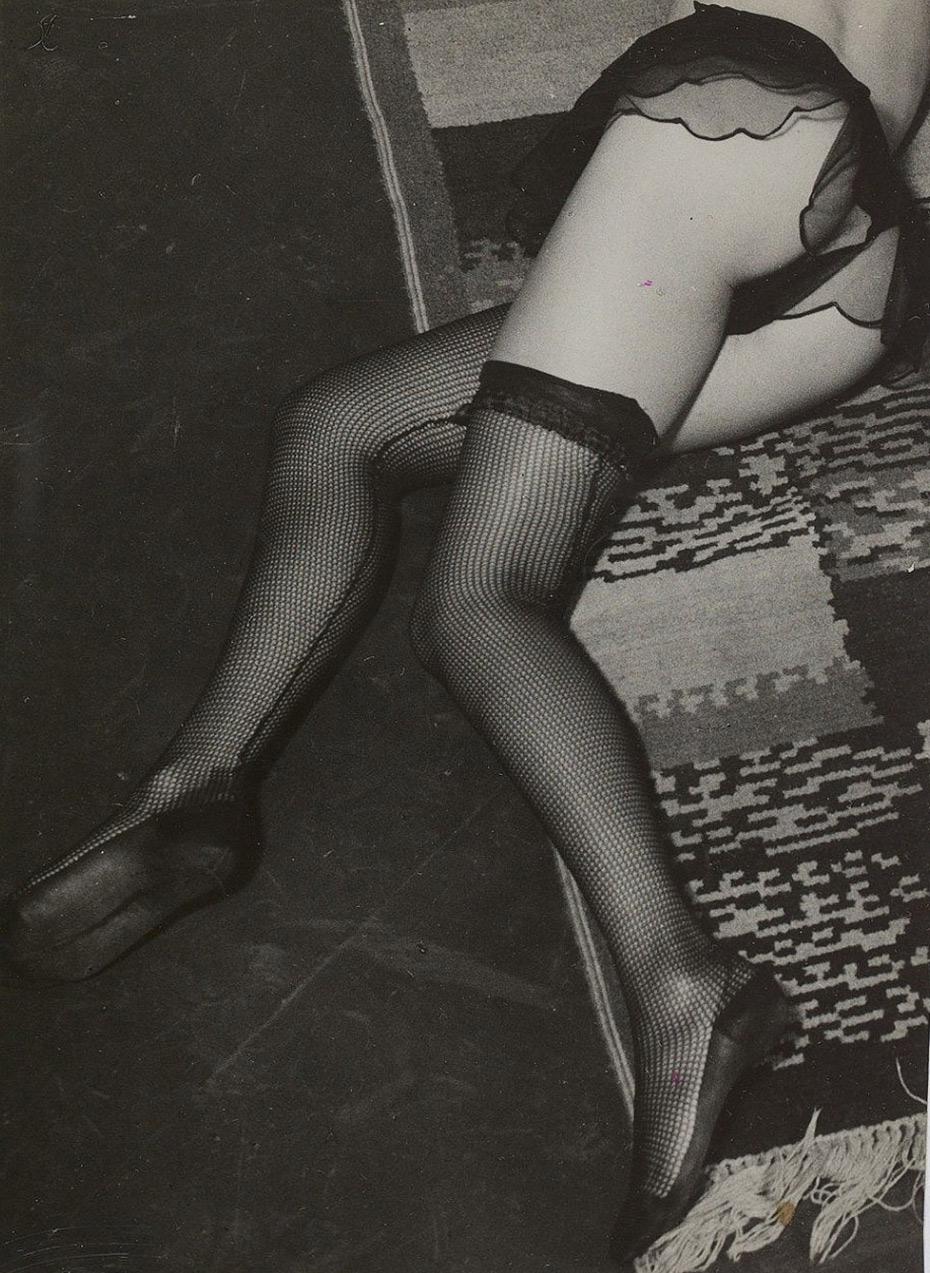
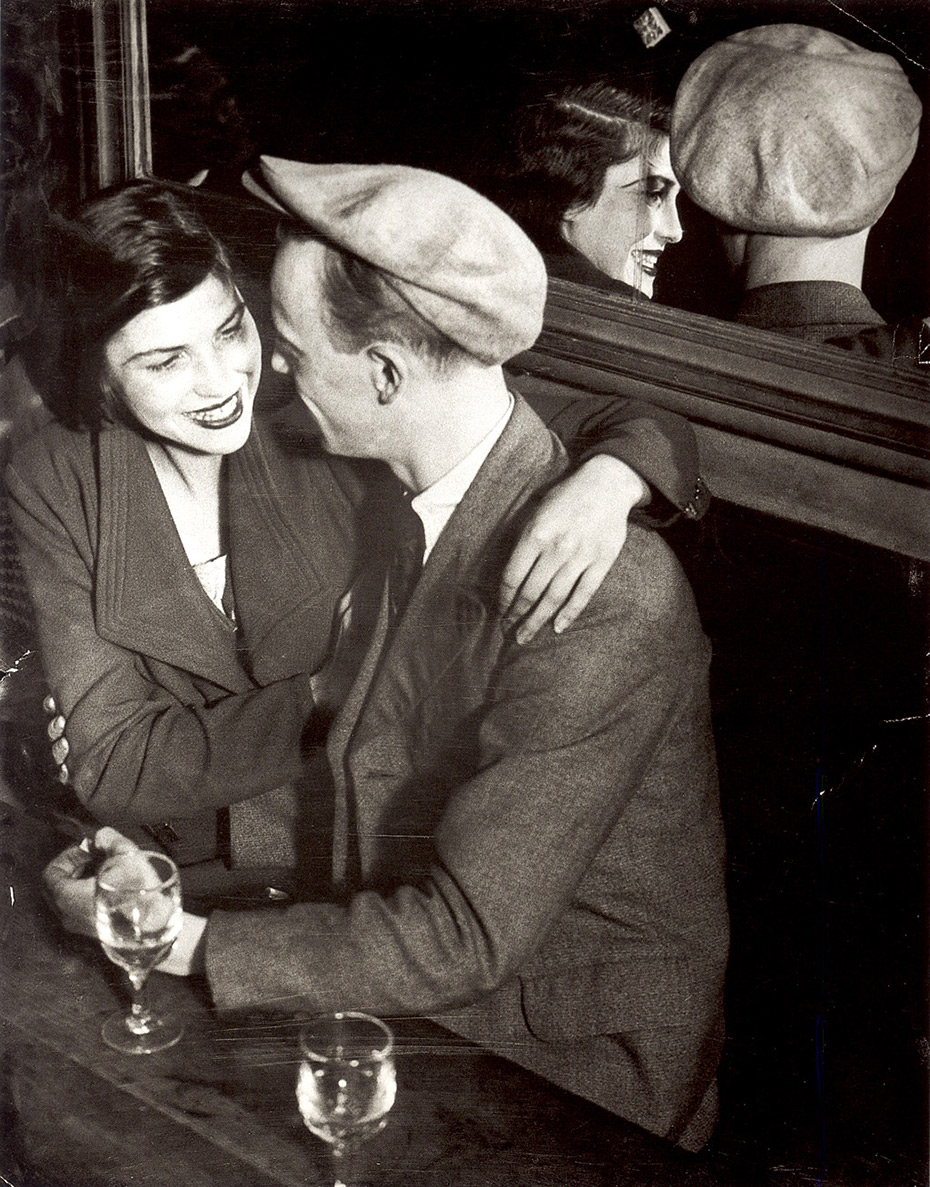


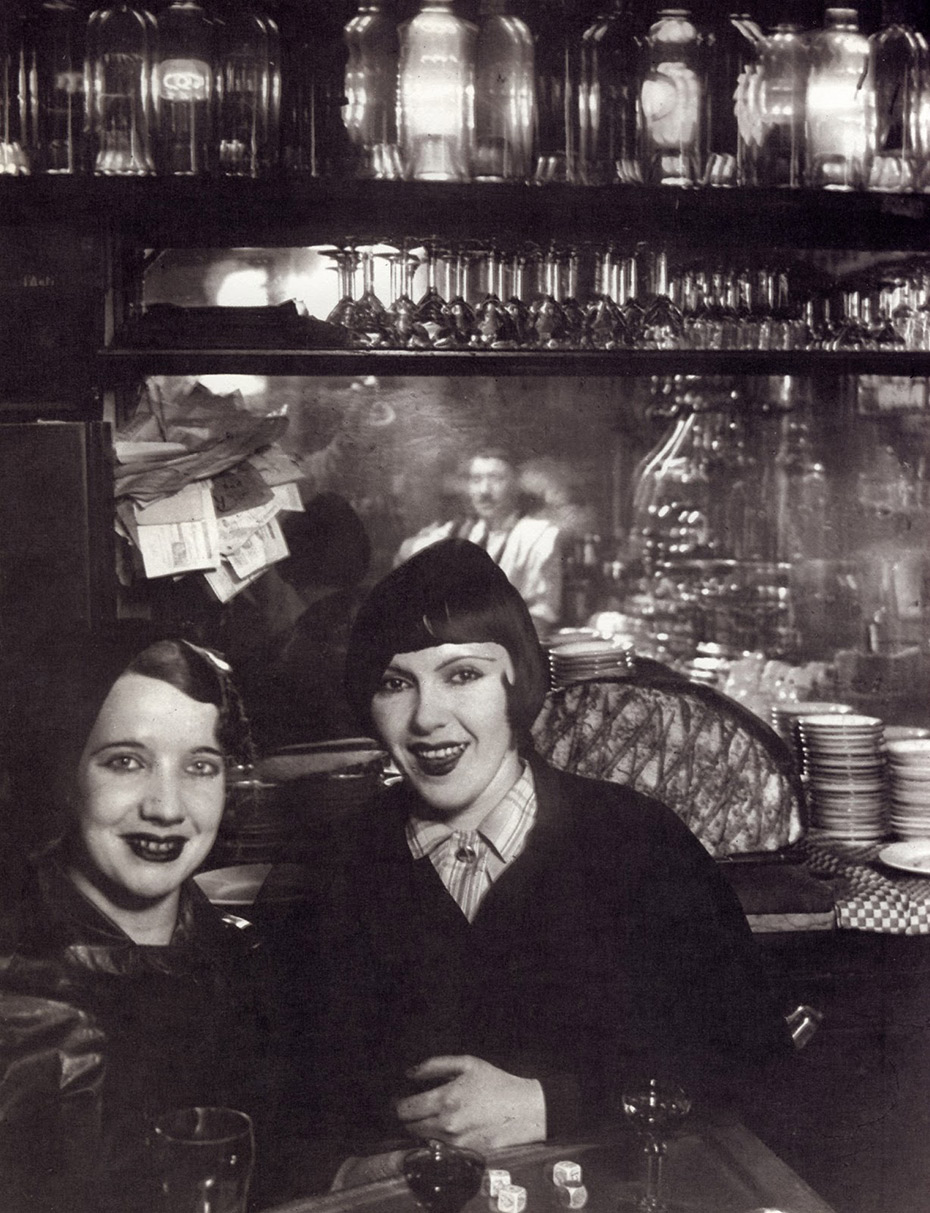
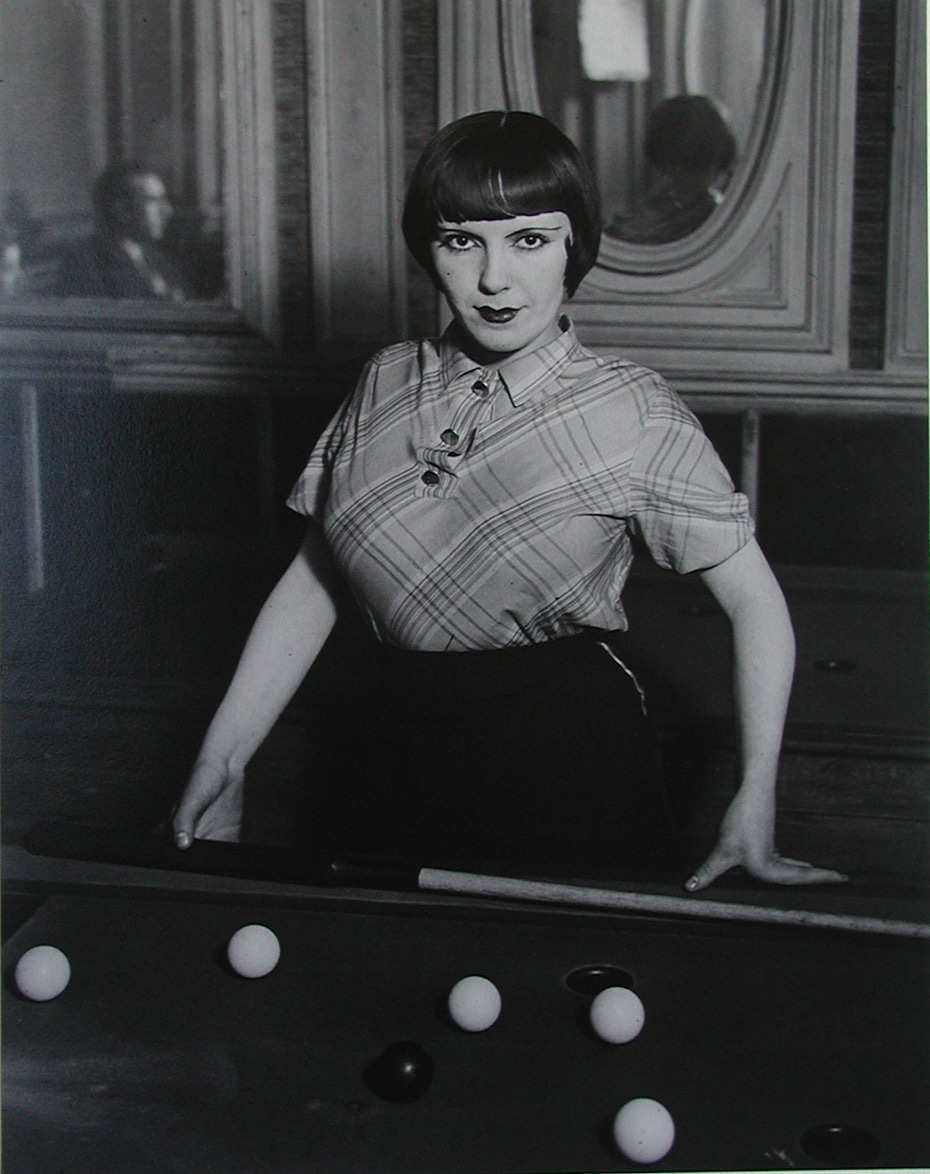
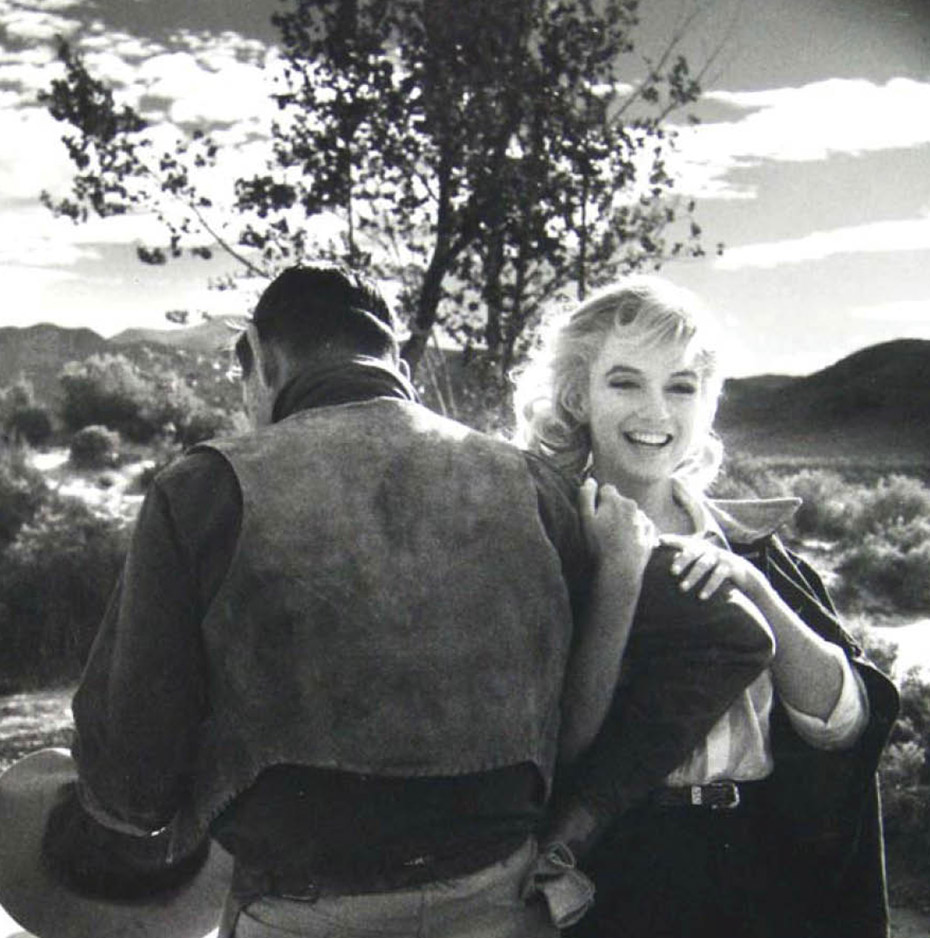
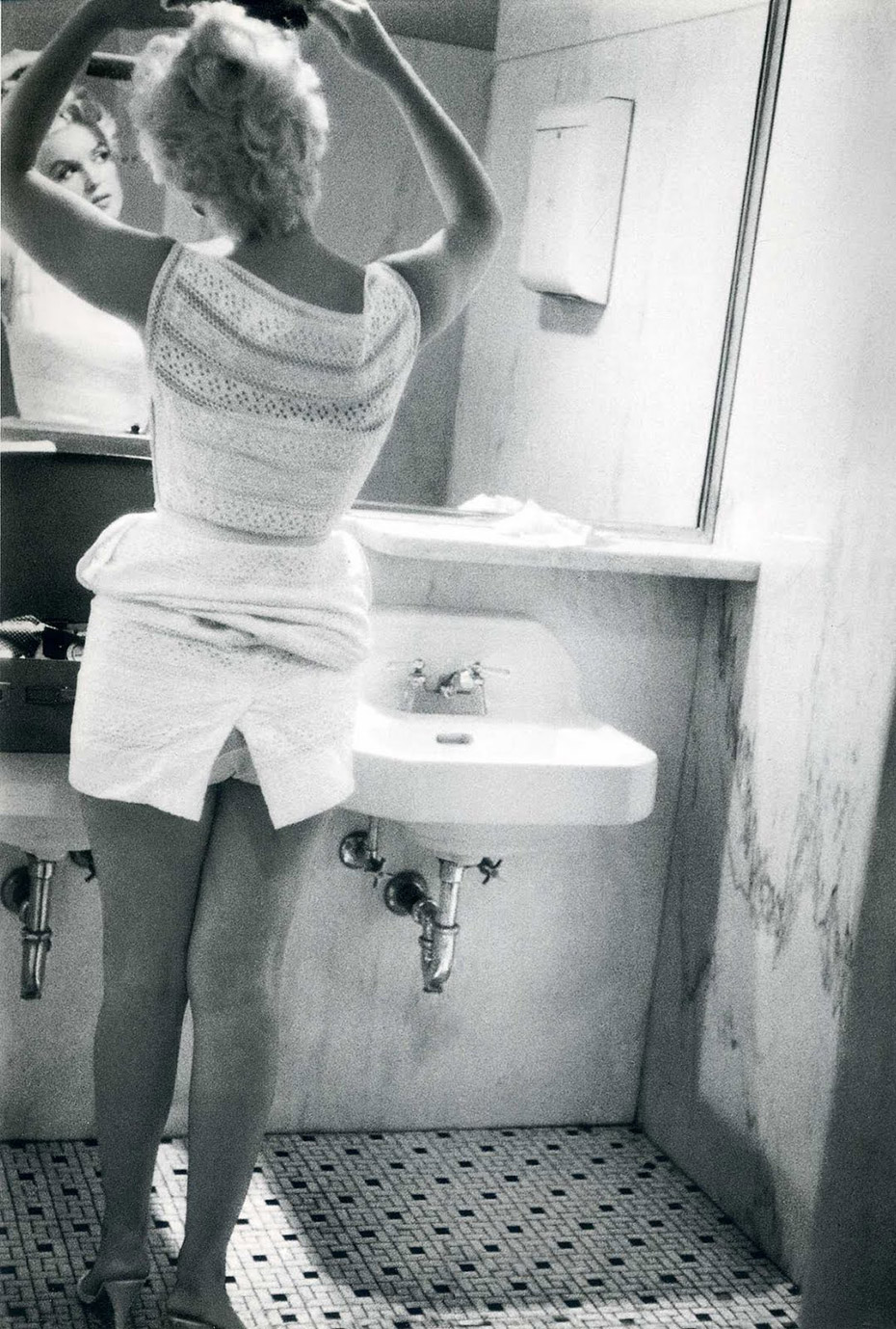
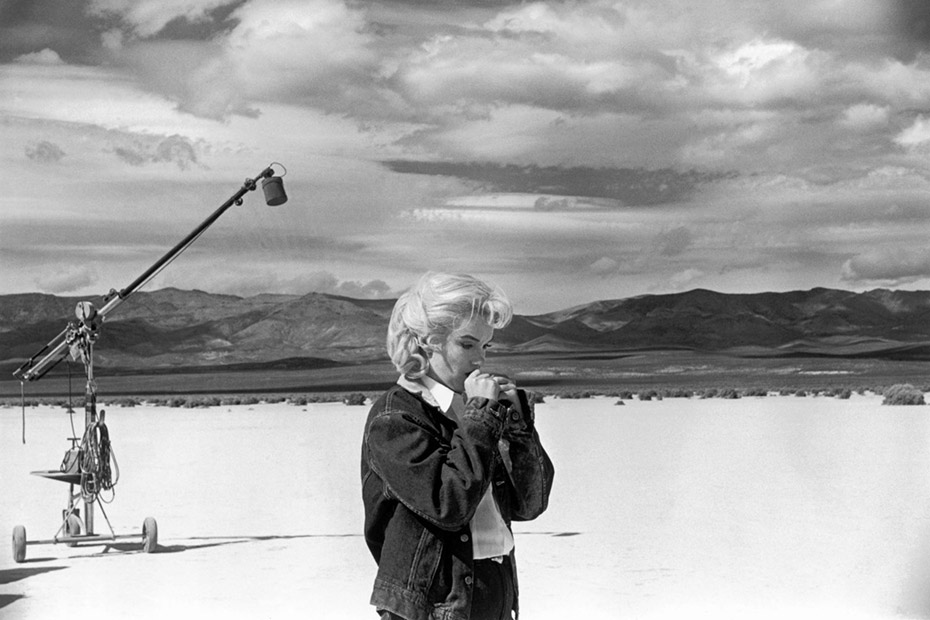

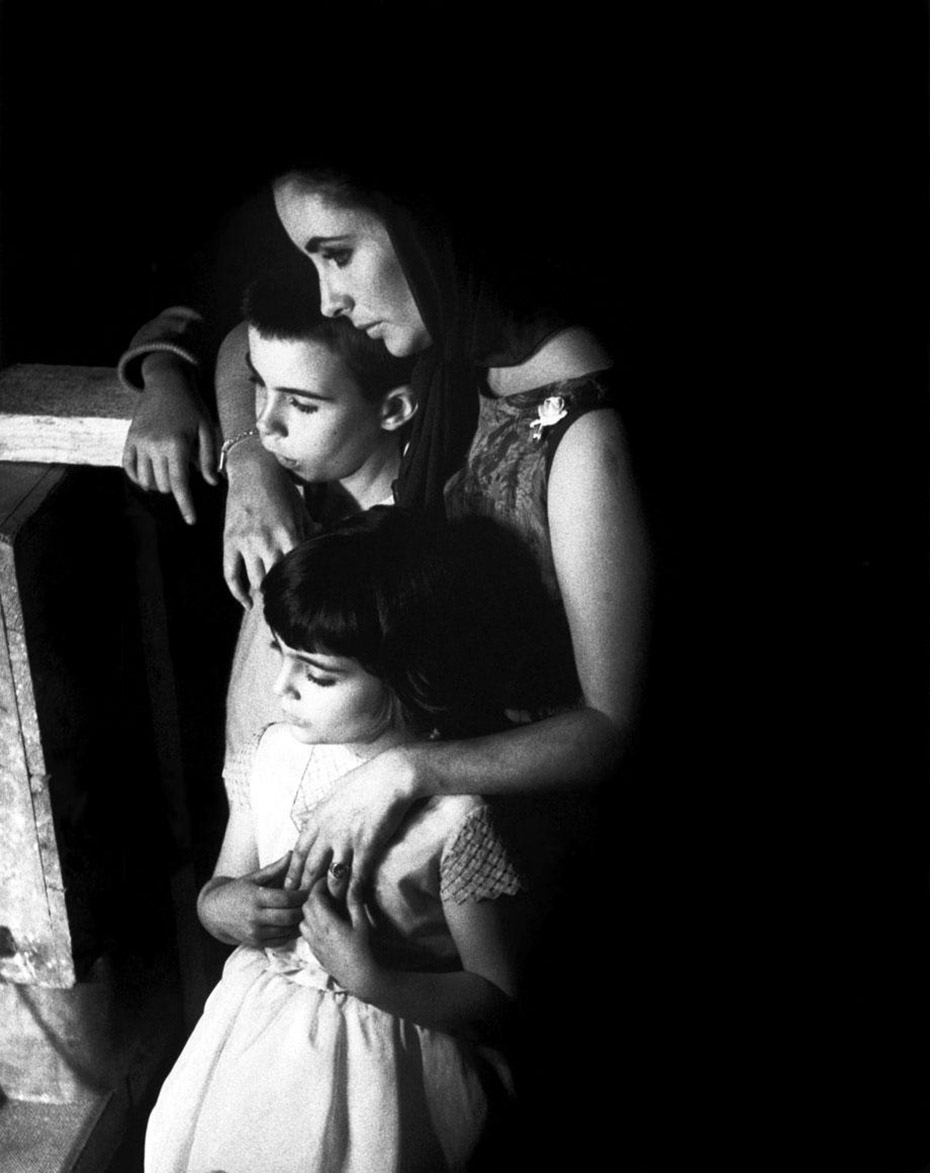
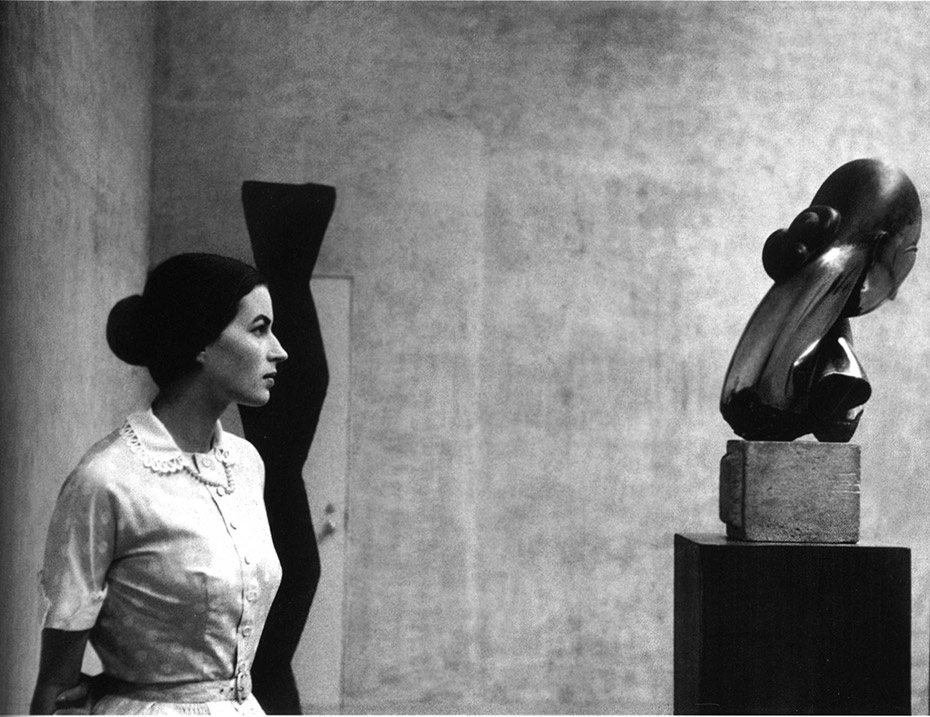
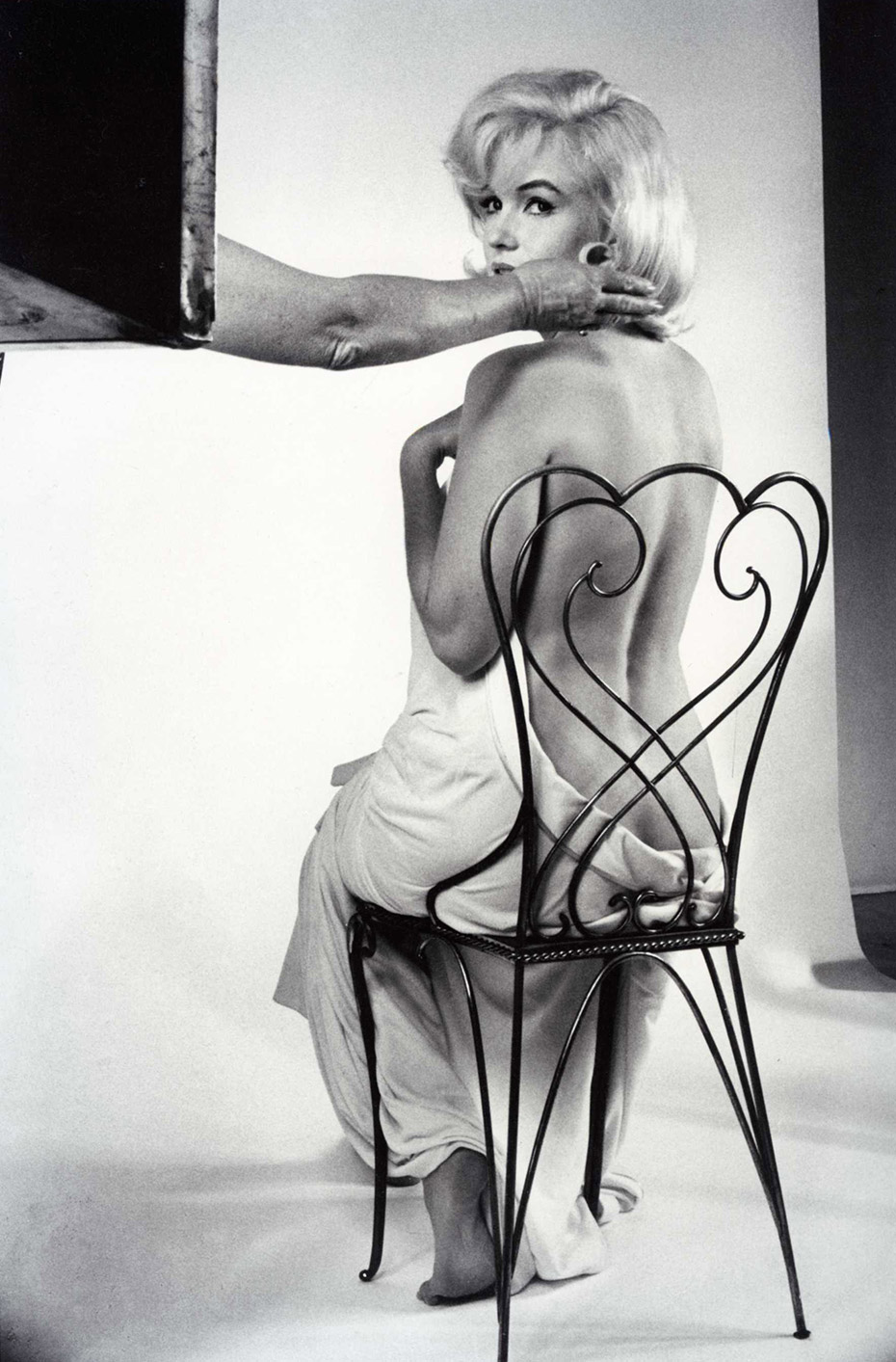
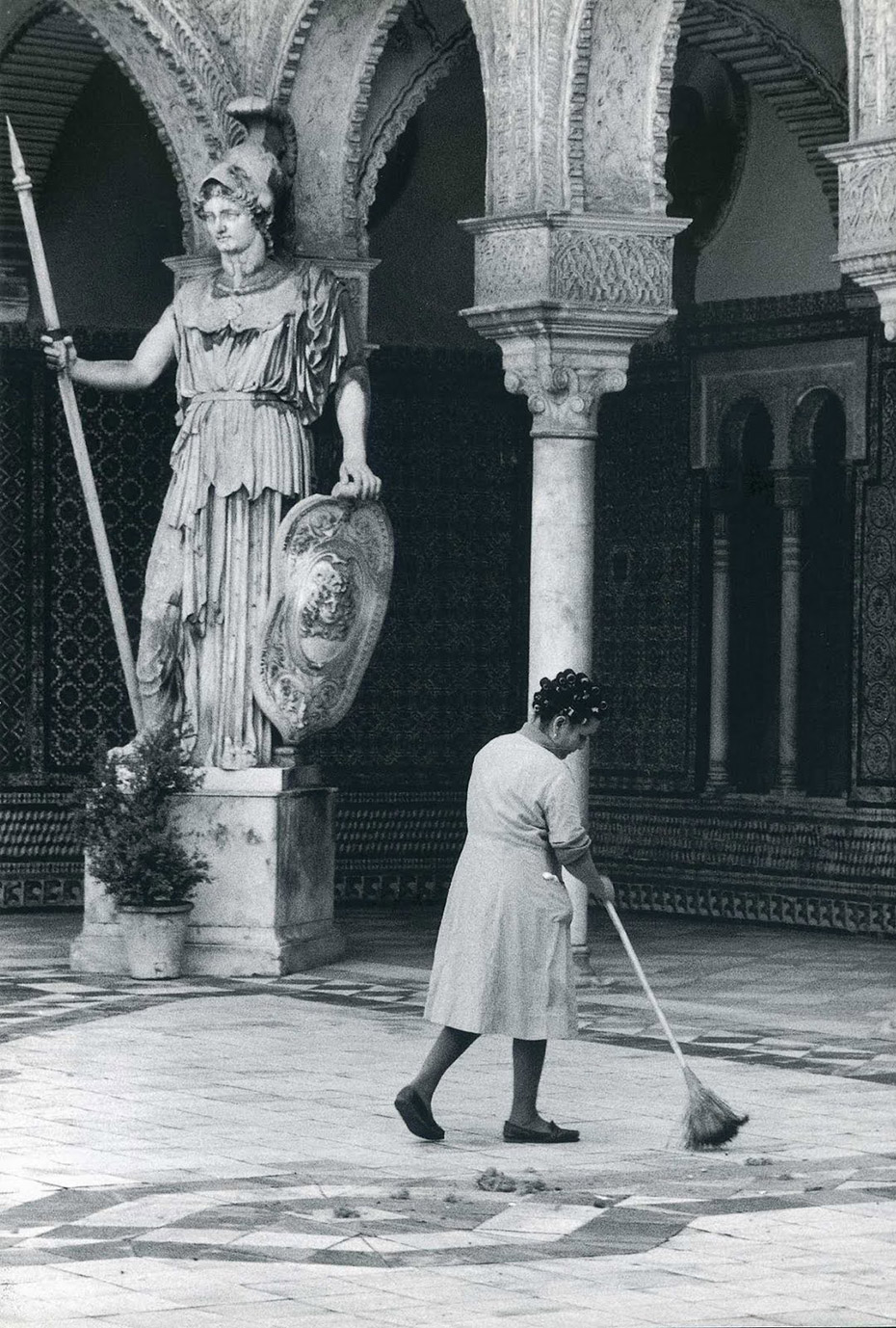
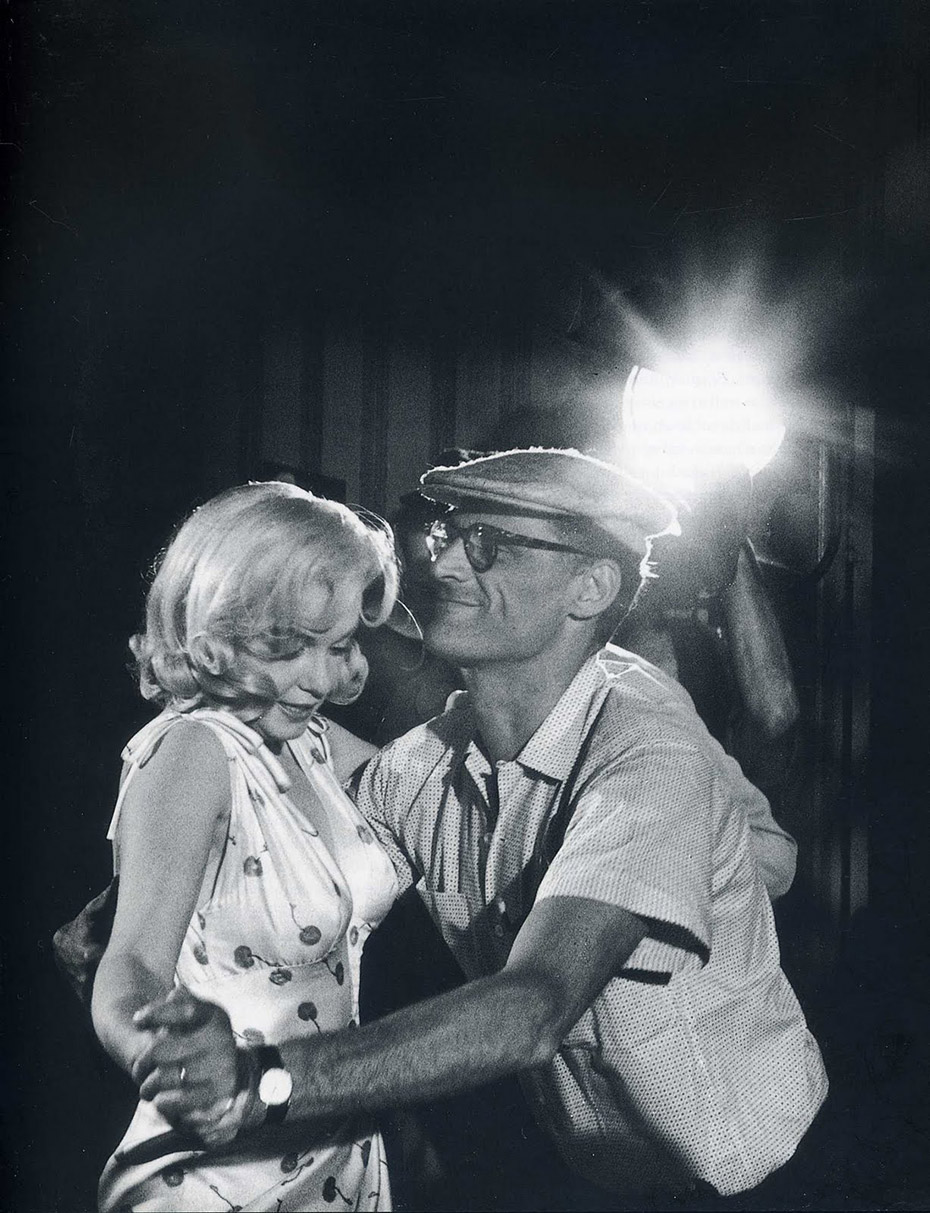
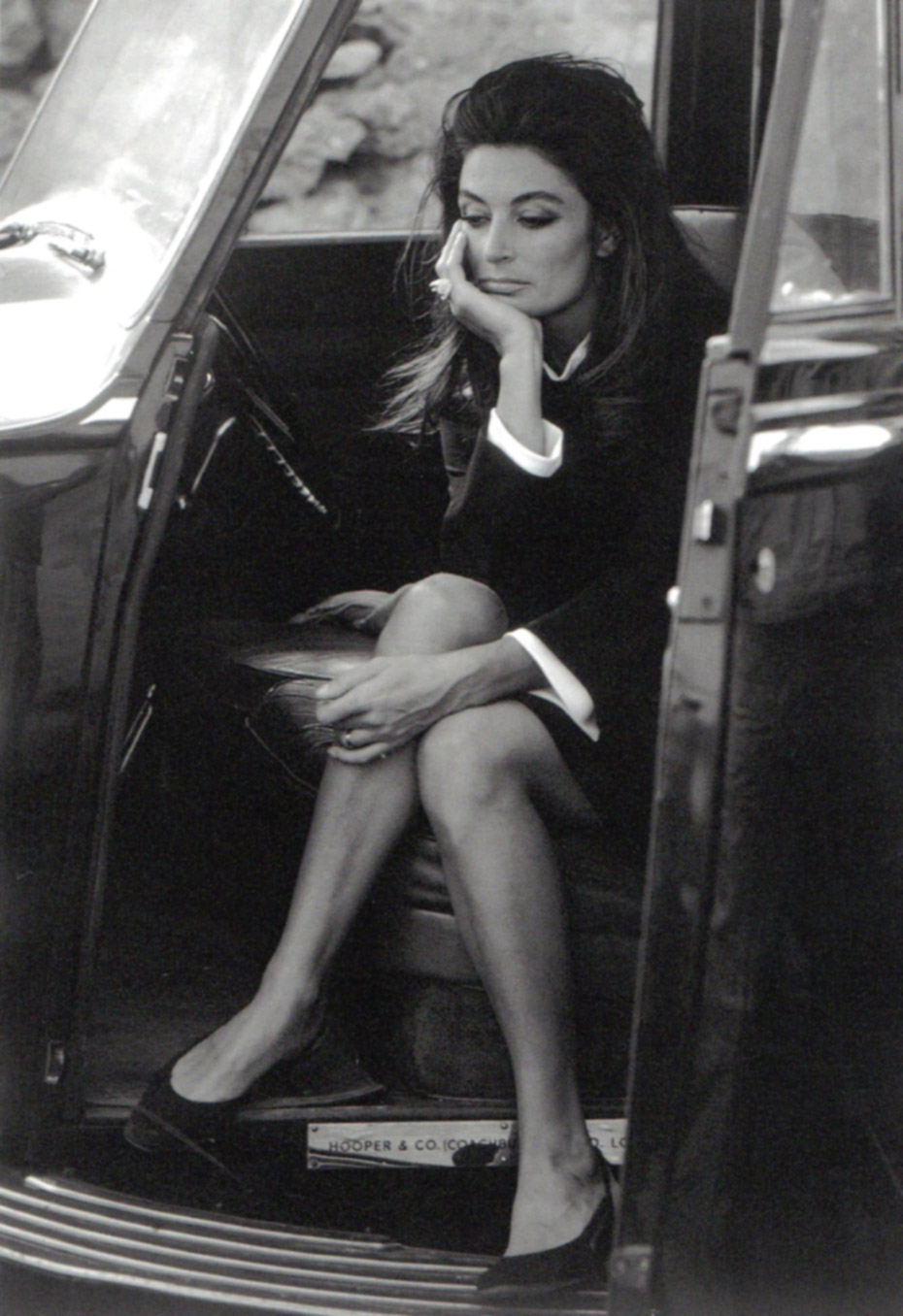
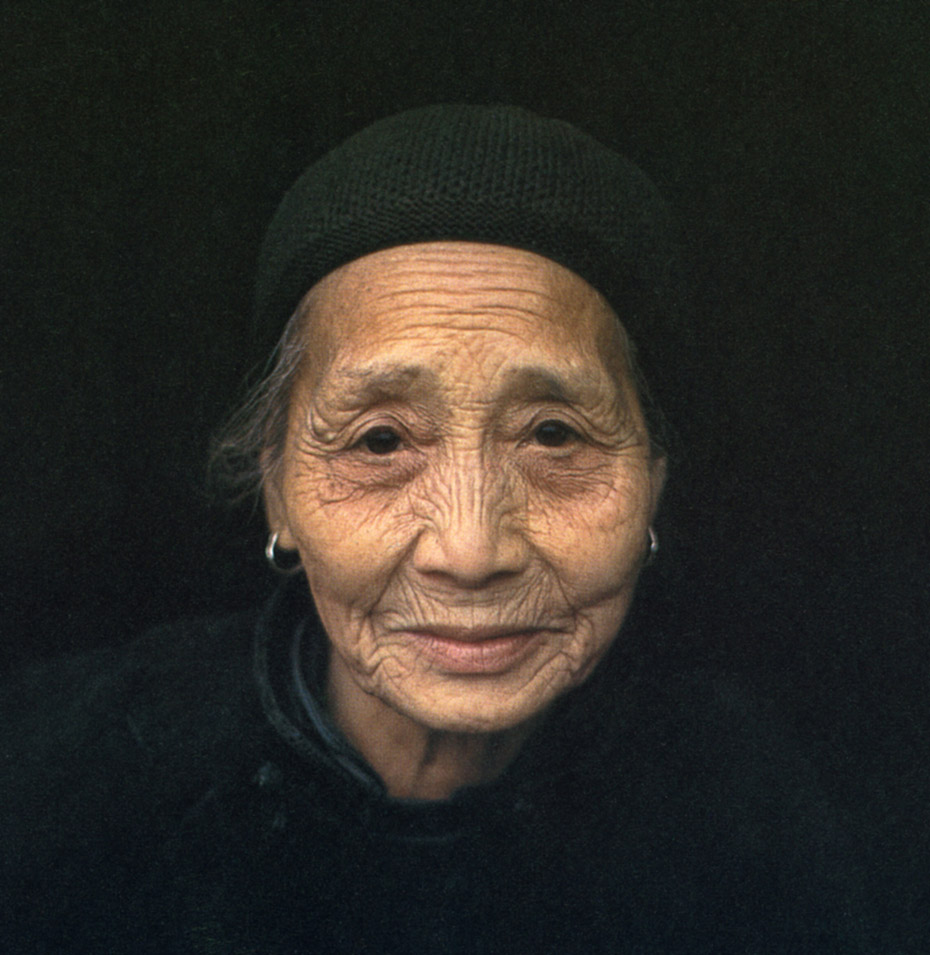









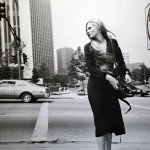
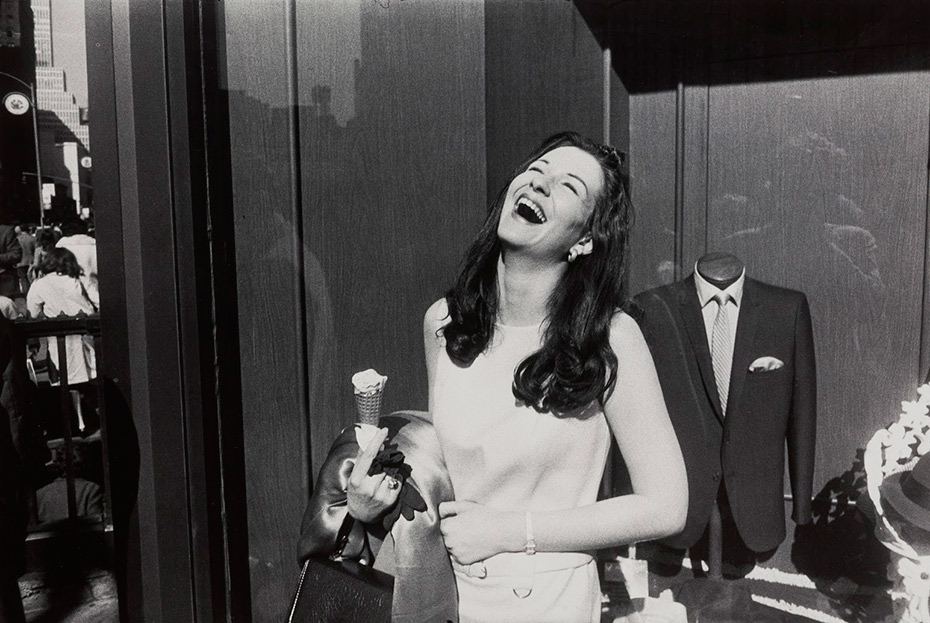


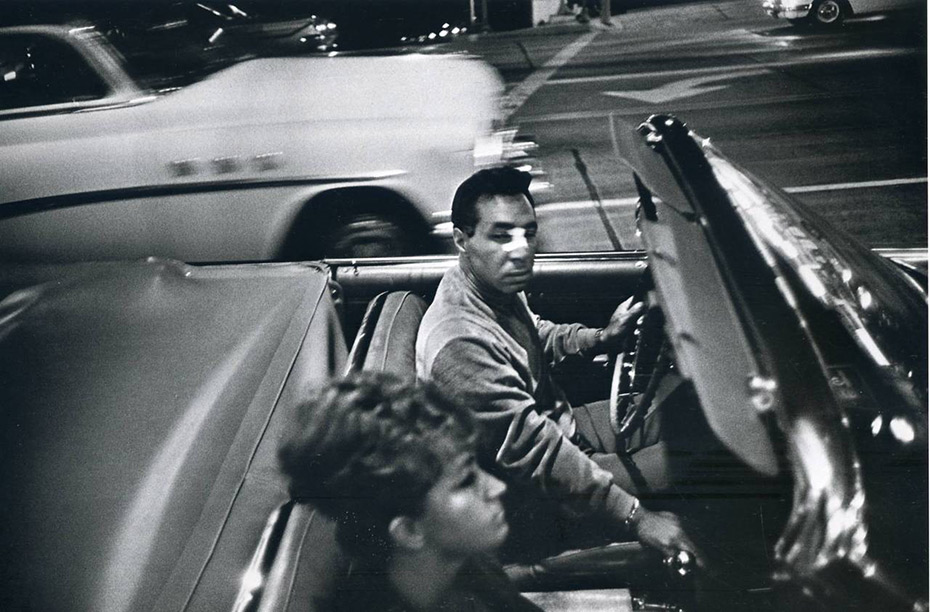
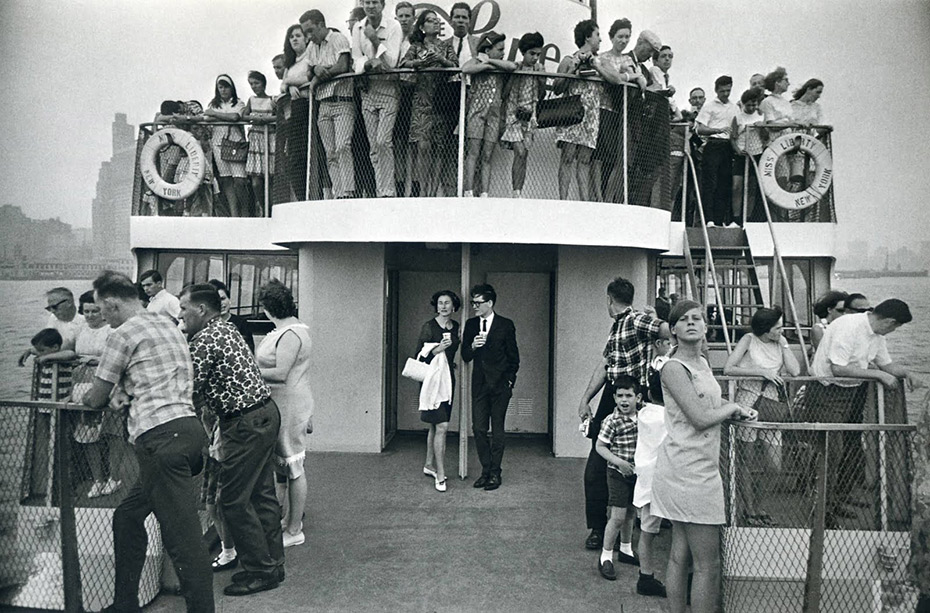

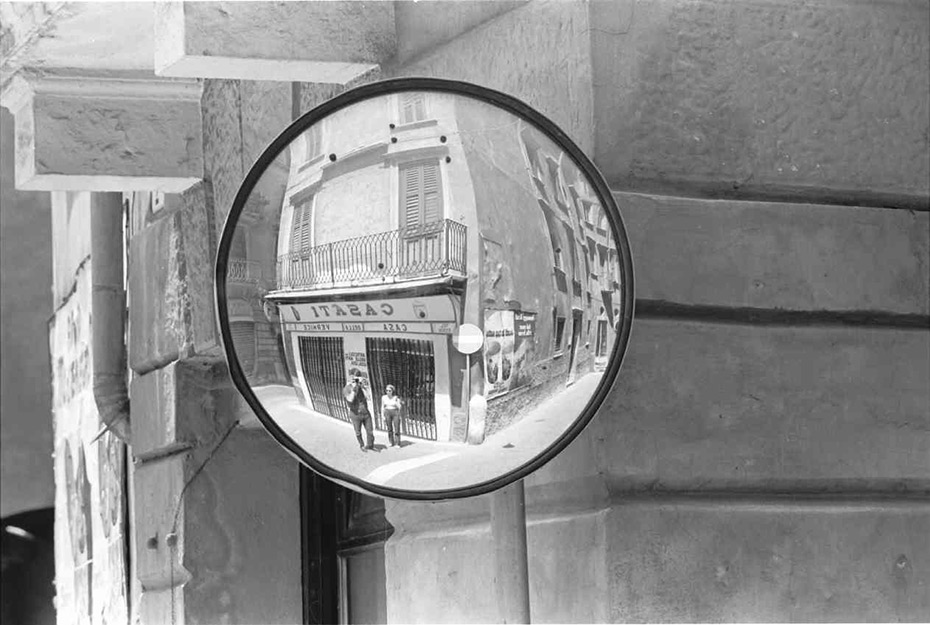

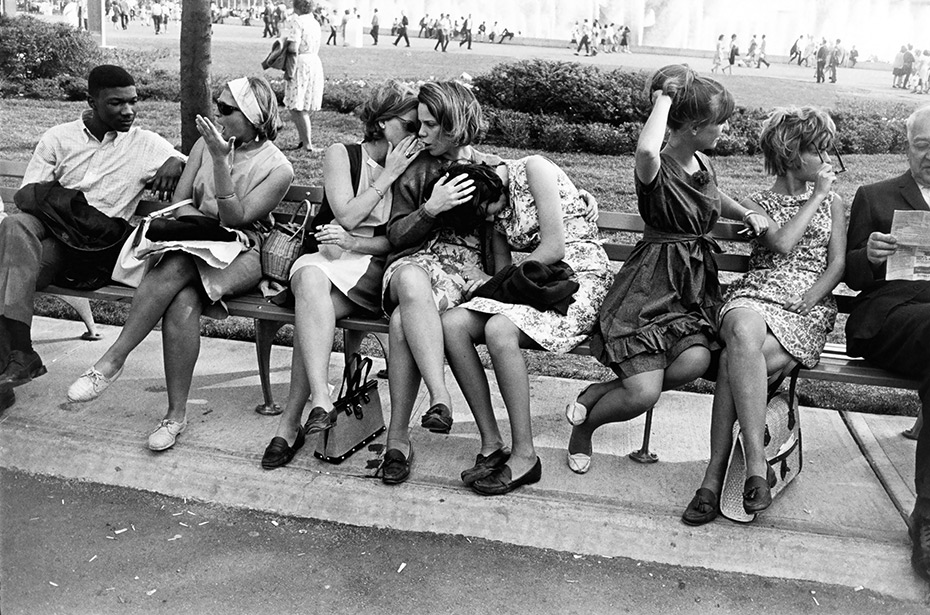

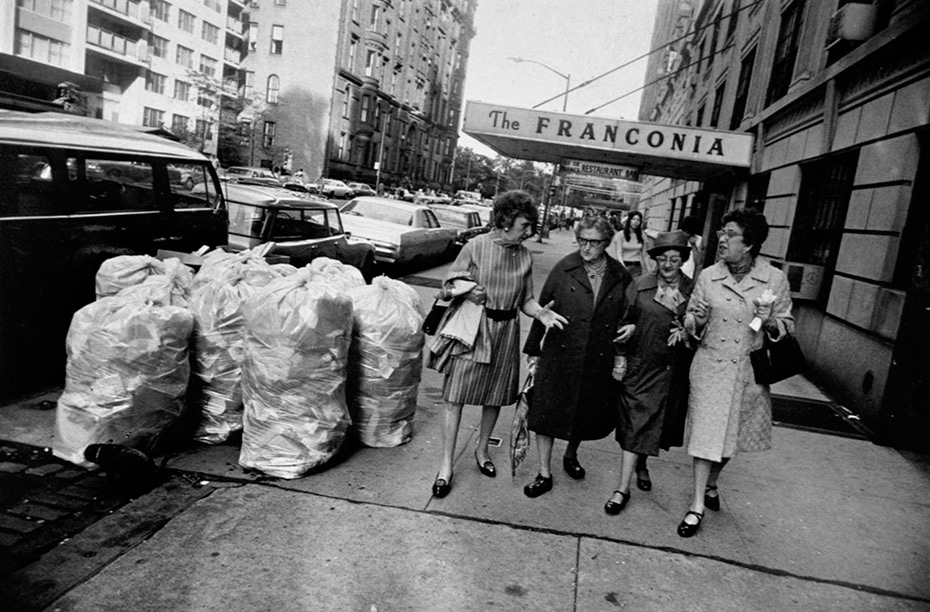
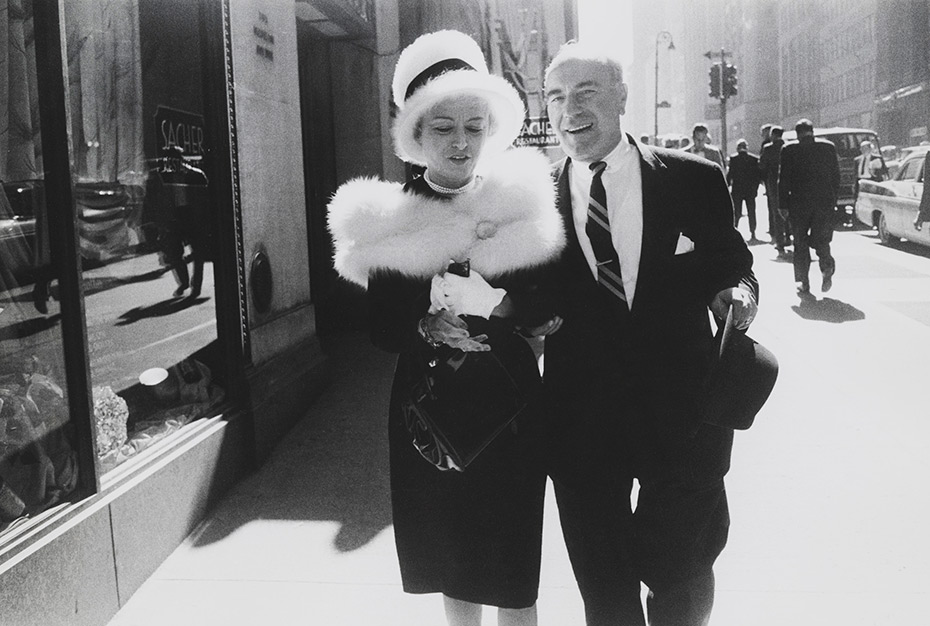
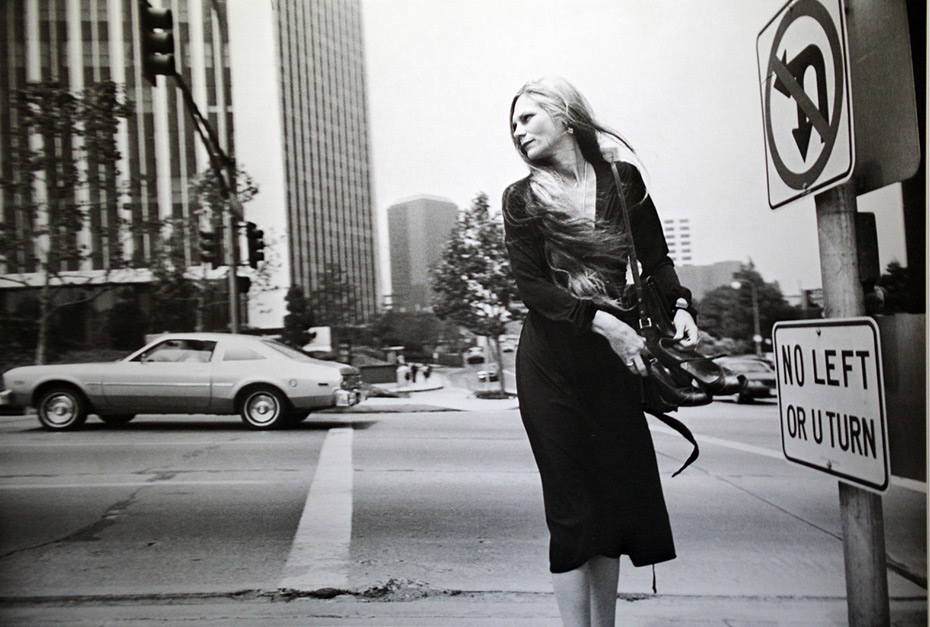
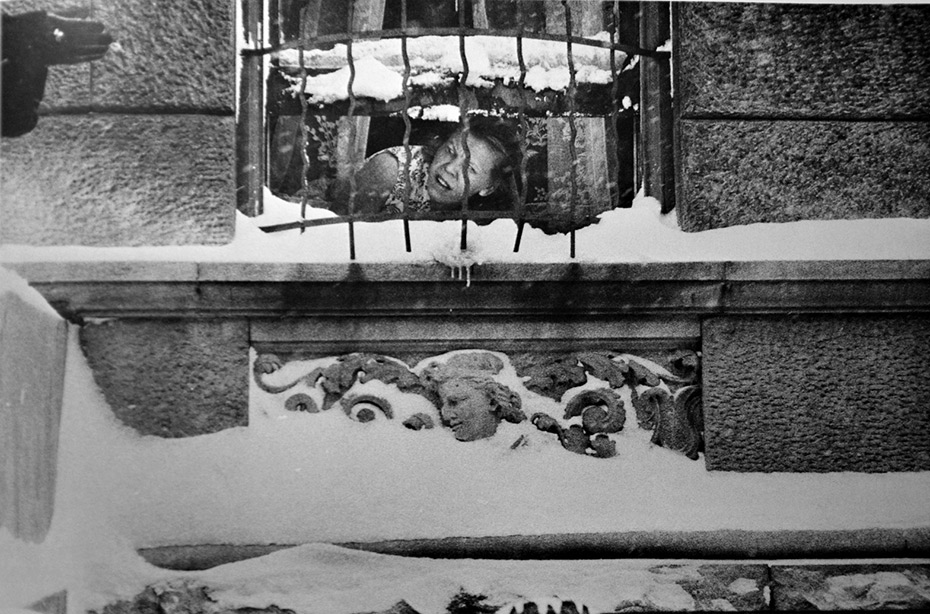
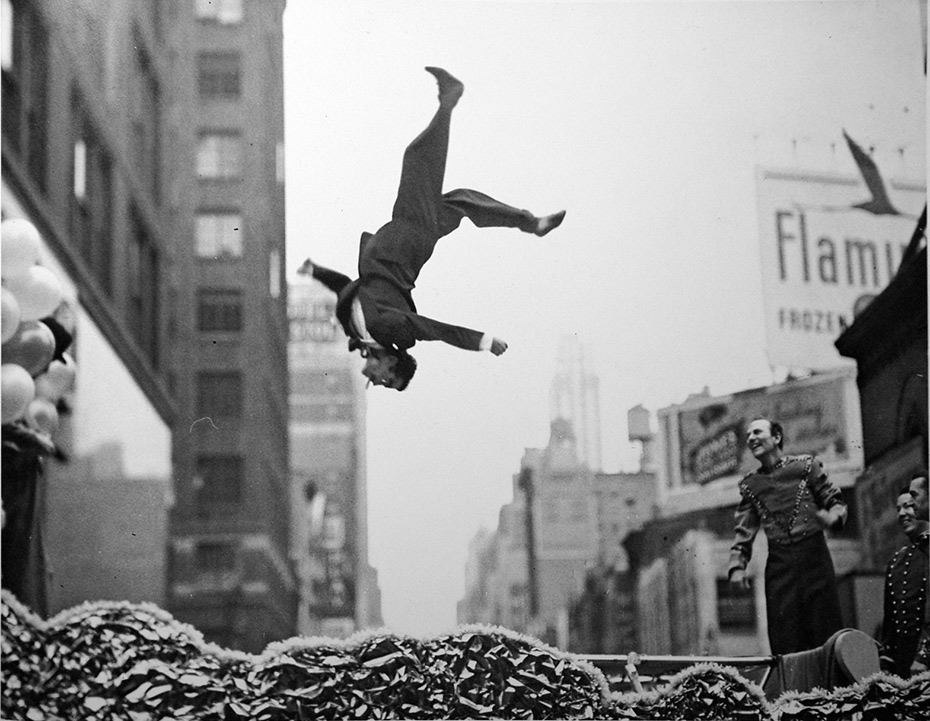


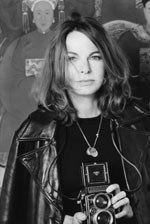 In 1981 her first exhibition featuring strip-tease artists and acrobats appeared at the Centre Pompidou and at the Galerie Texbraun in Paris. Encouraged by the success of her first show, Rheims produced a series of images of stuffed animals which were also exhibited in Paris and later in New York.
In 1981 her first exhibition featuring strip-tease artists and acrobats appeared at the Centre Pompidou and at the Galerie Texbraun in Paris. Encouraged by the success of her first show, Rheims produced a series of images of stuffed animals which were also exhibited in Paris and later in New York.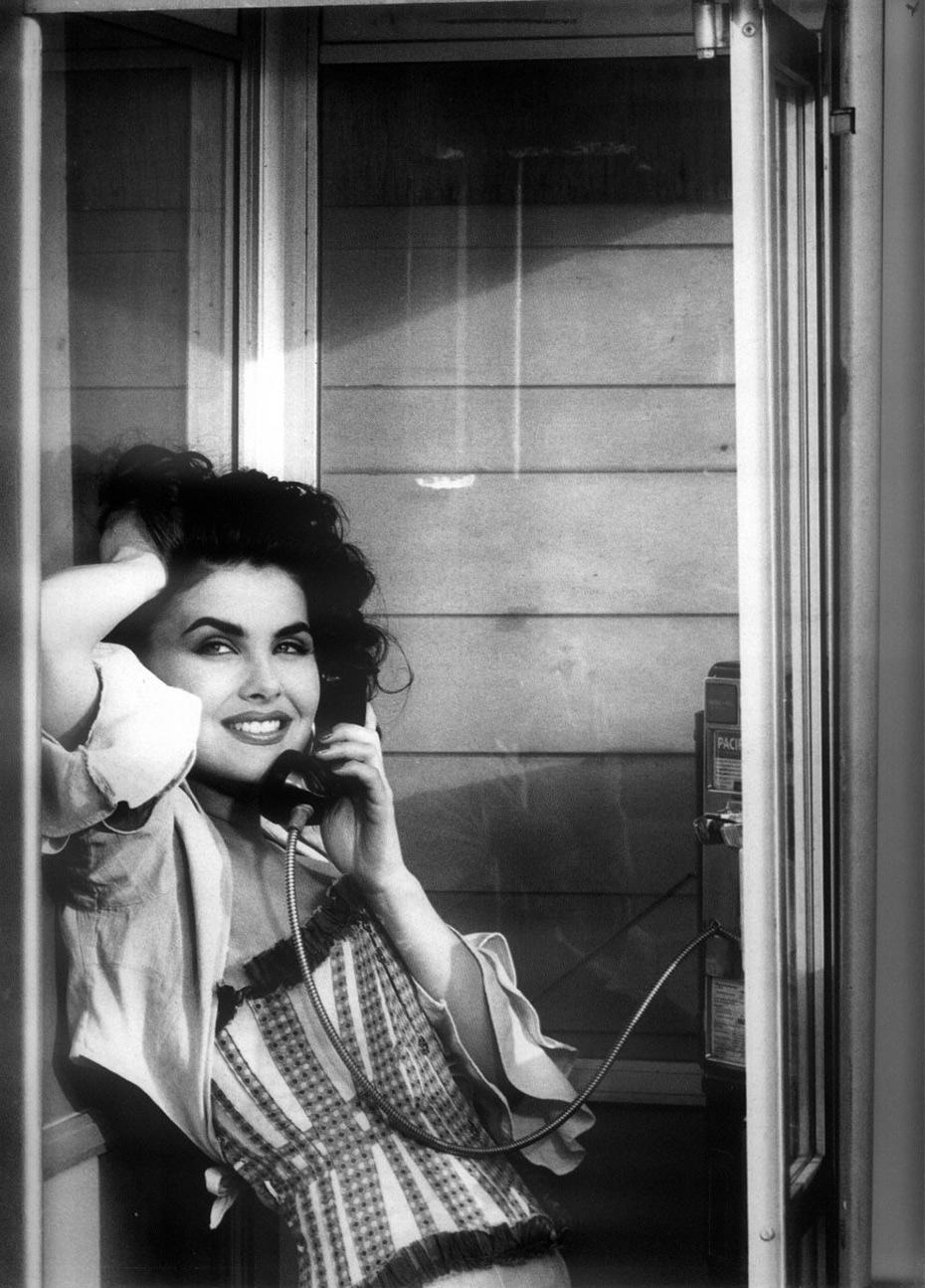
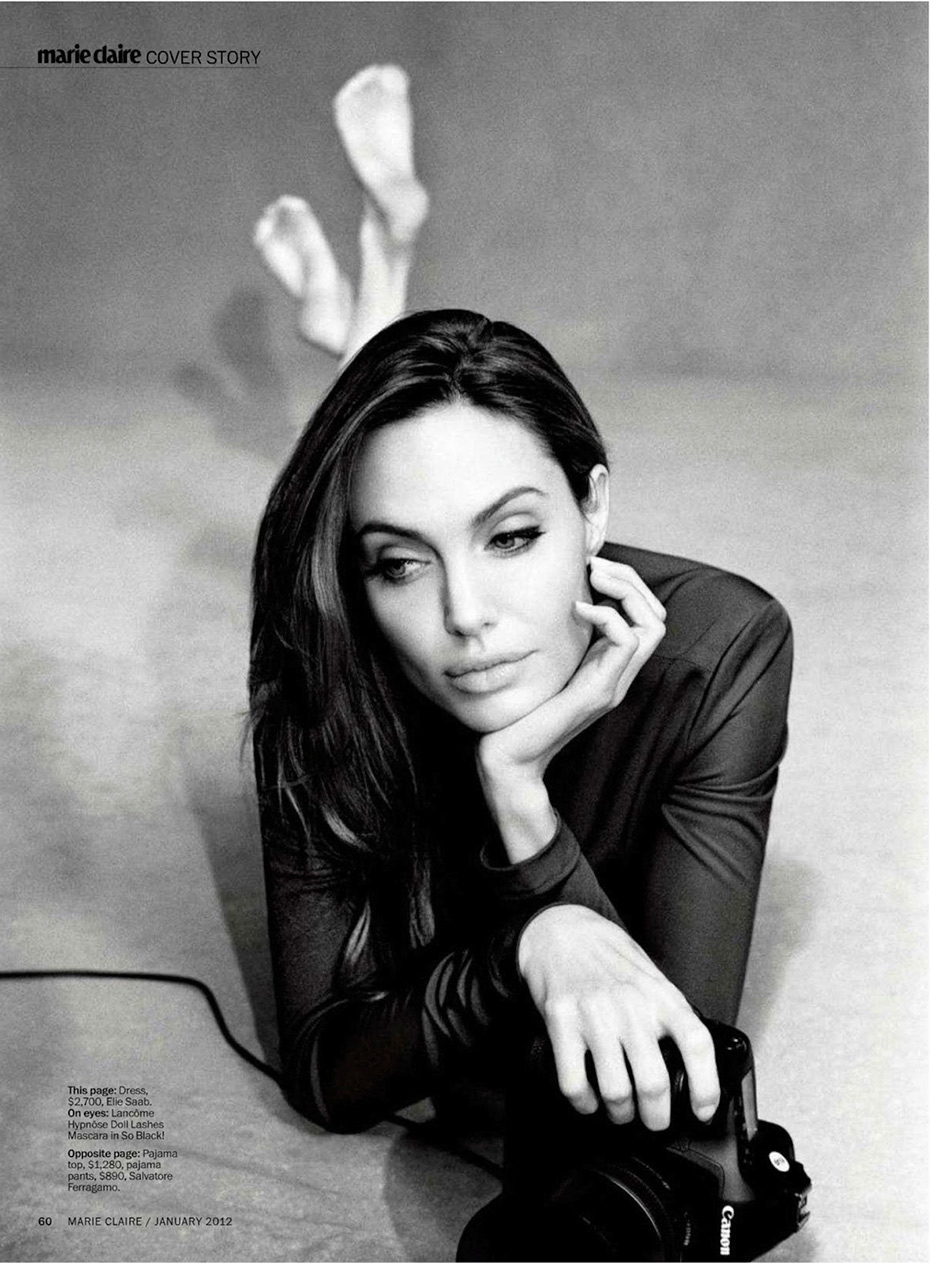
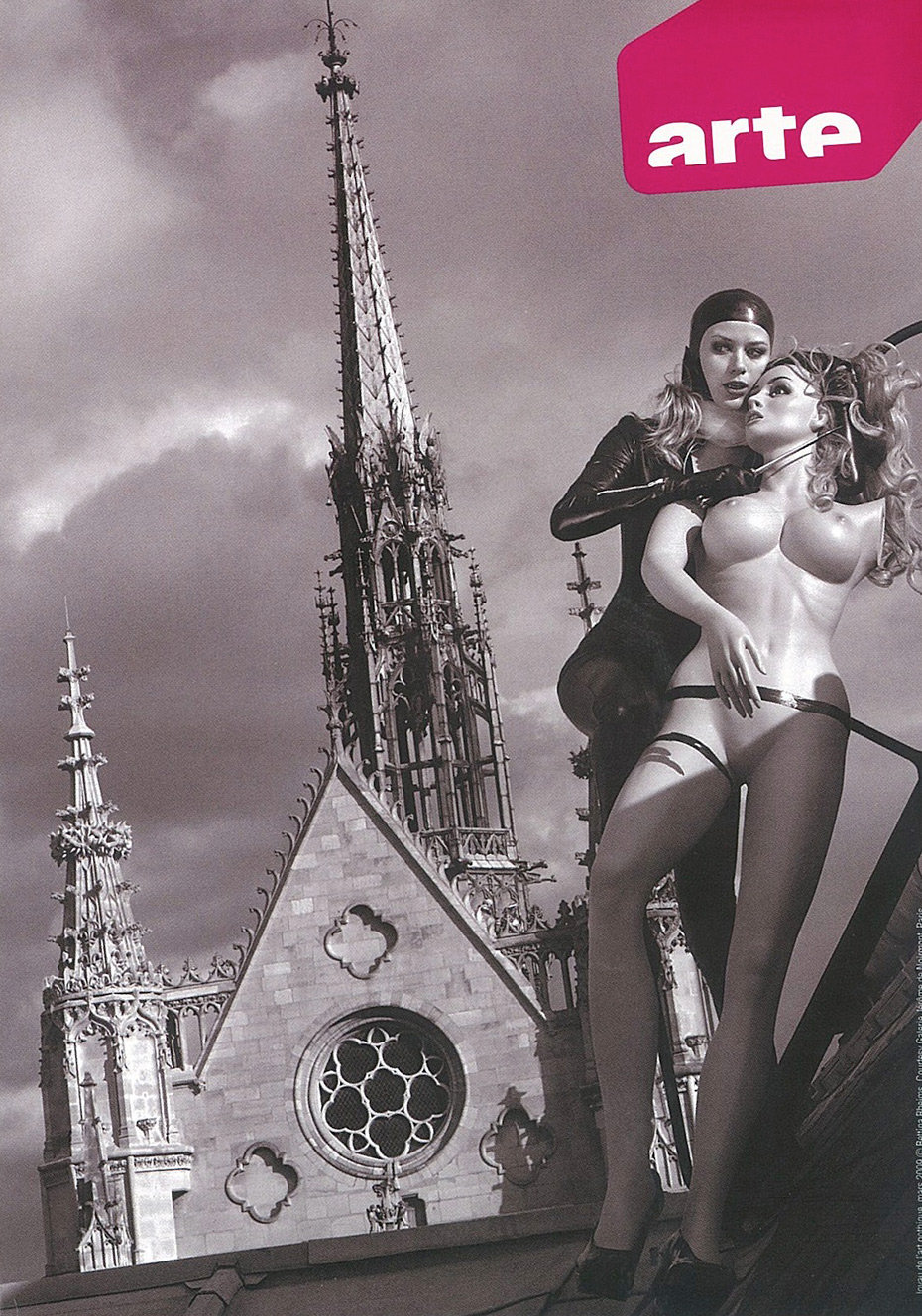

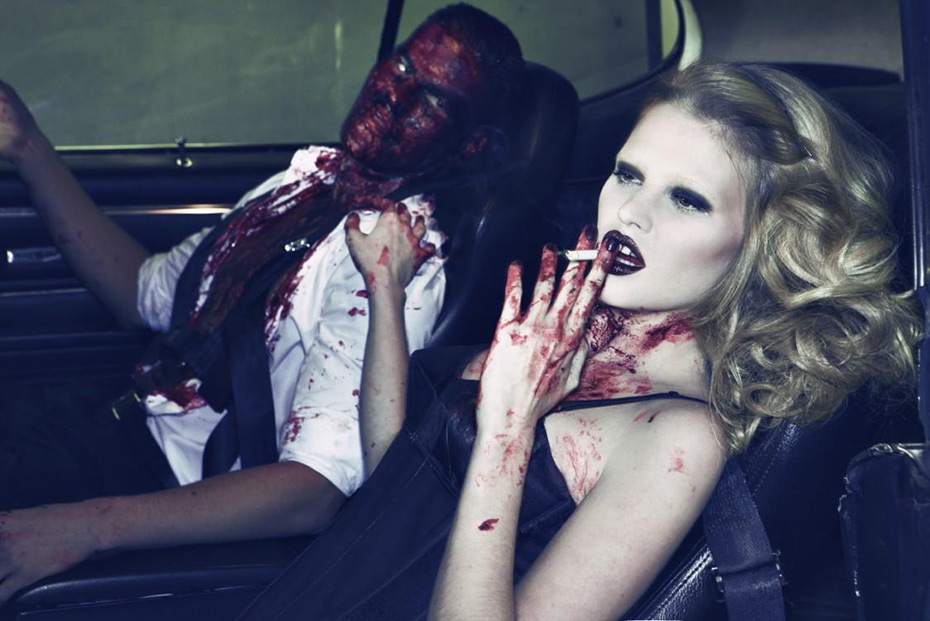
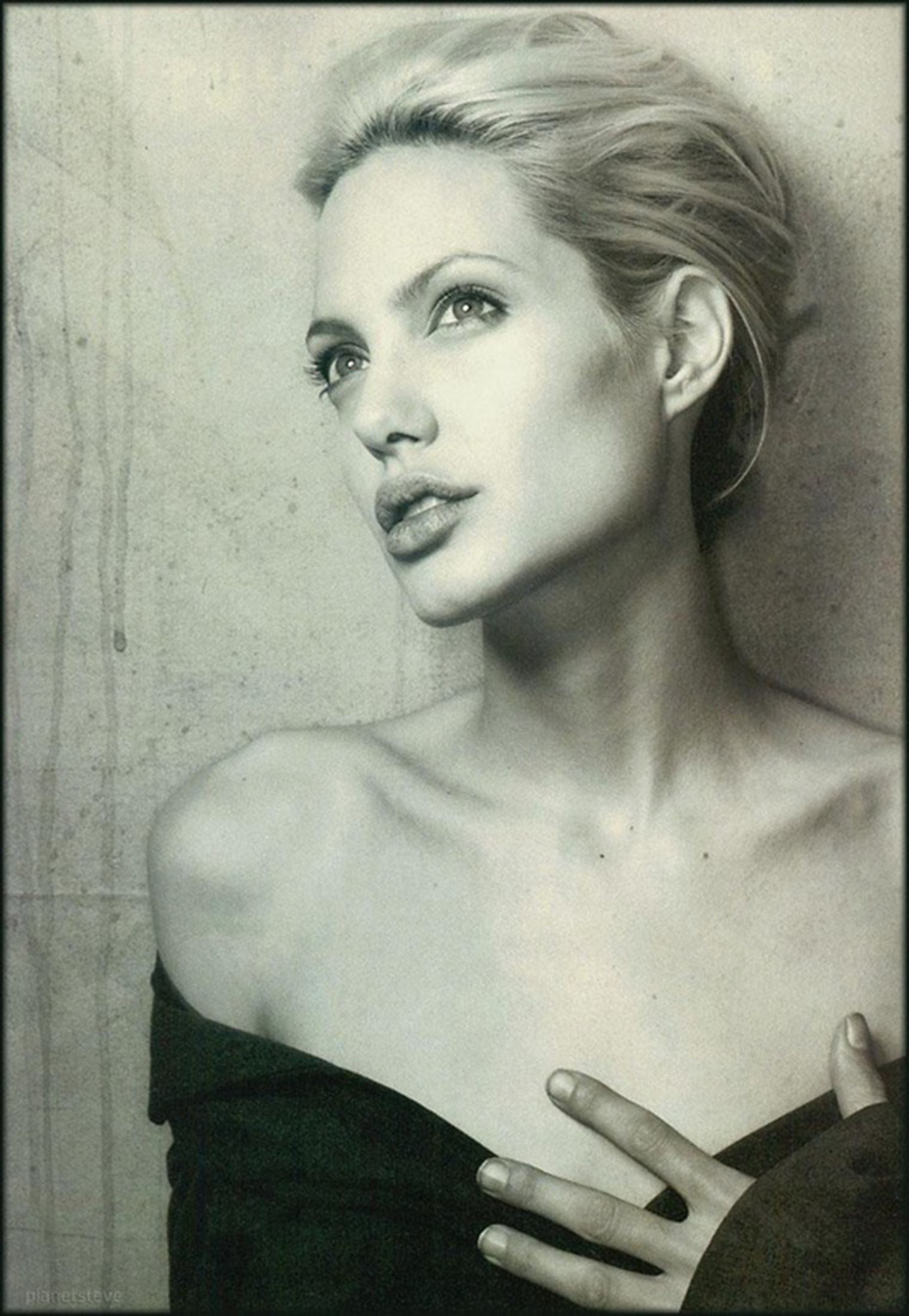

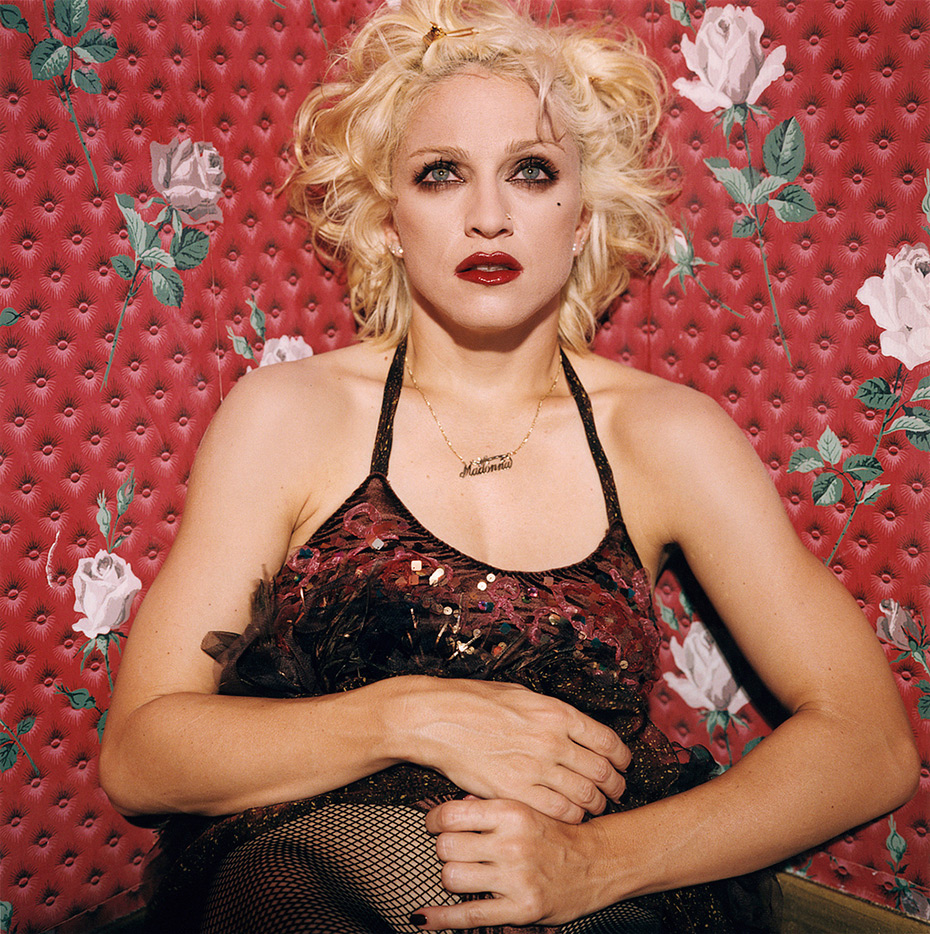


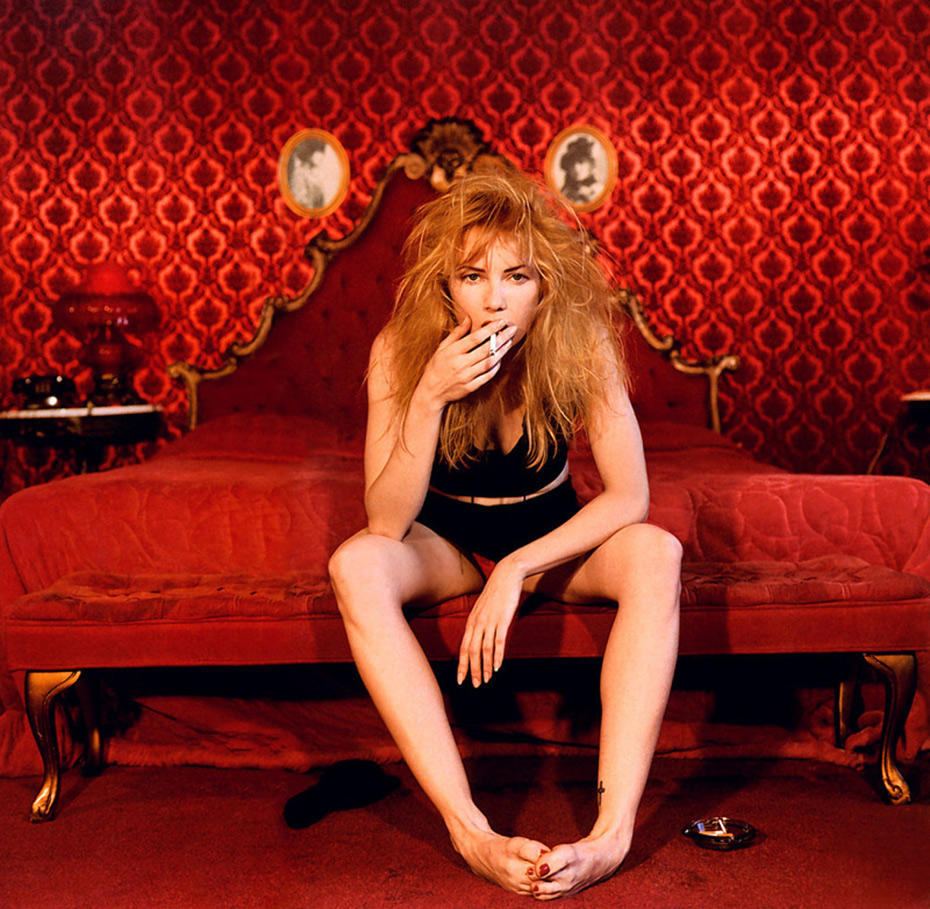
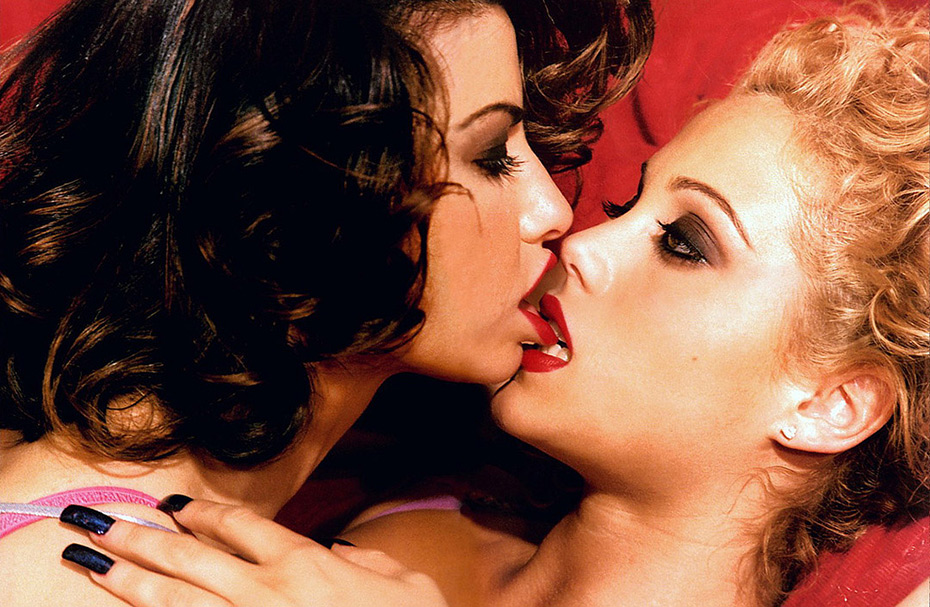
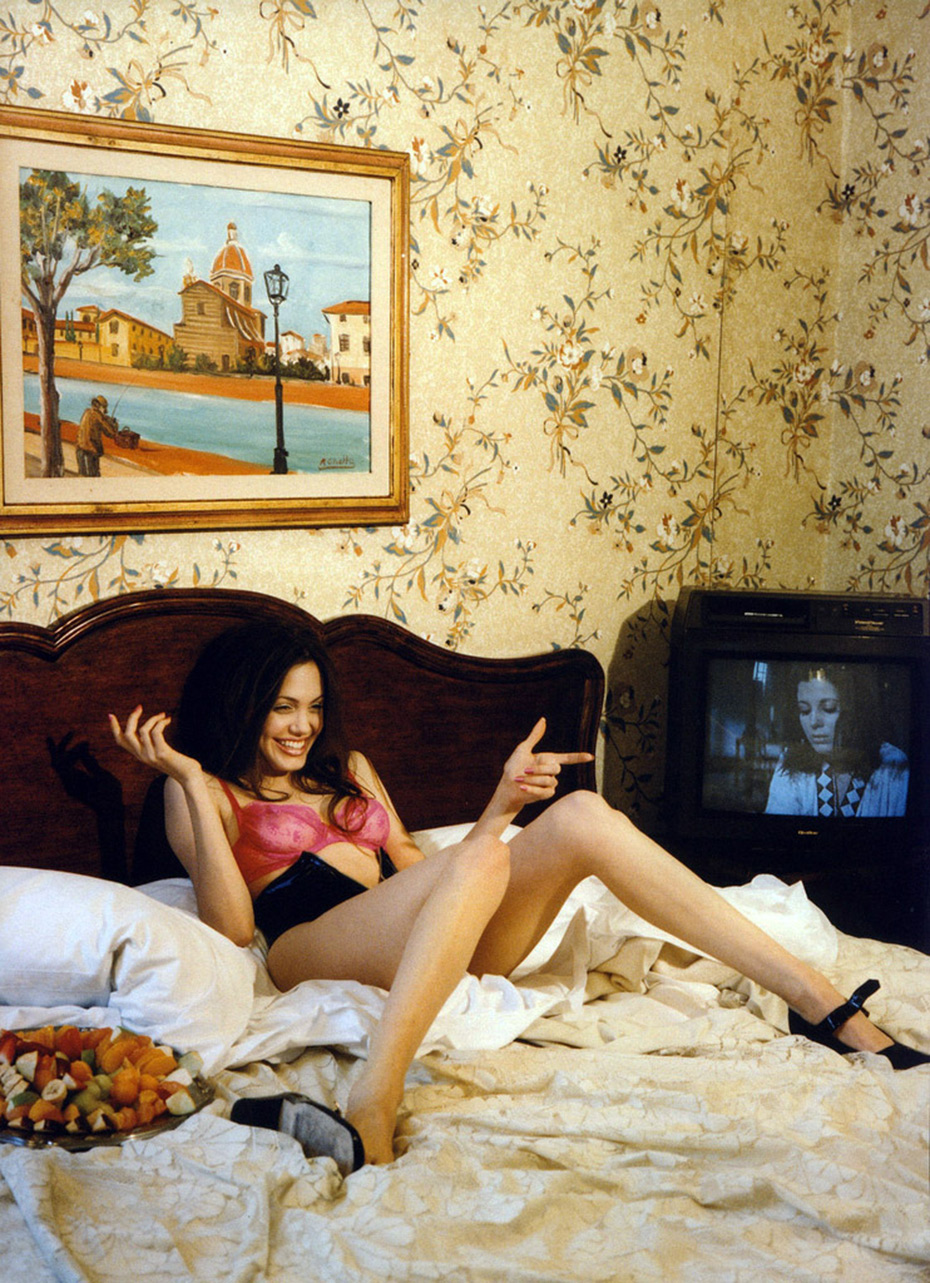
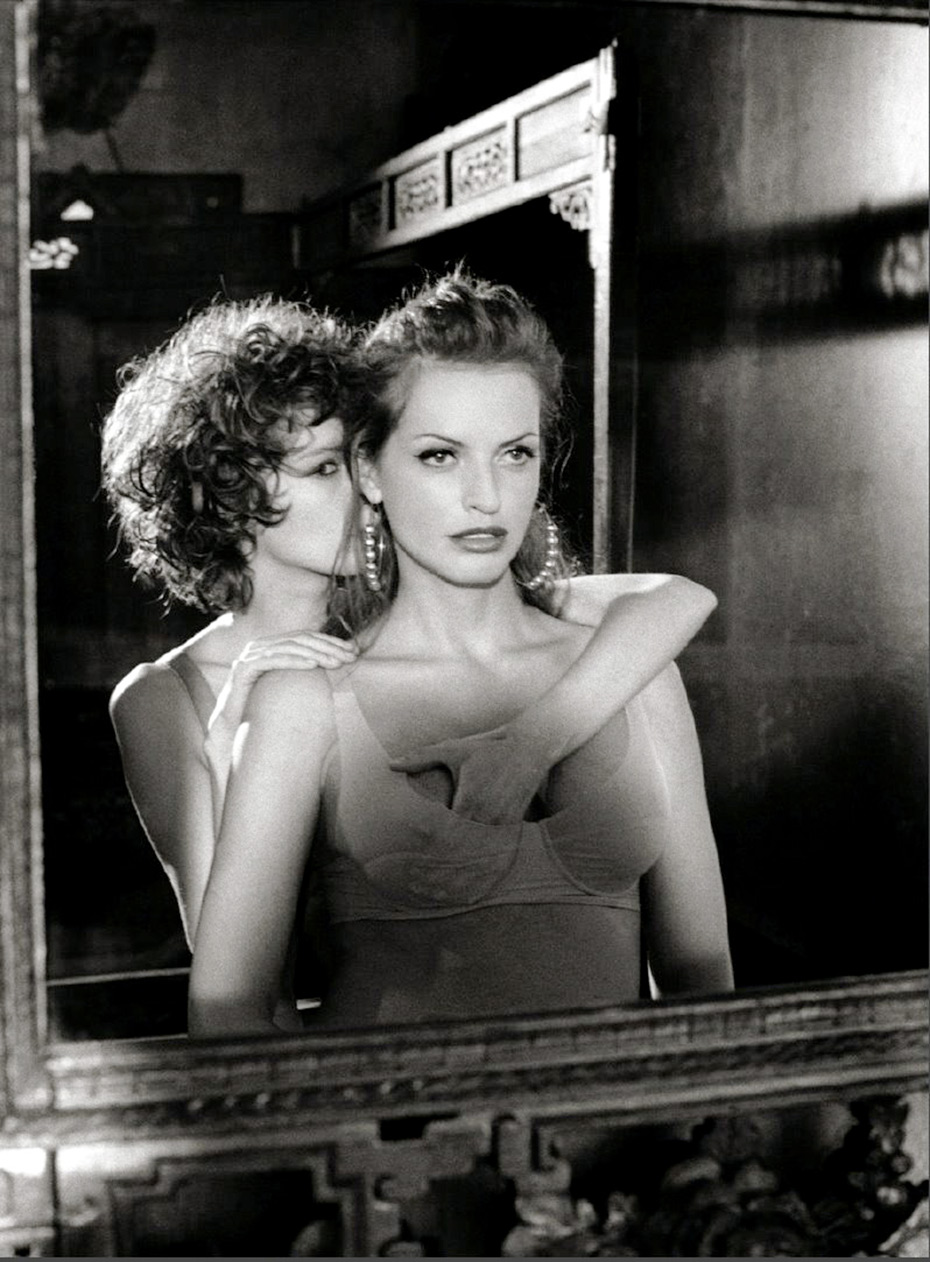

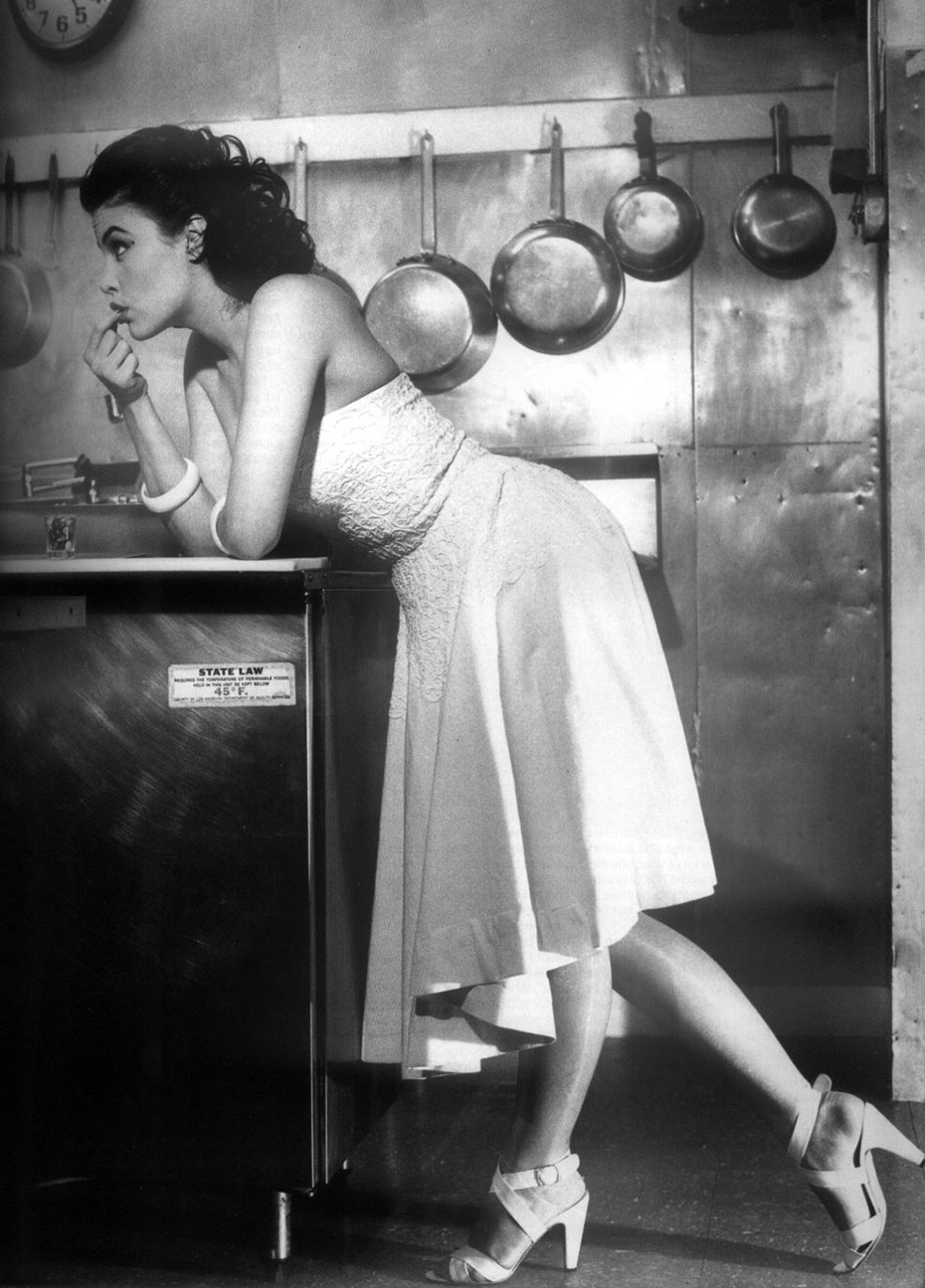
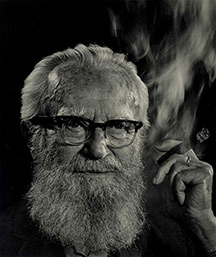 As chief photographer for Vogue and Vanity Fair, Edward Steichen profoundly shaped the look of celebrity and fashion photography in the 1920s and ’30s. He immortalized leading writers, artists, actors,dancers and politicians in striking portraits. Fashion photography was revolutionized when he began depicting the creations of all the great designers of the age, including Poiret, Chanel, Lelong, Lanvin, Patou and Schiaparelli.
As chief photographer for Vogue and Vanity Fair, Edward Steichen profoundly shaped the look of celebrity and fashion photography in the 1920s and ’30s. He immortalized leading writers, artists, actors,dancers and politicians in striking portraits. Fashion photography was revolutionized when he began depicting the creations of all the great designers of the age, including Poiret, Chanel, Lelong, Lanvin, Patou and Schiaparelli.

